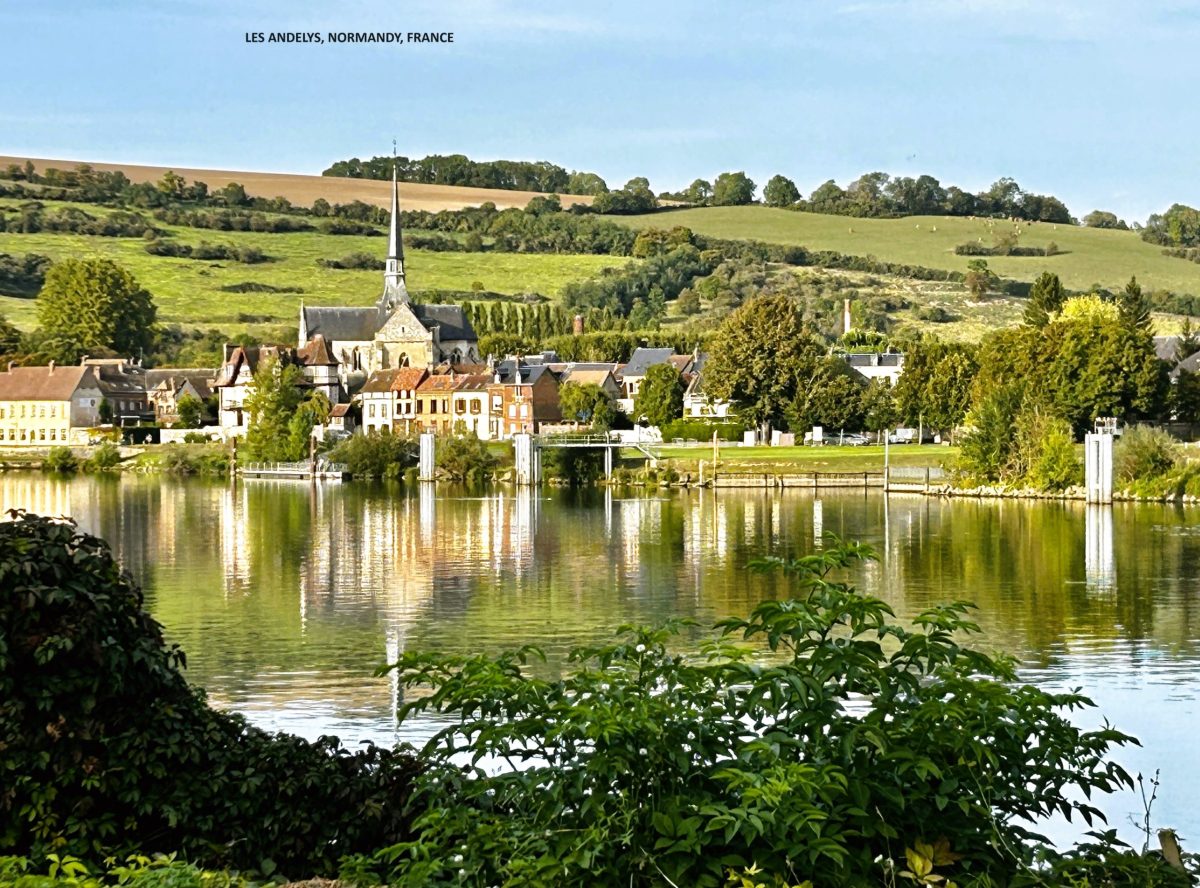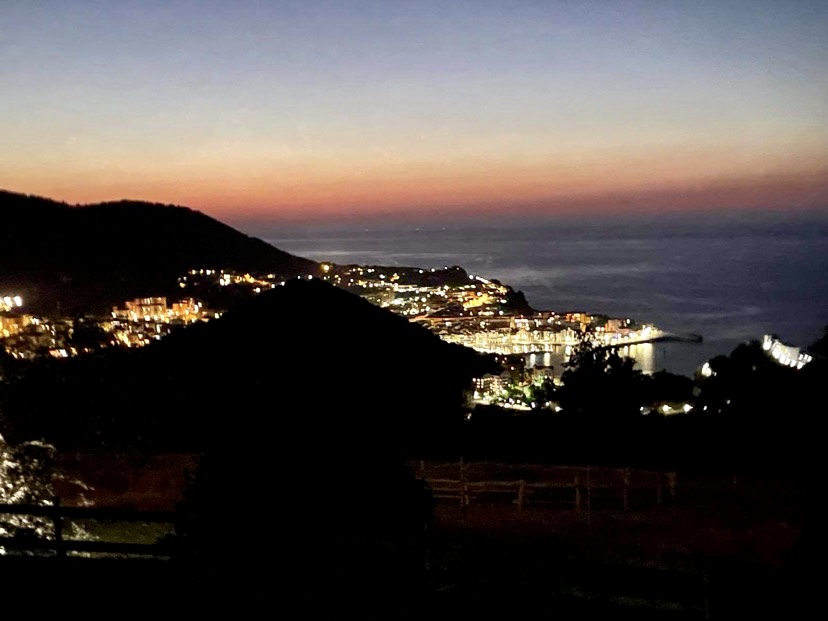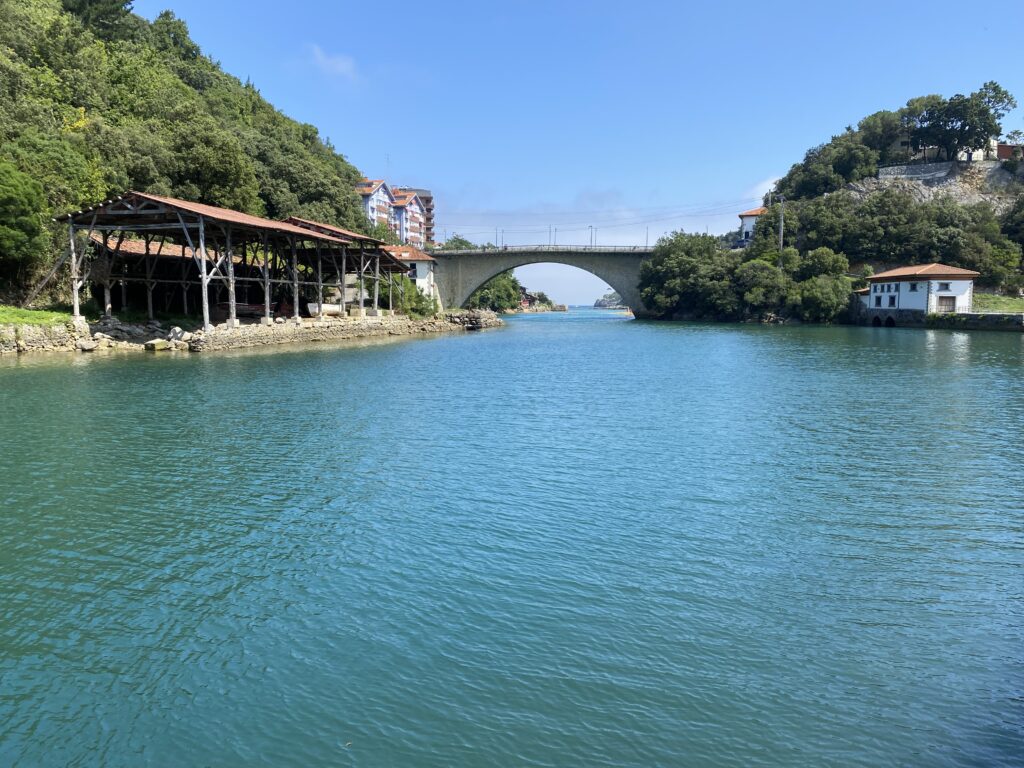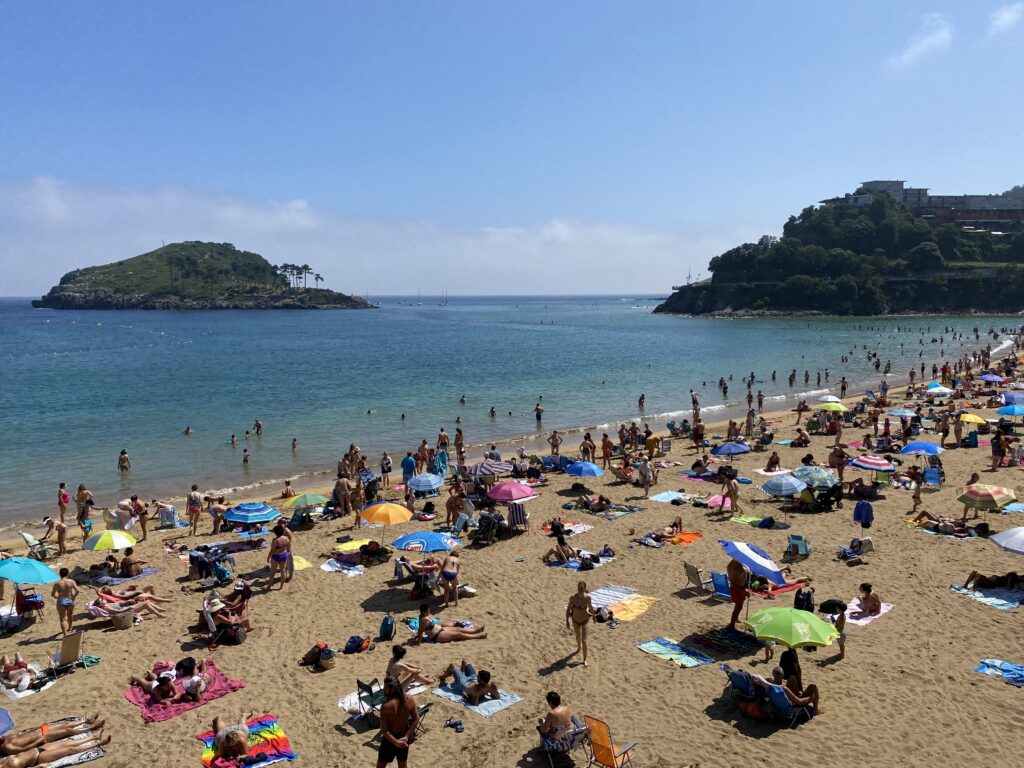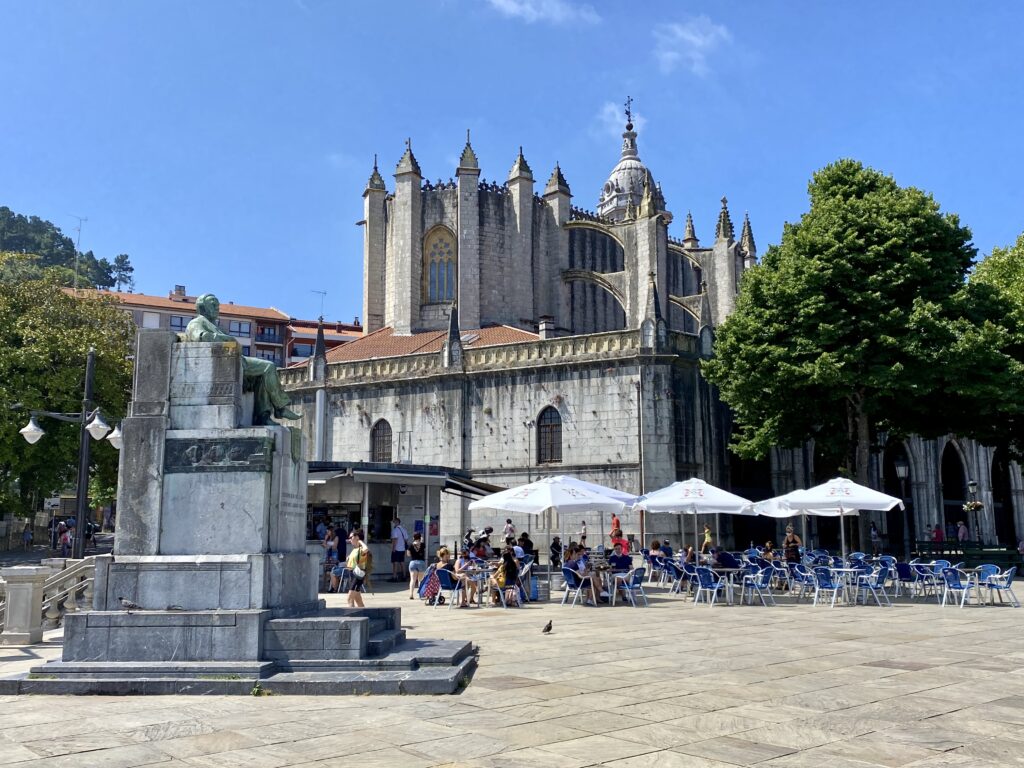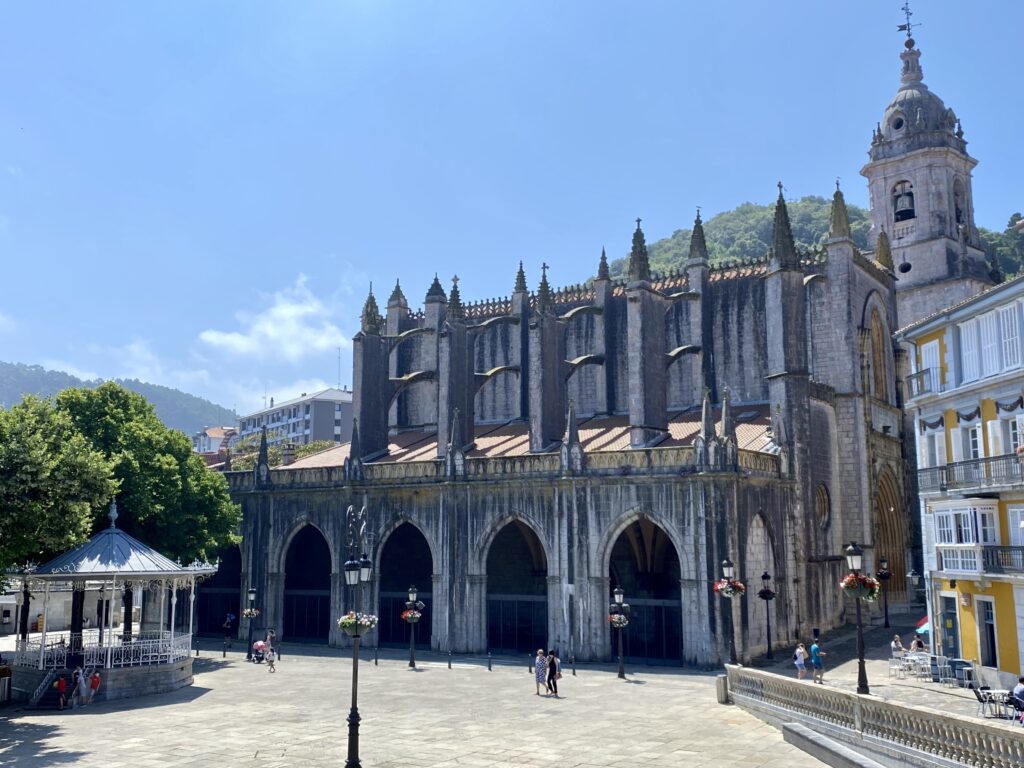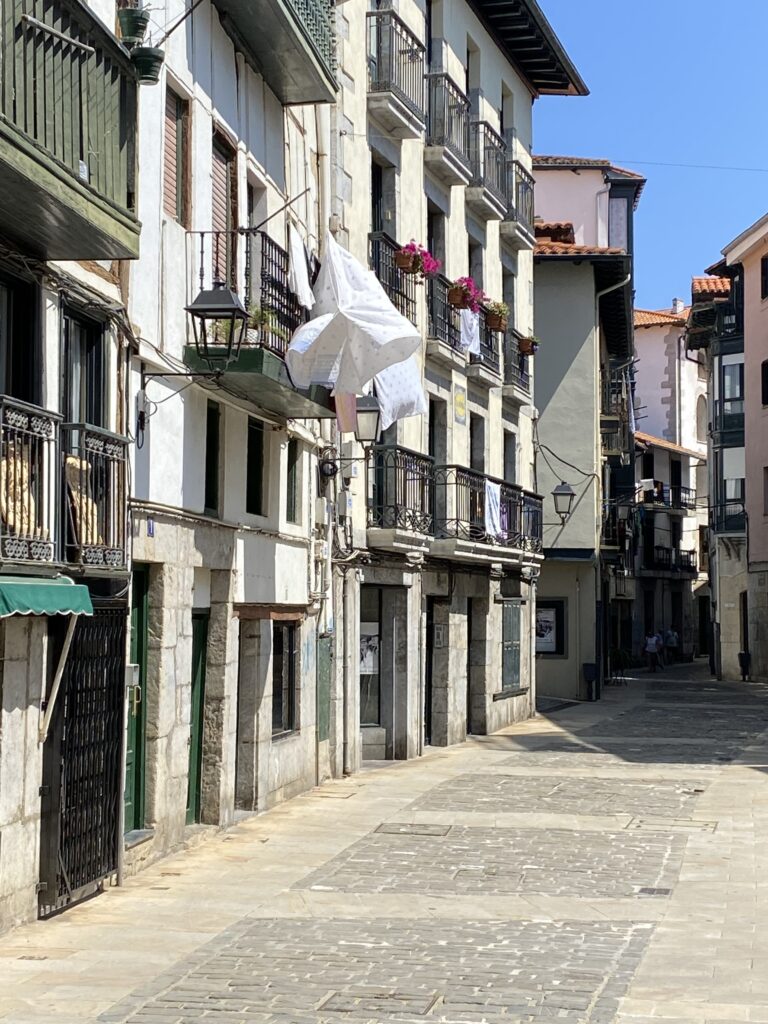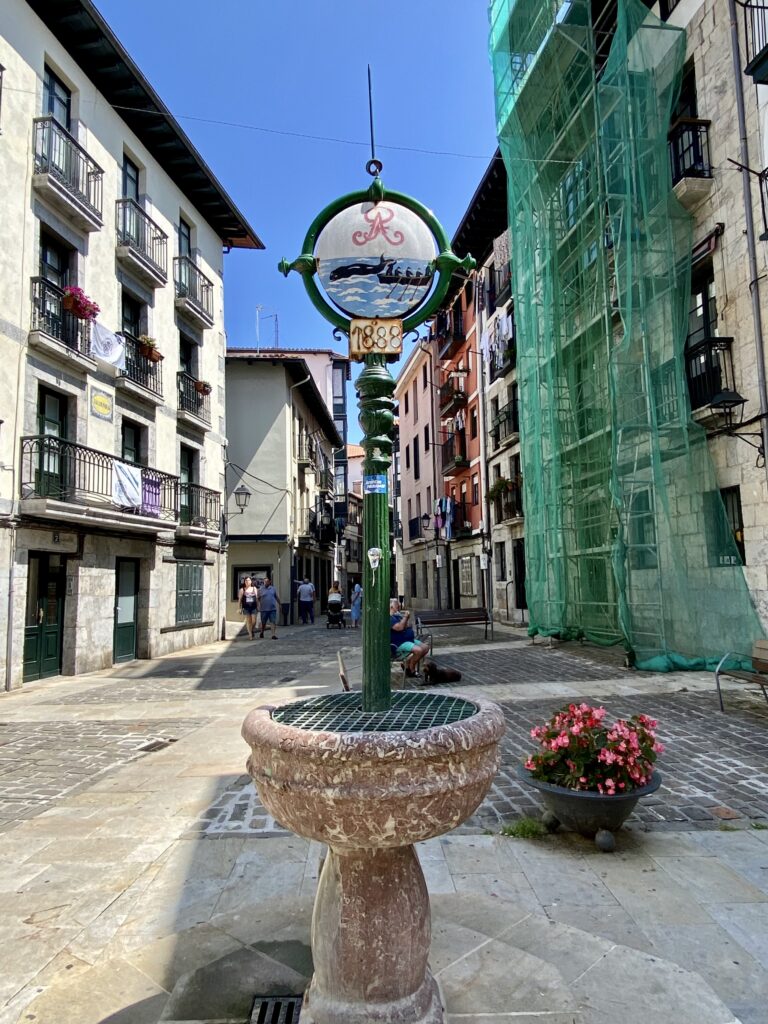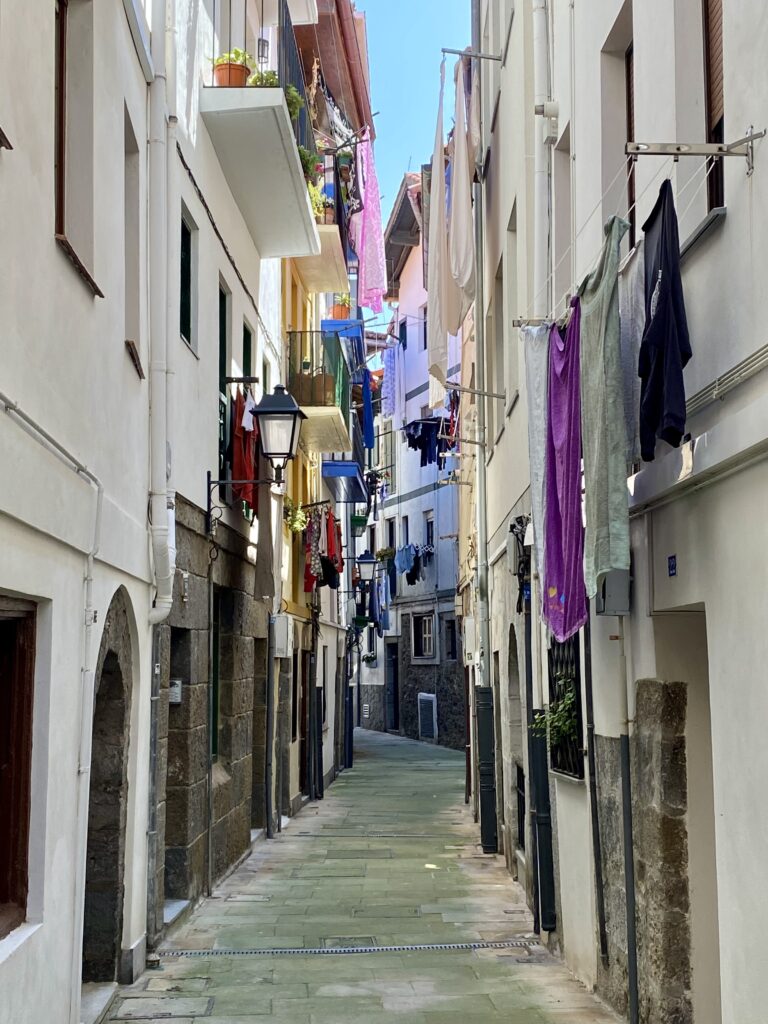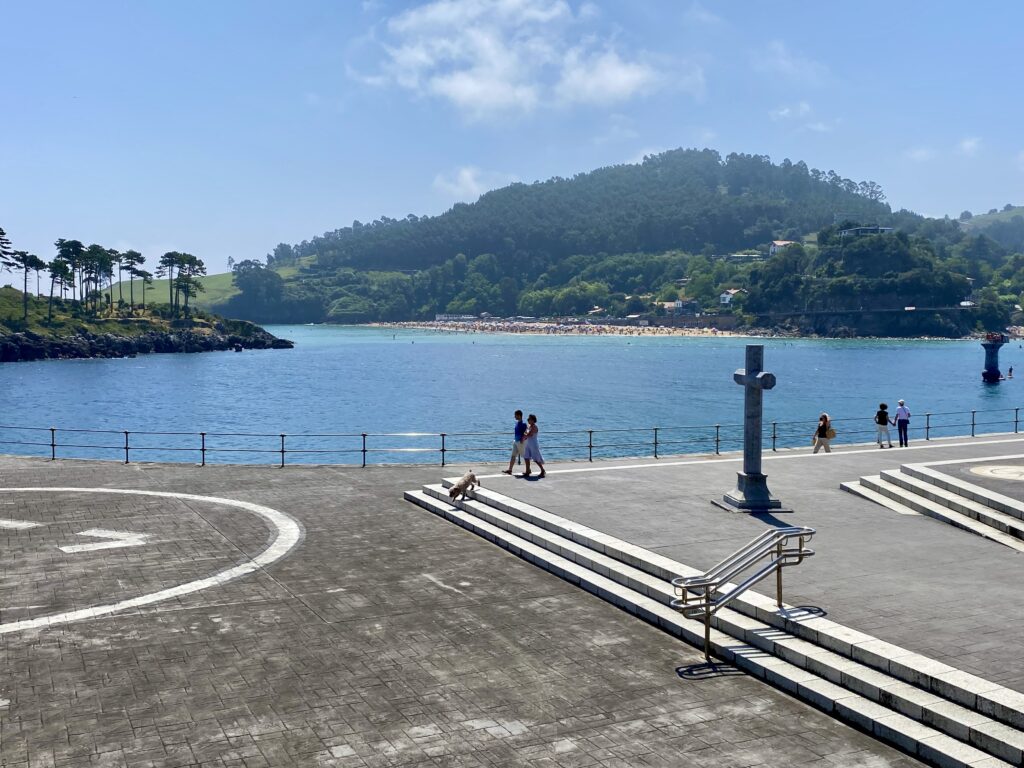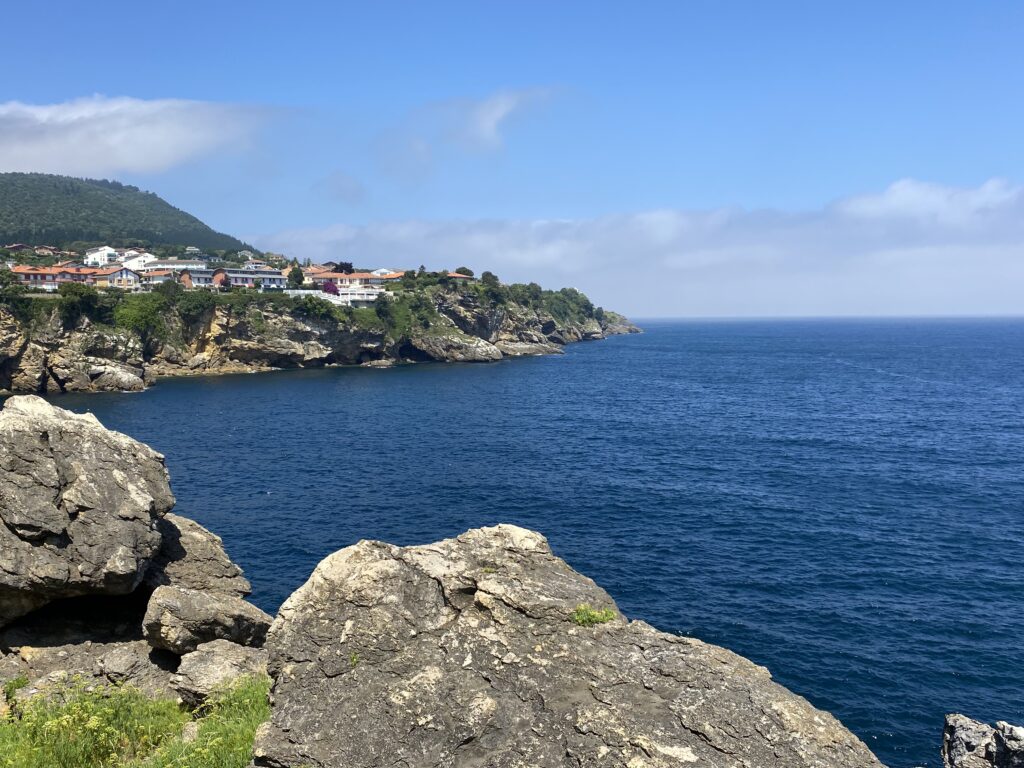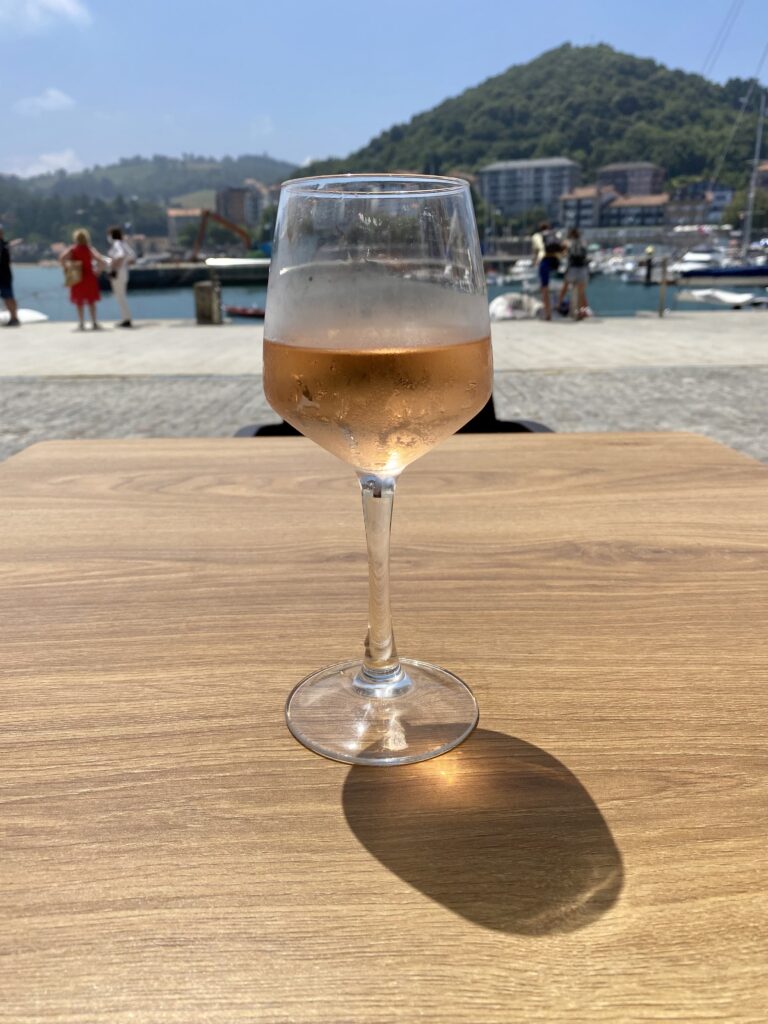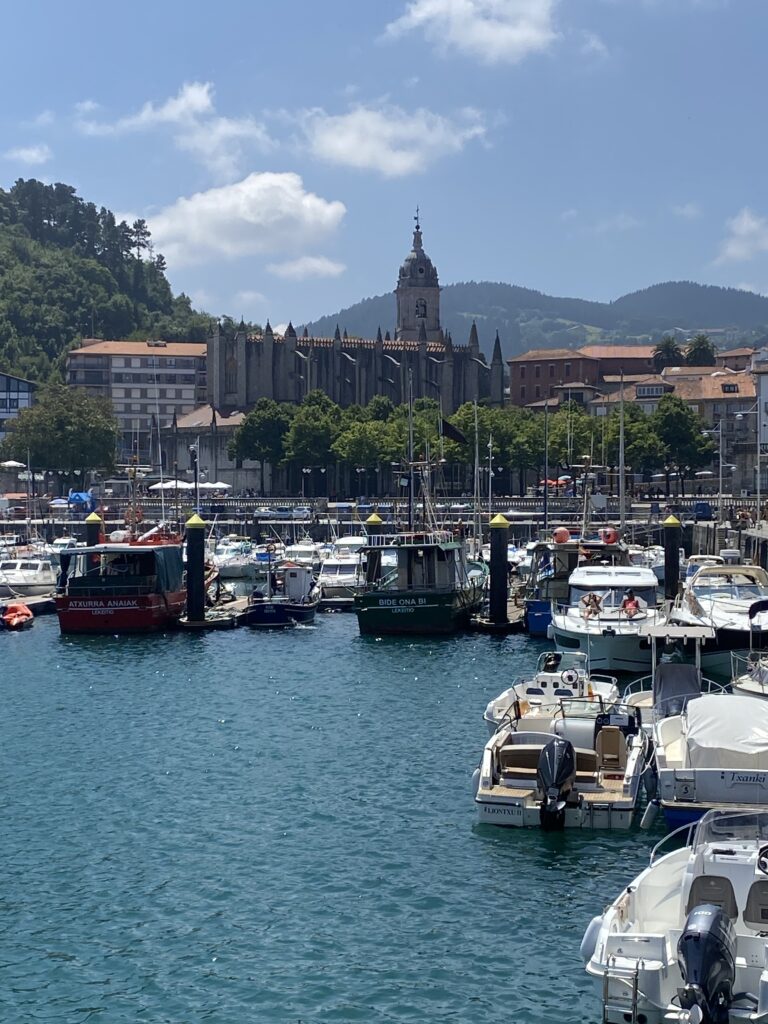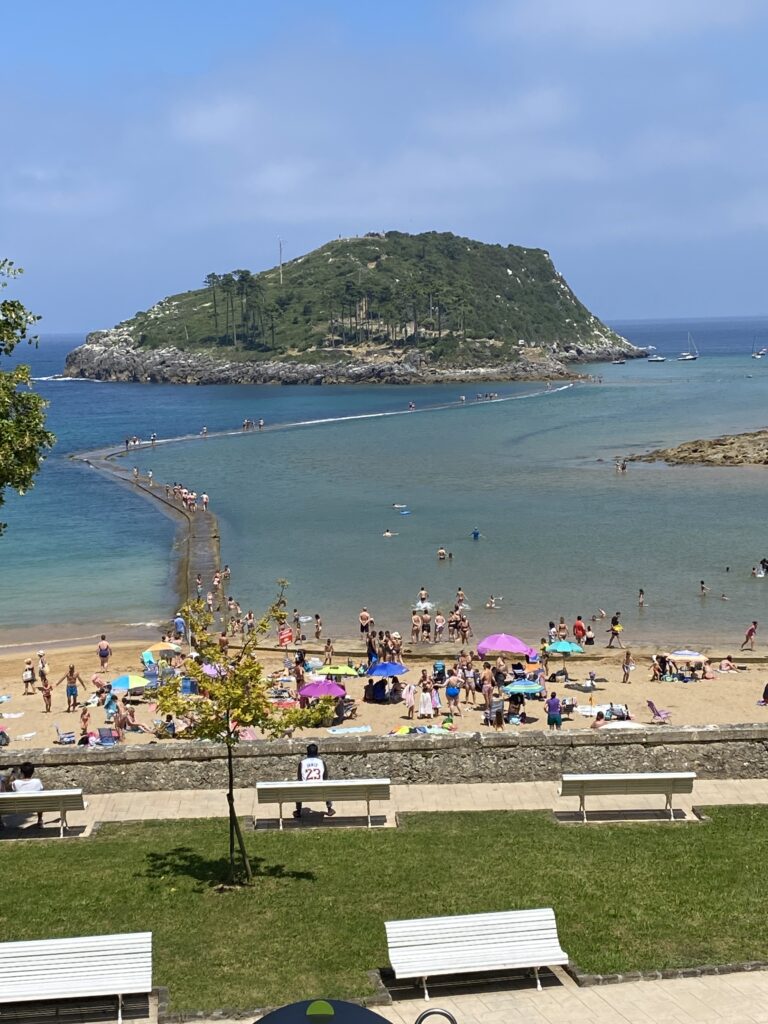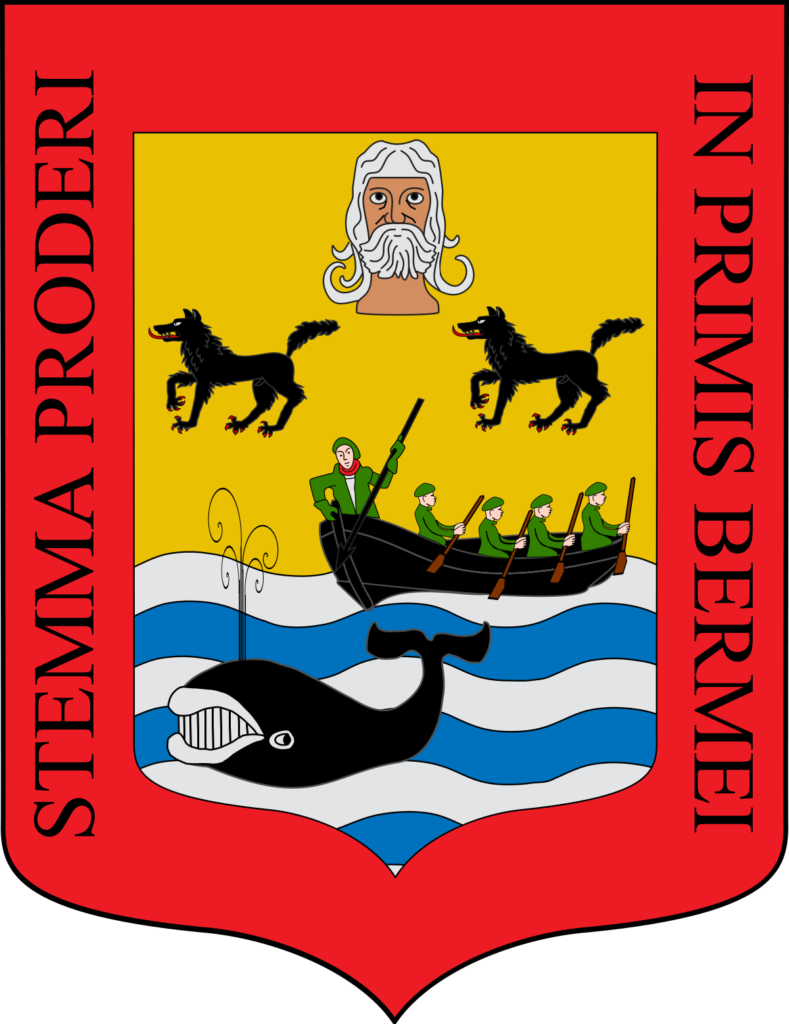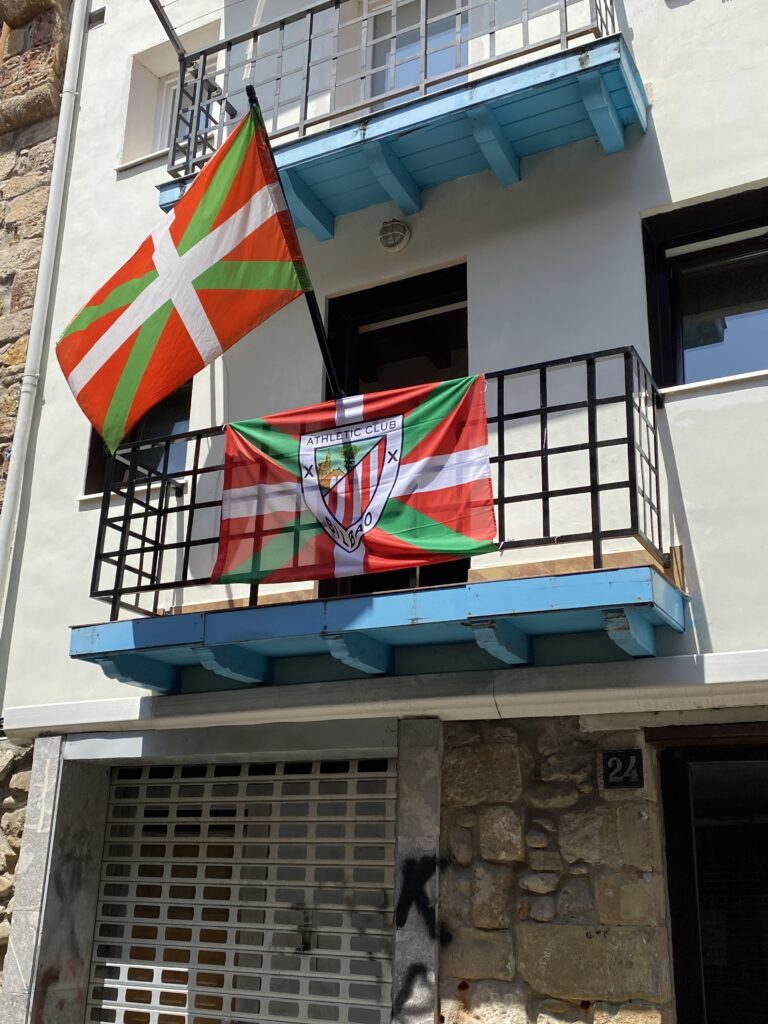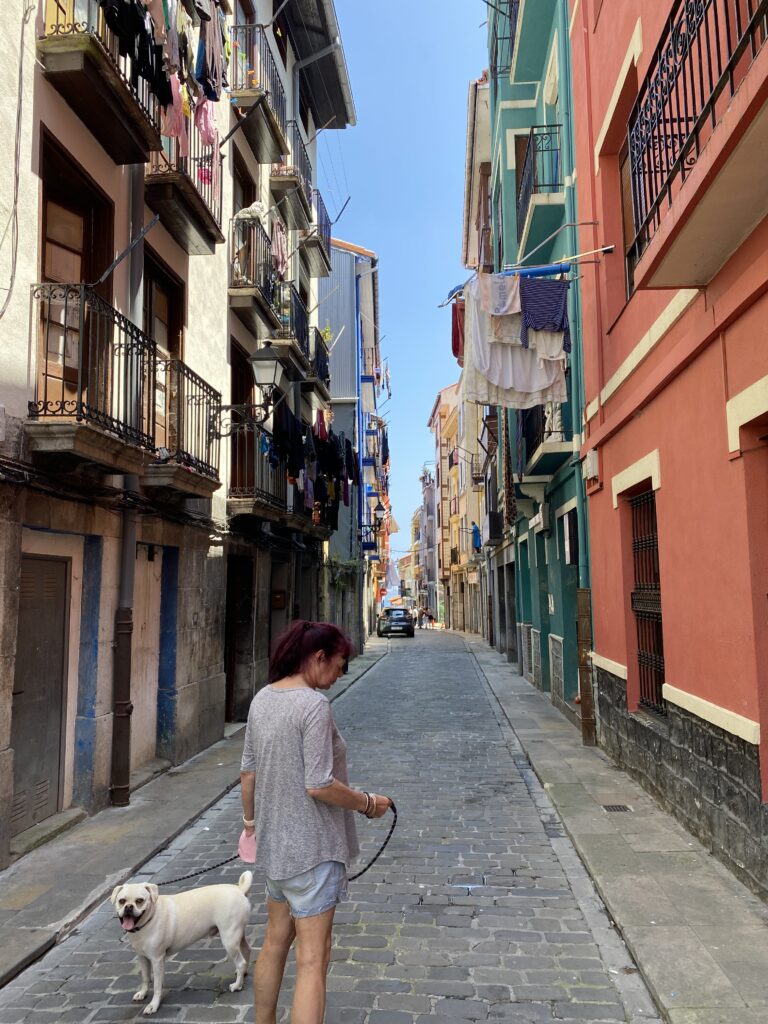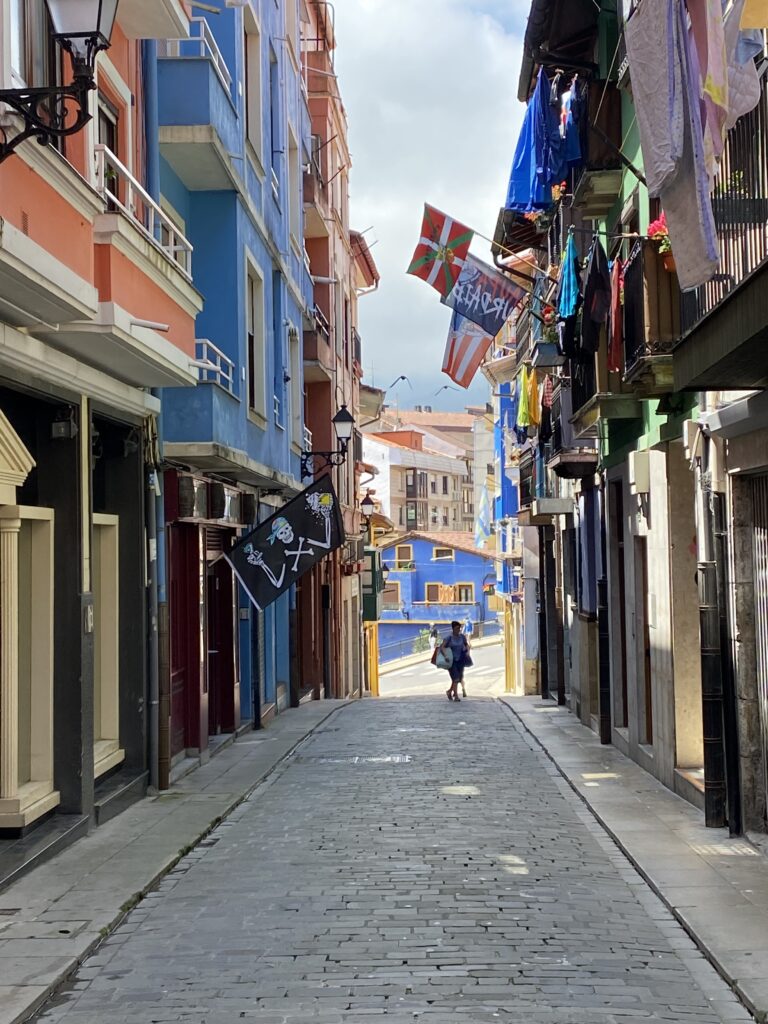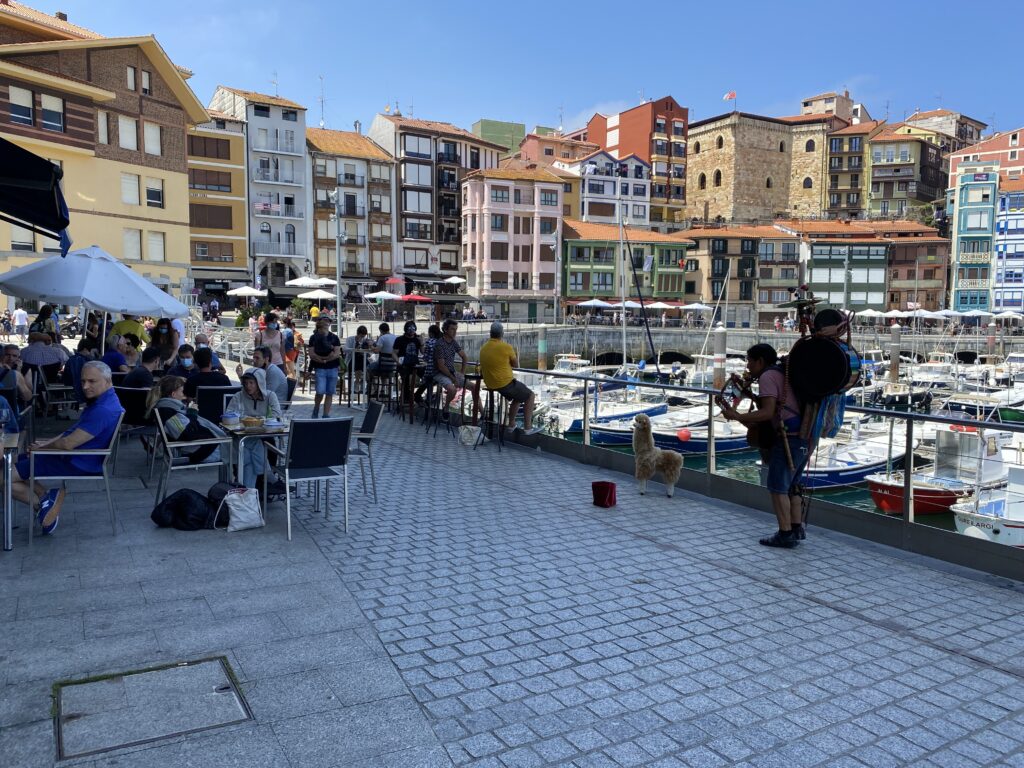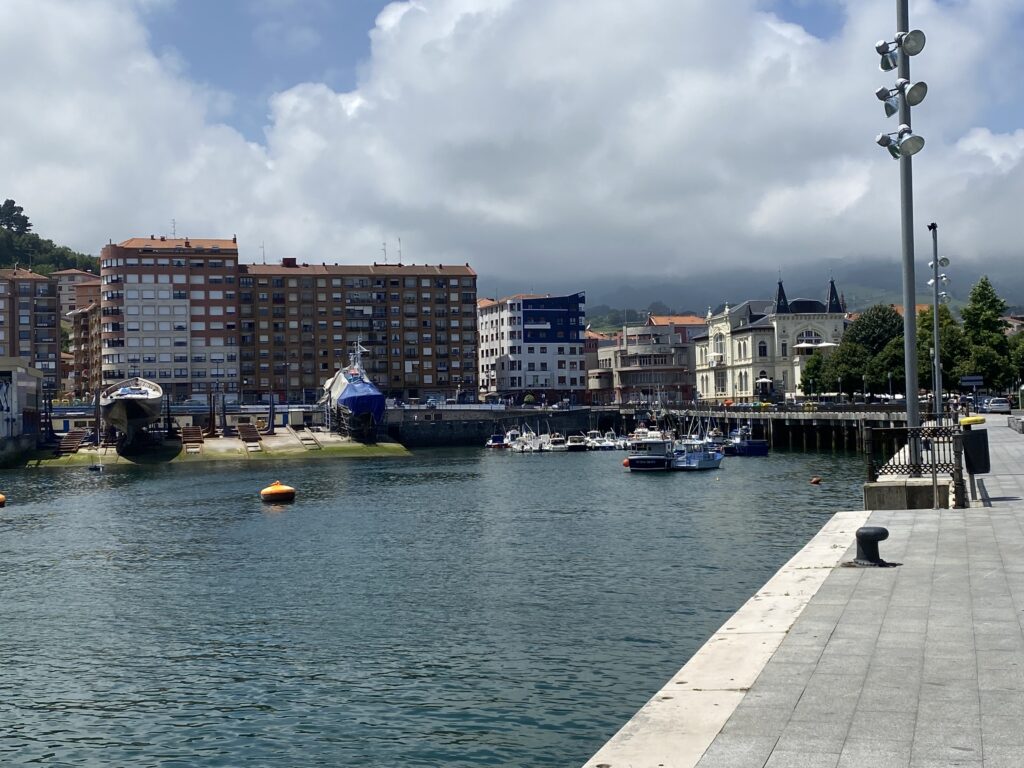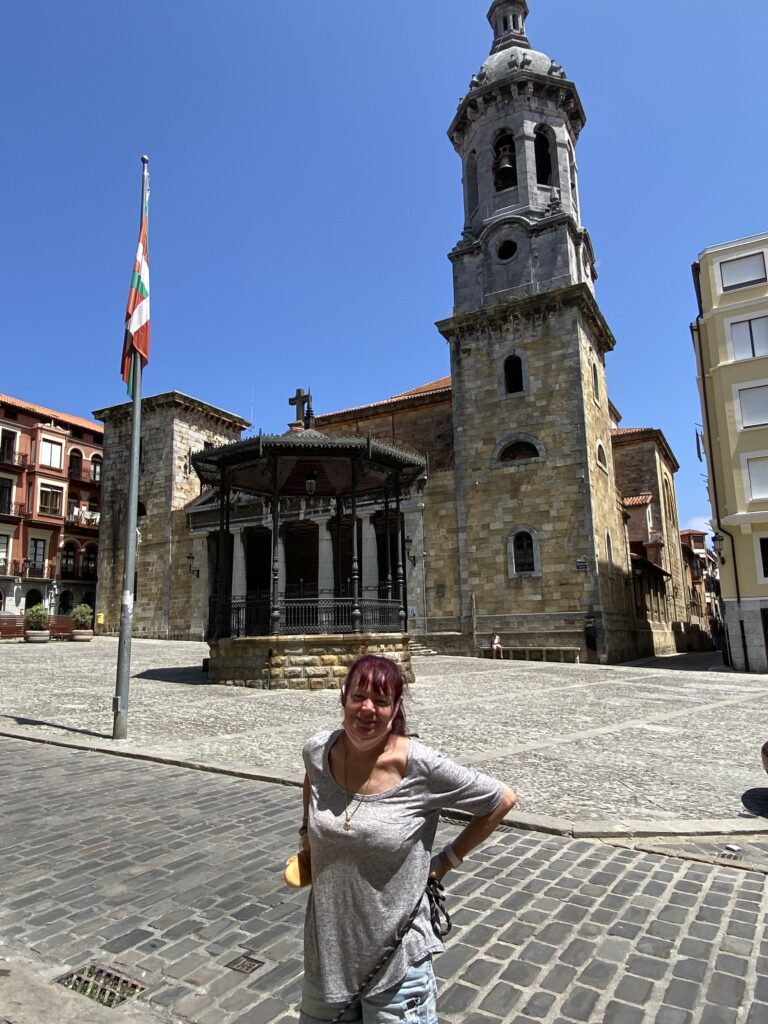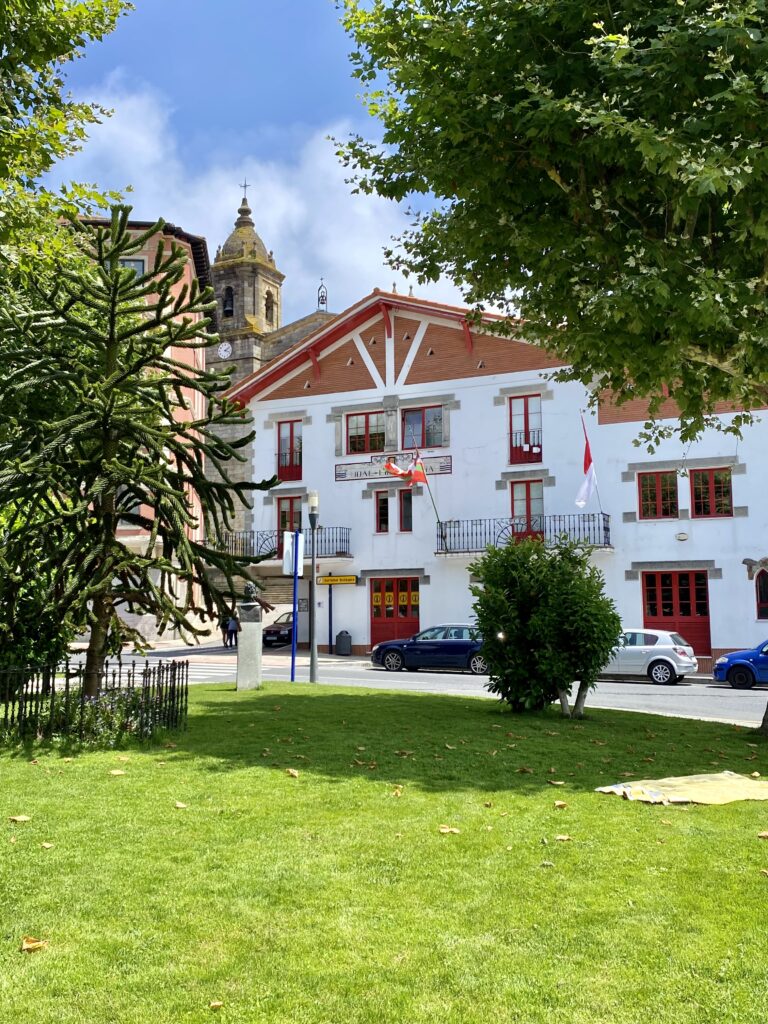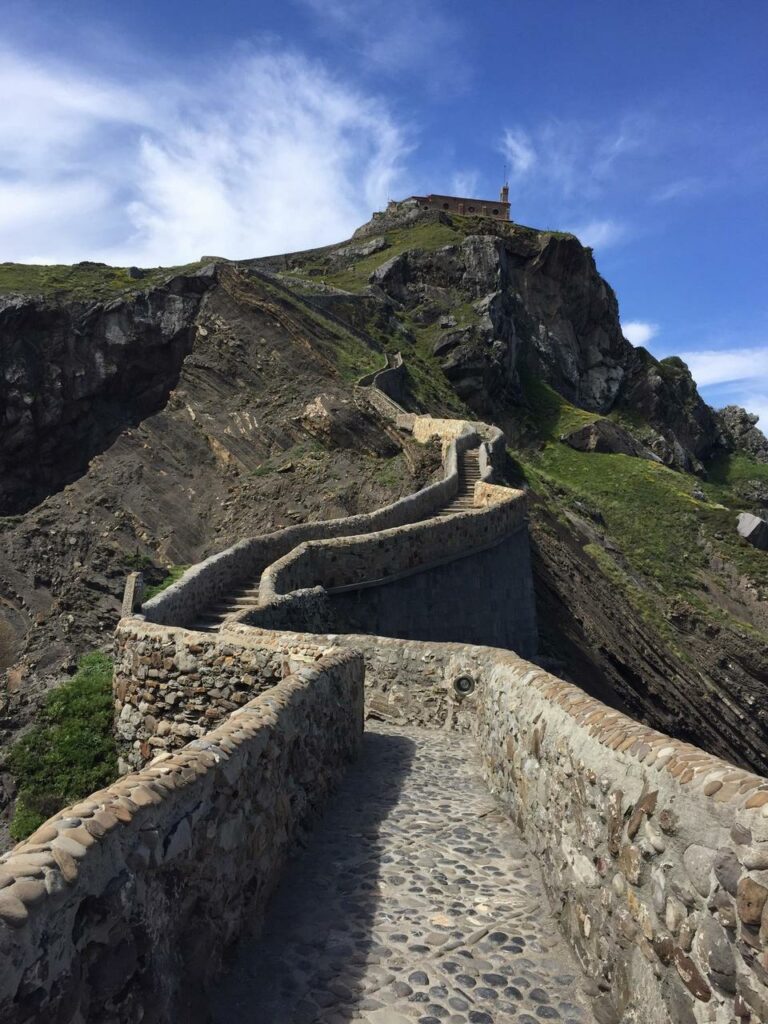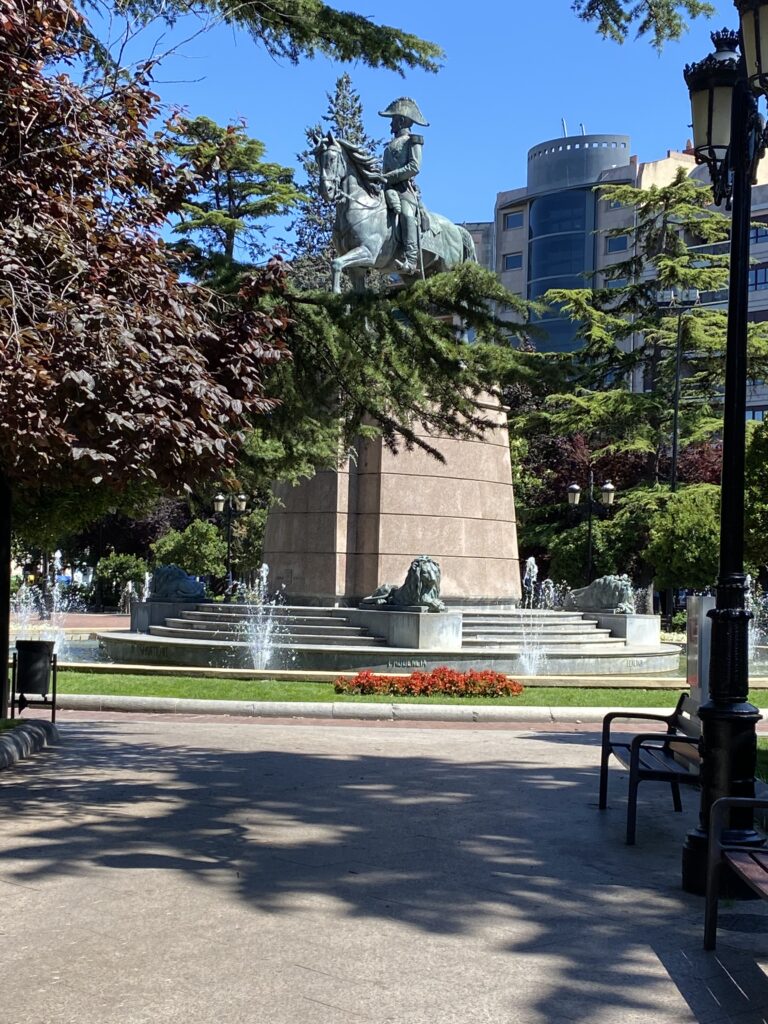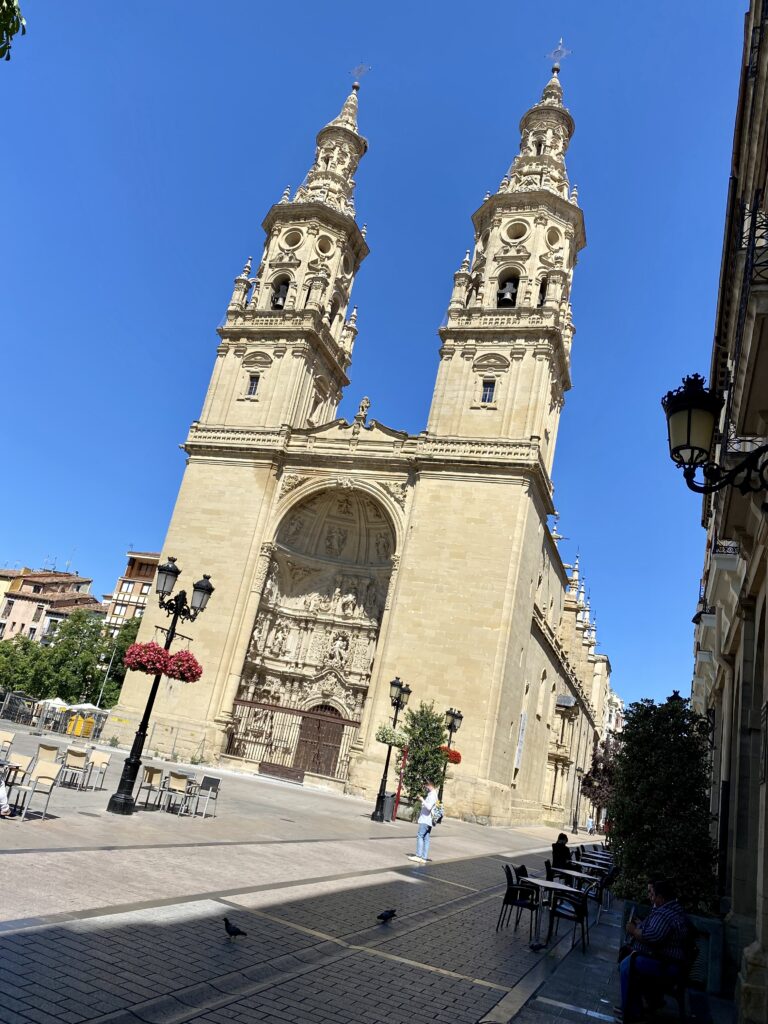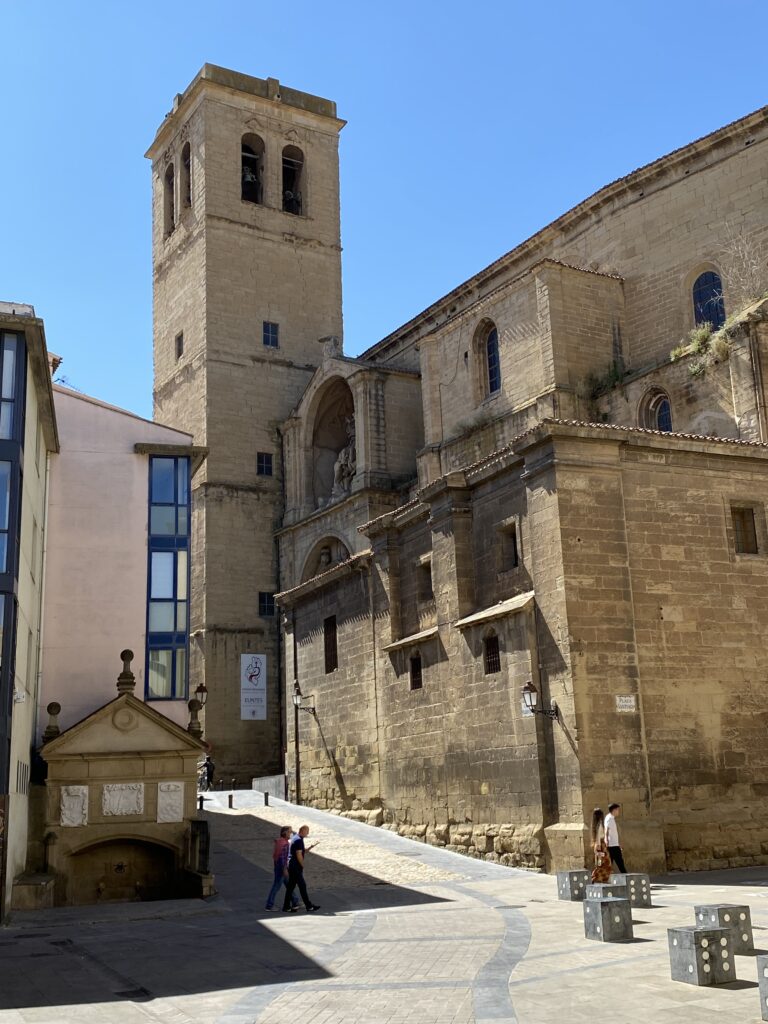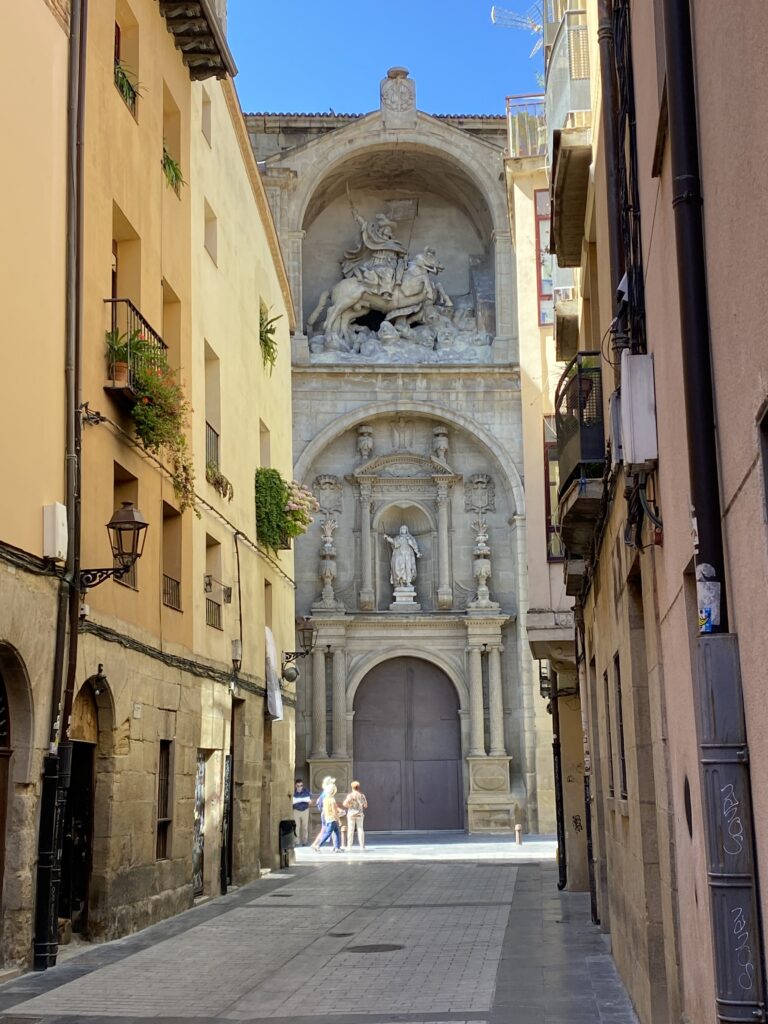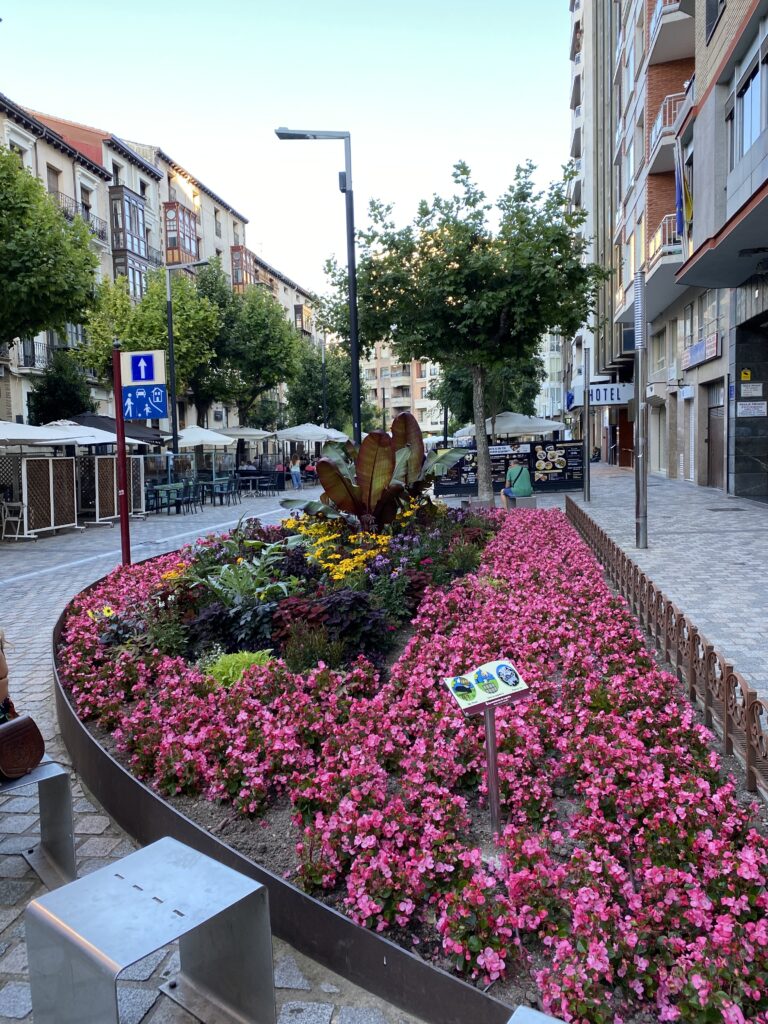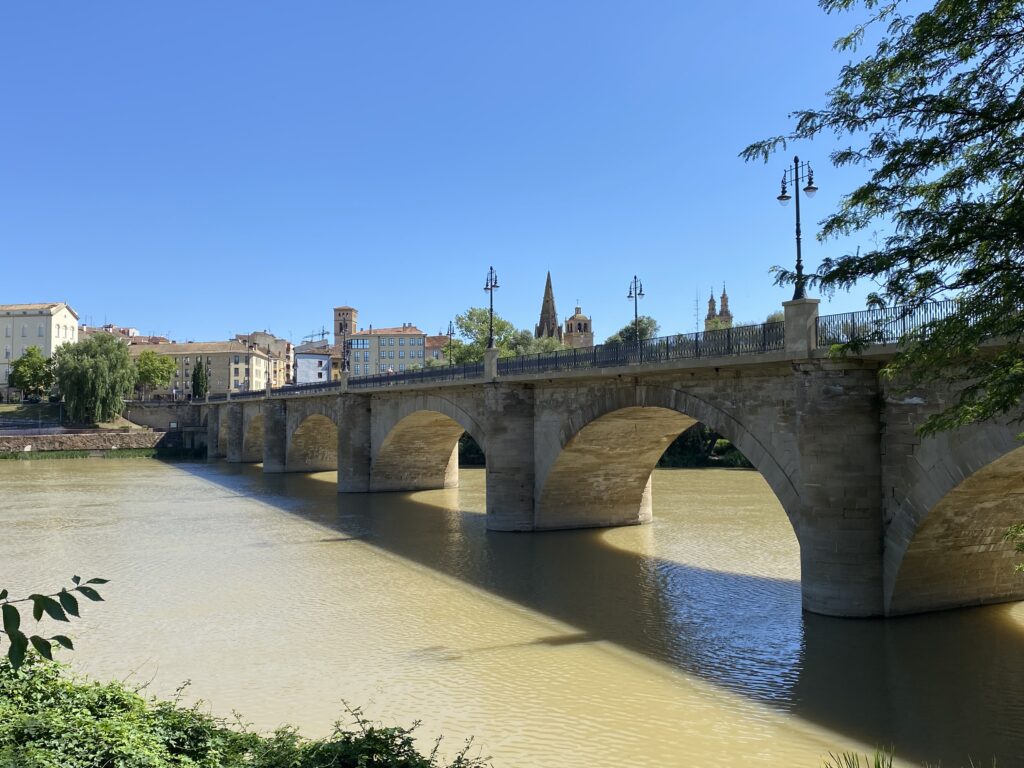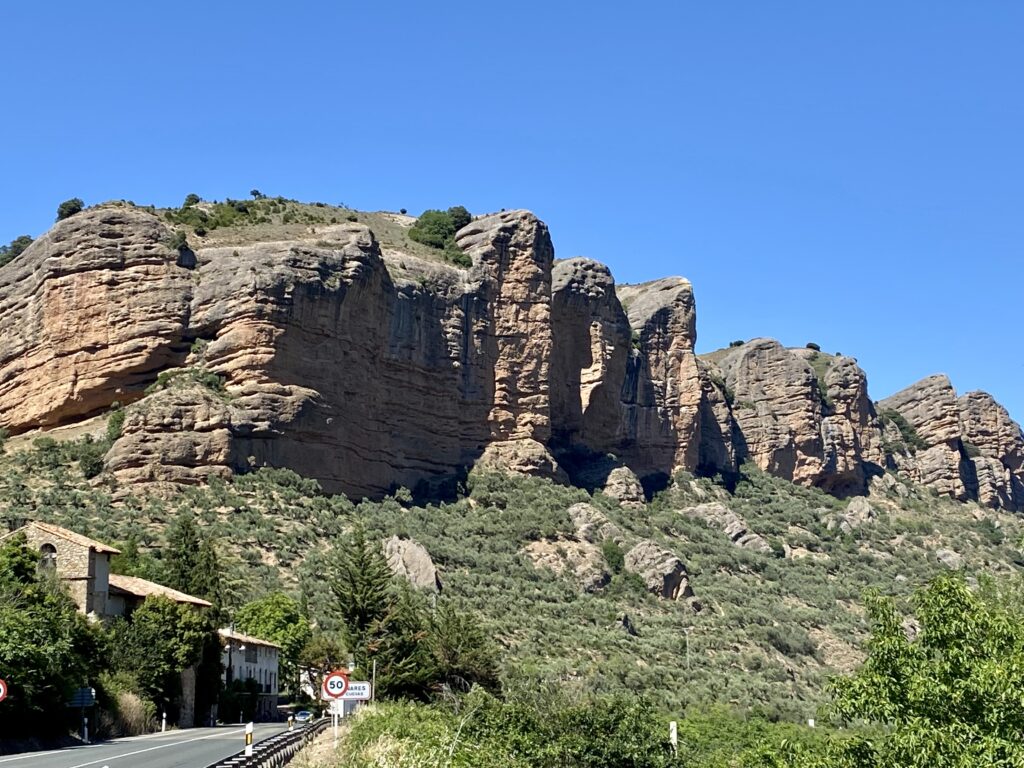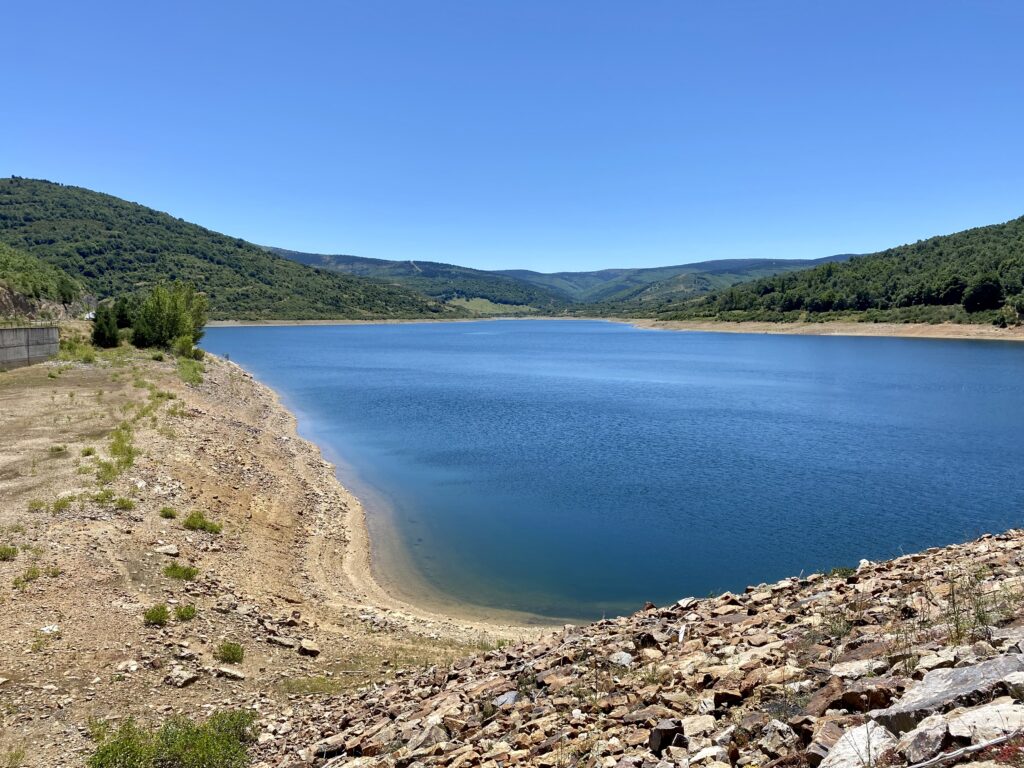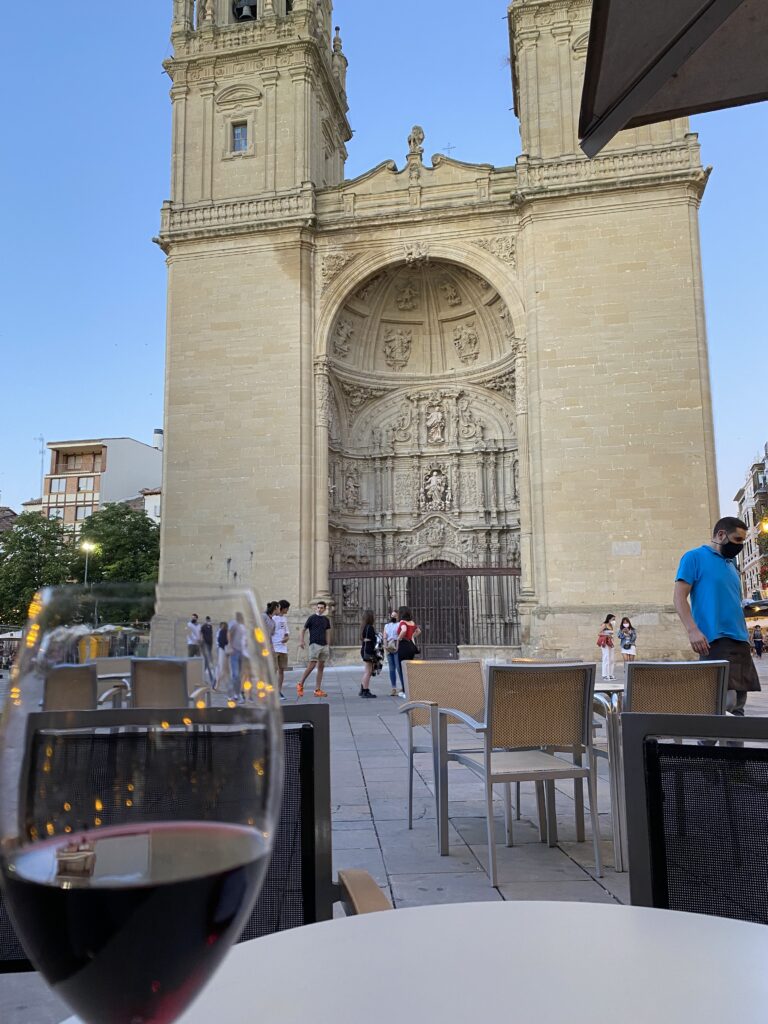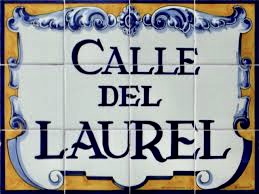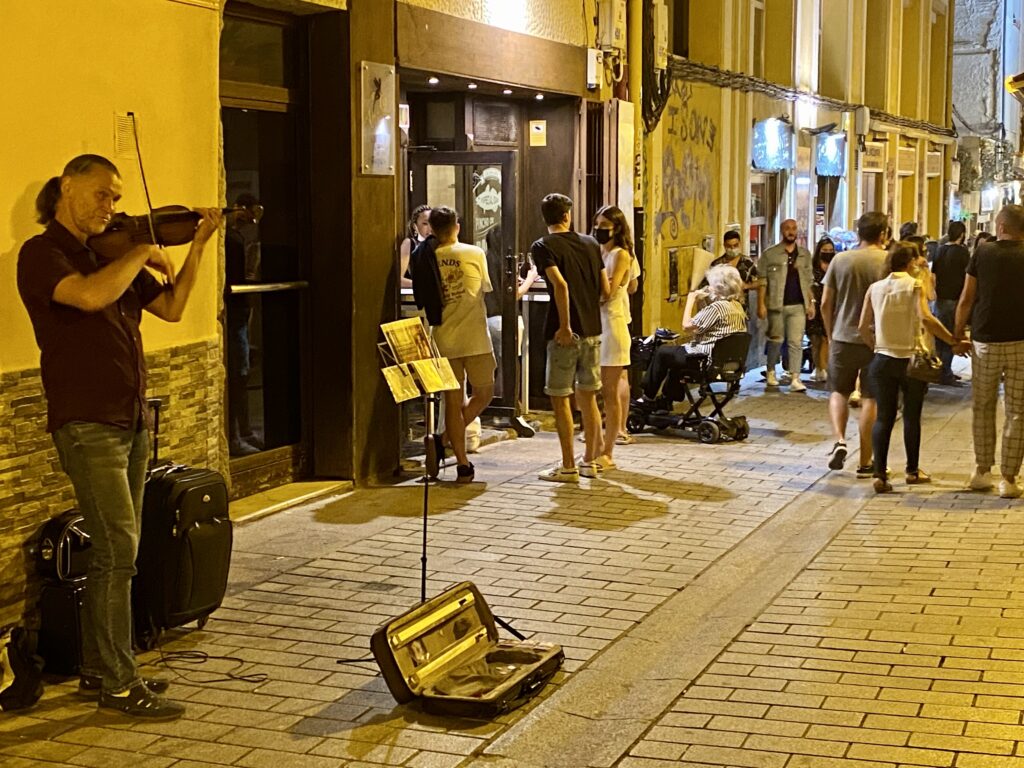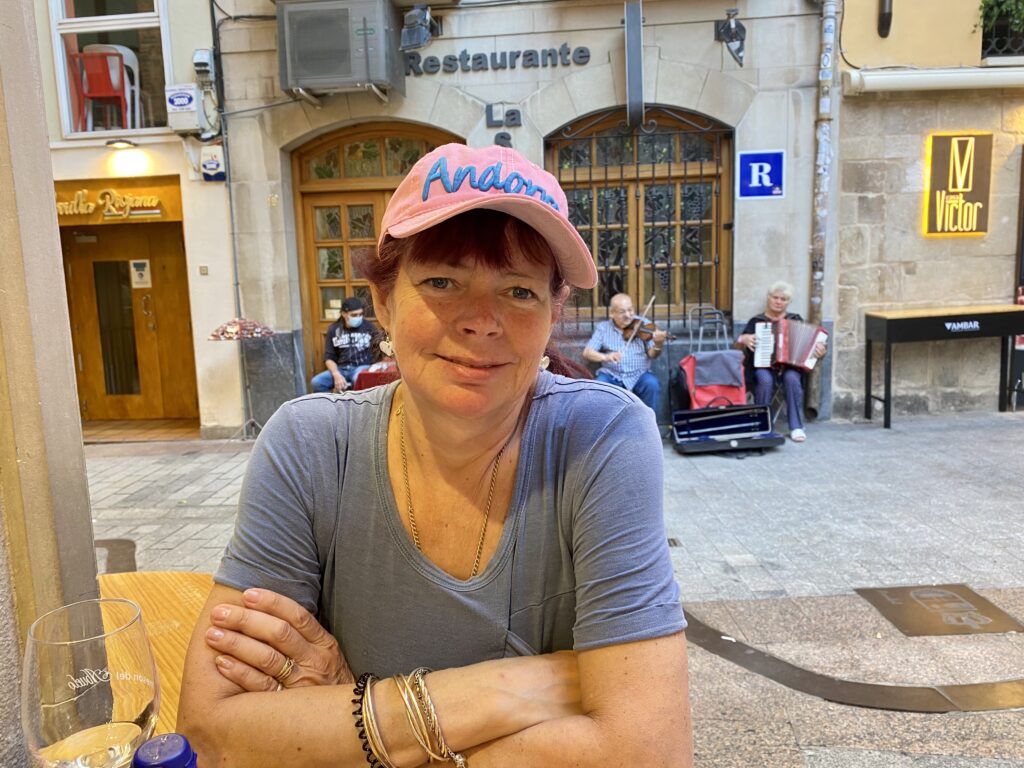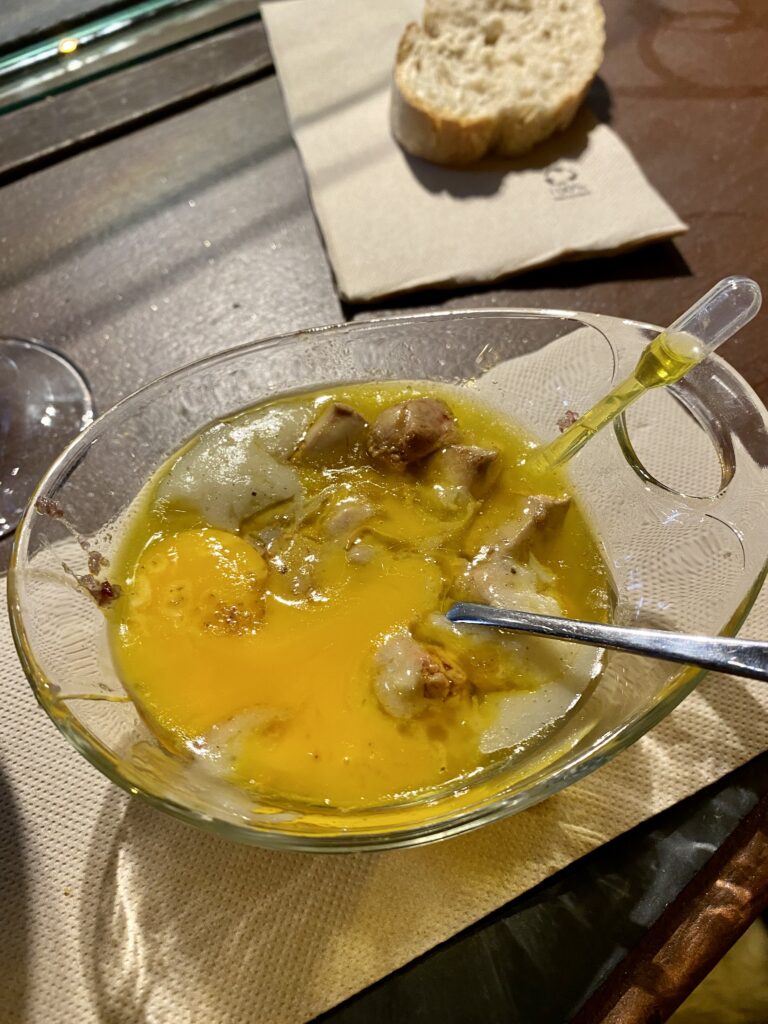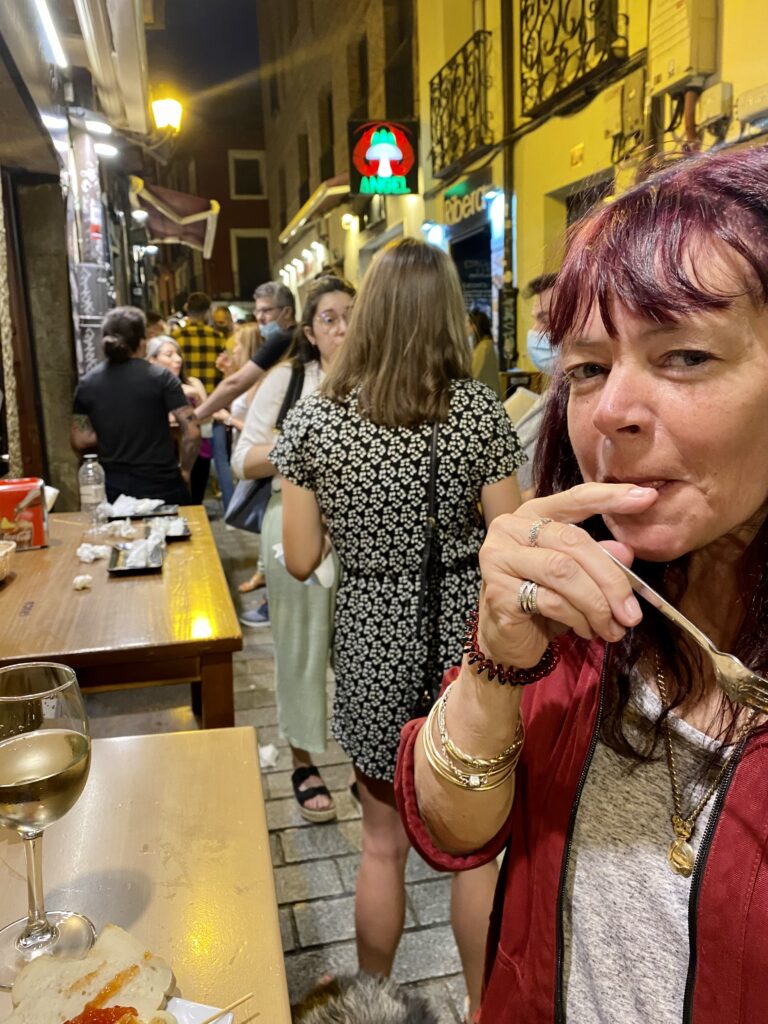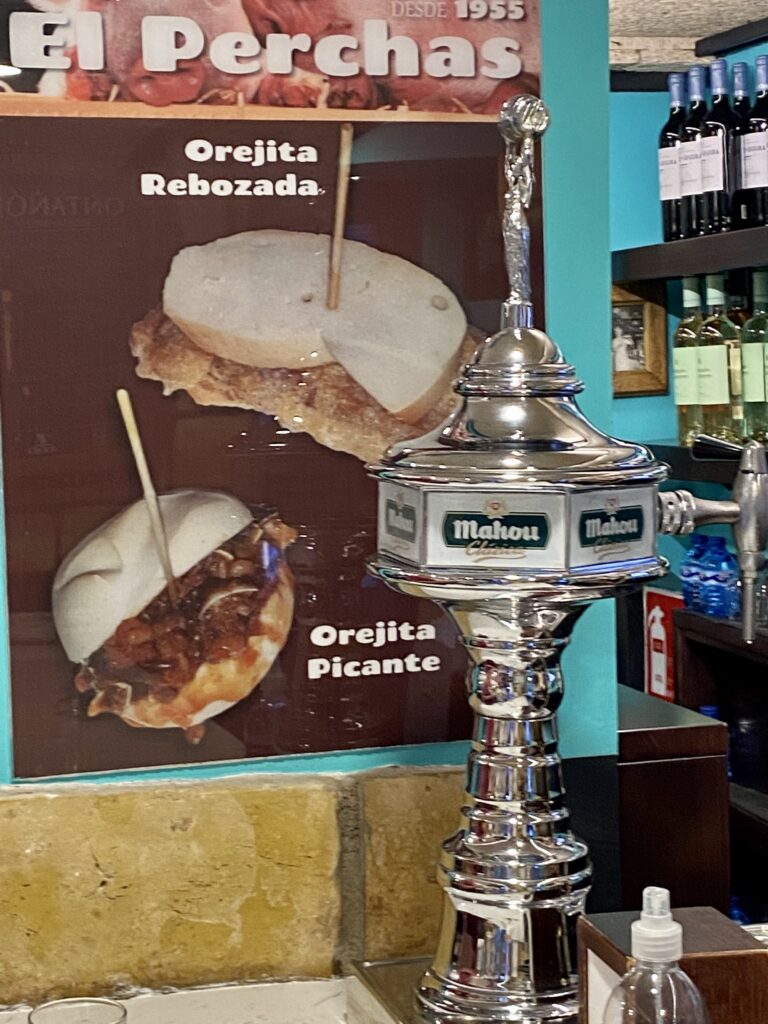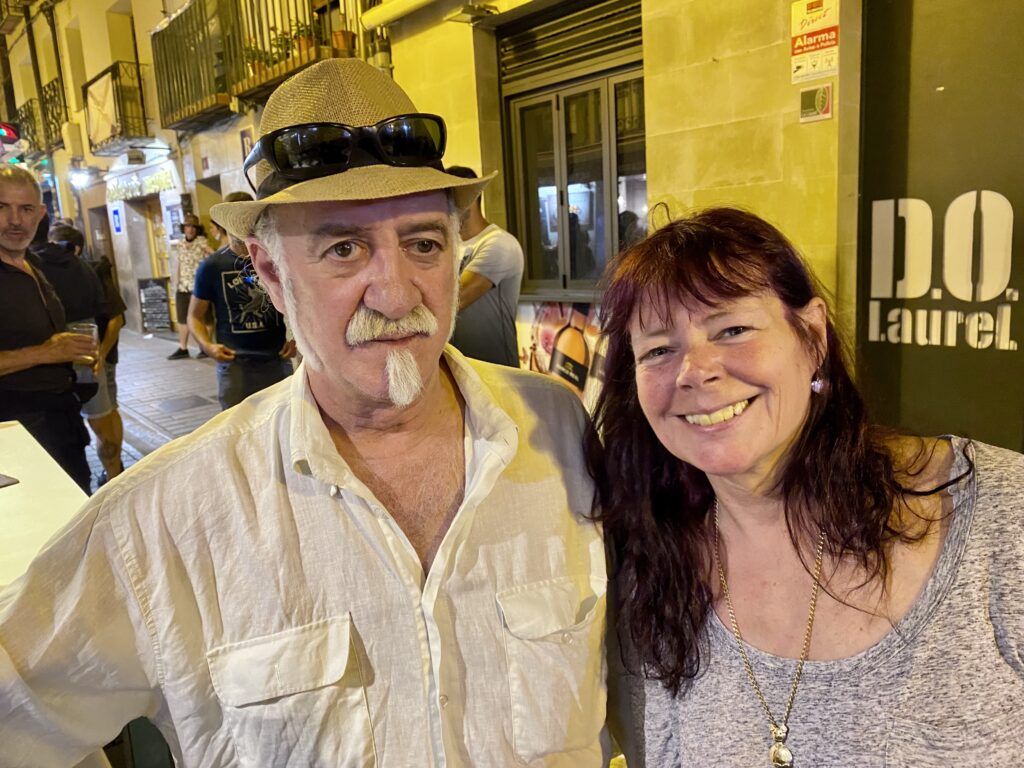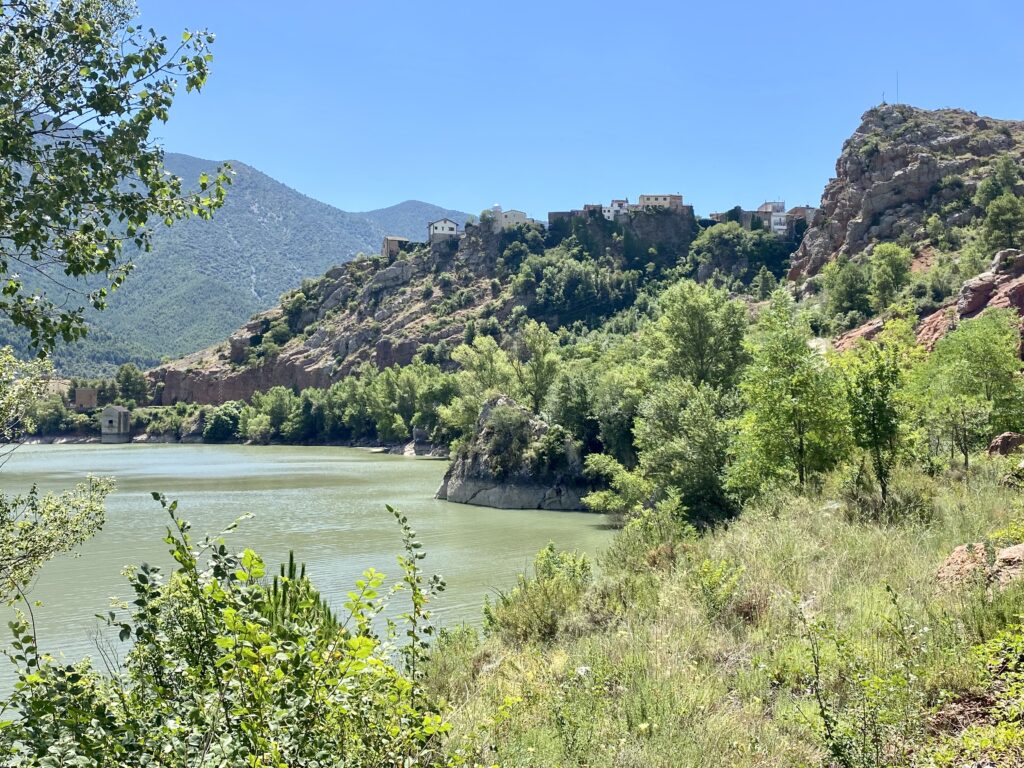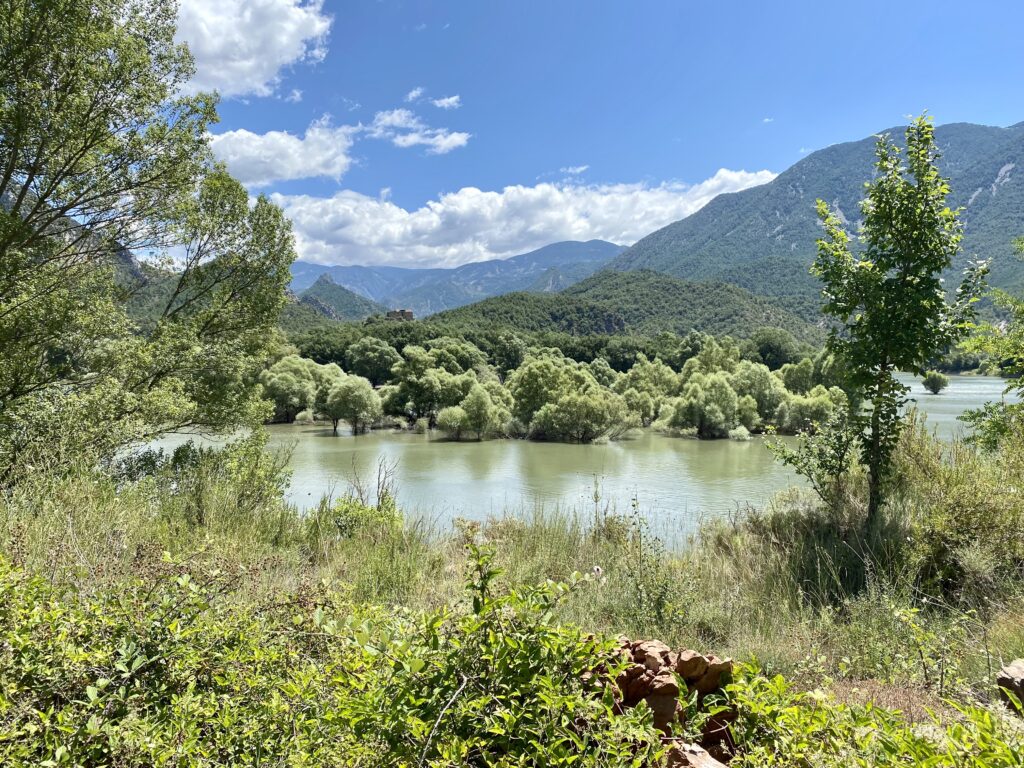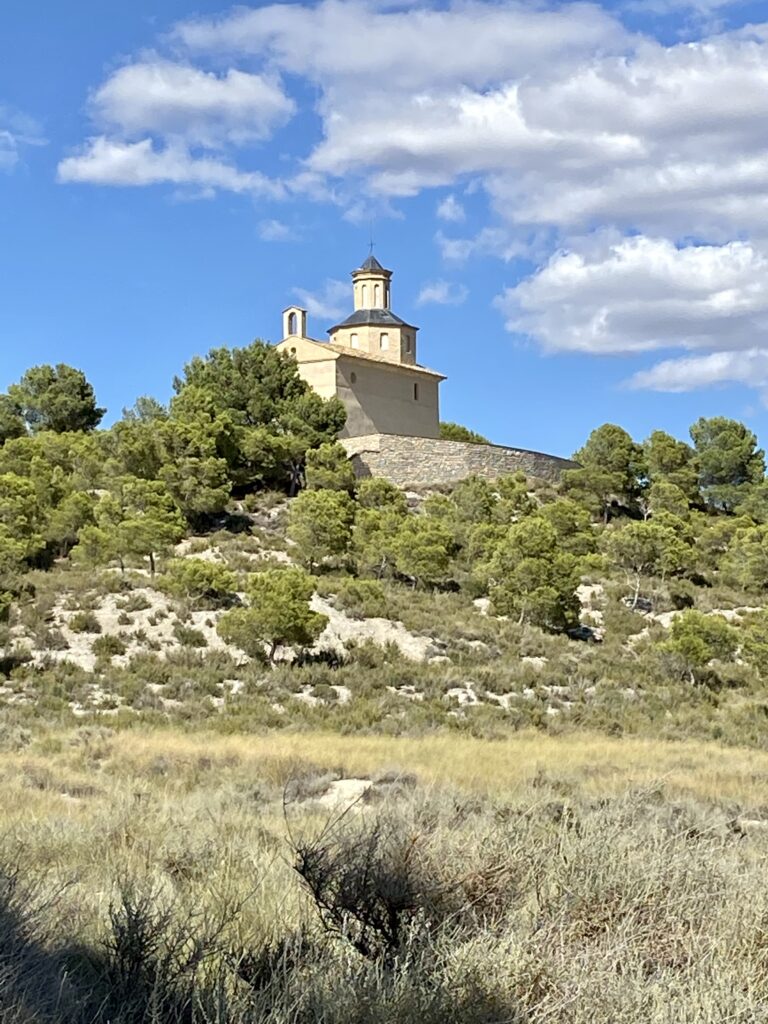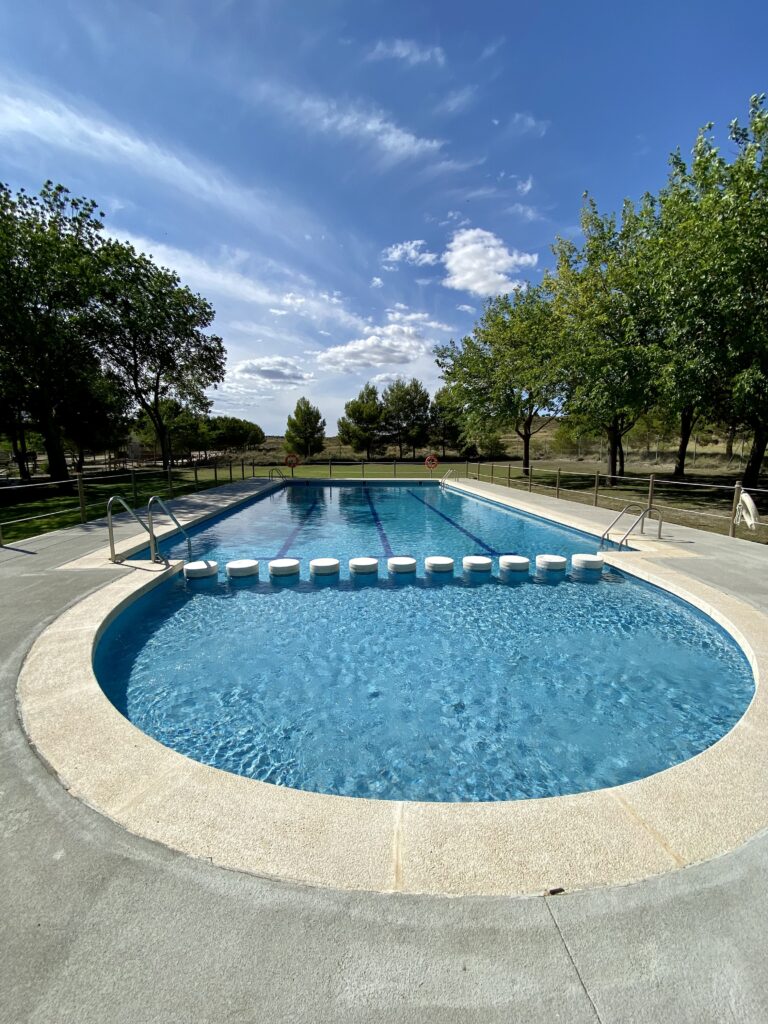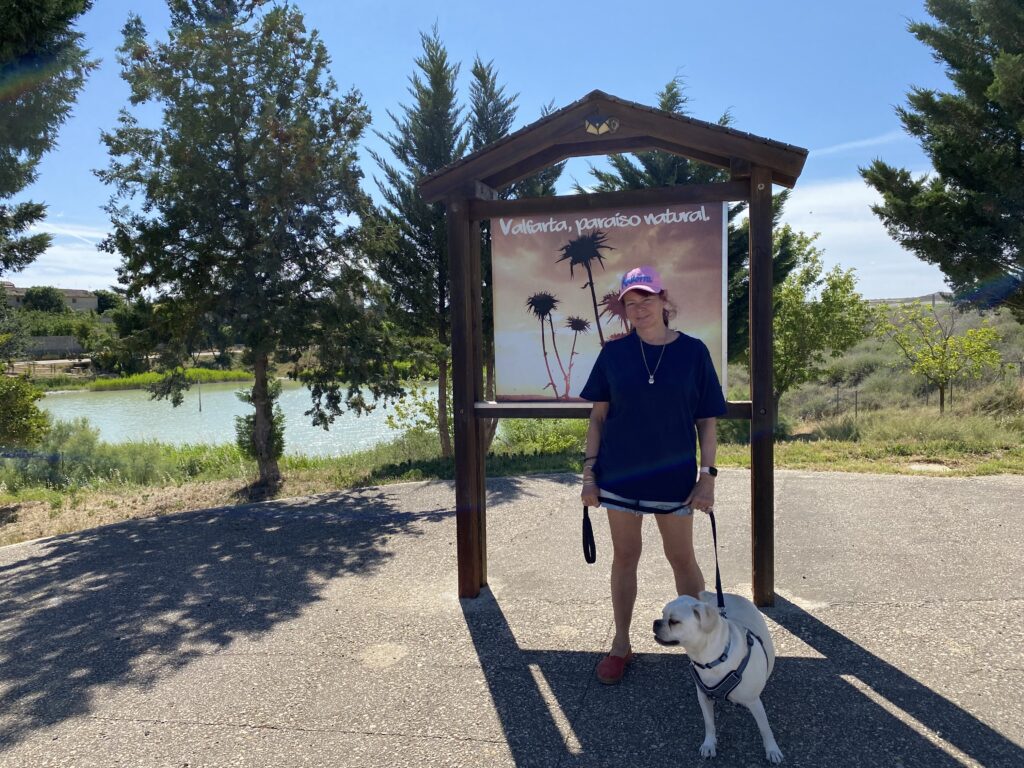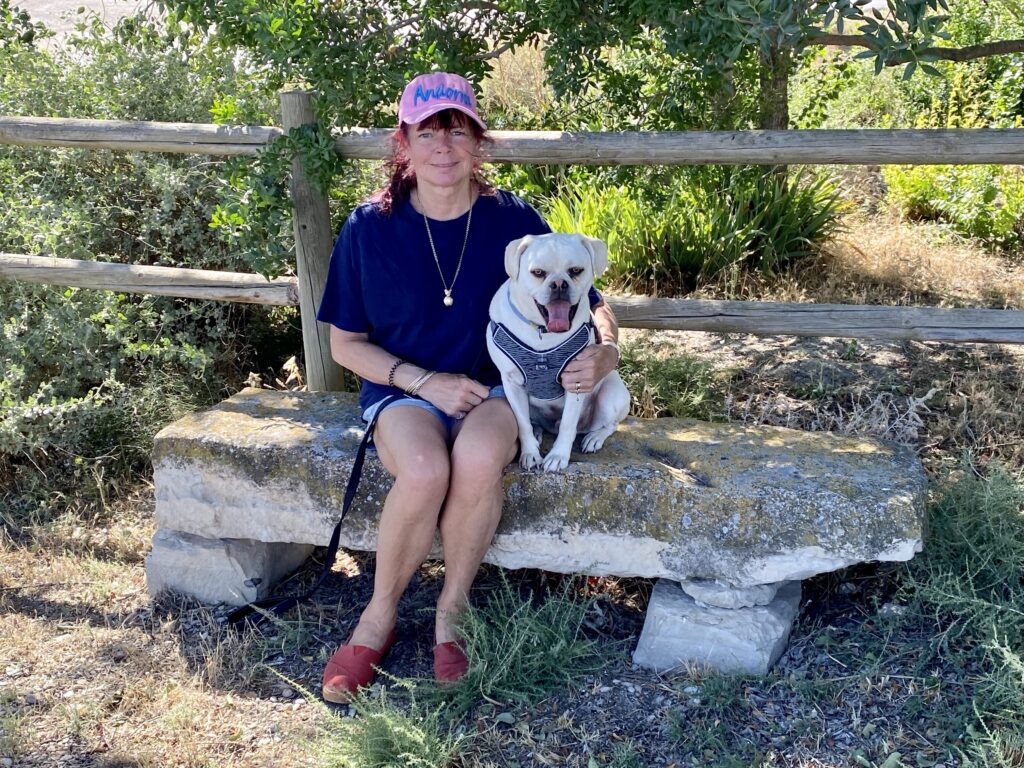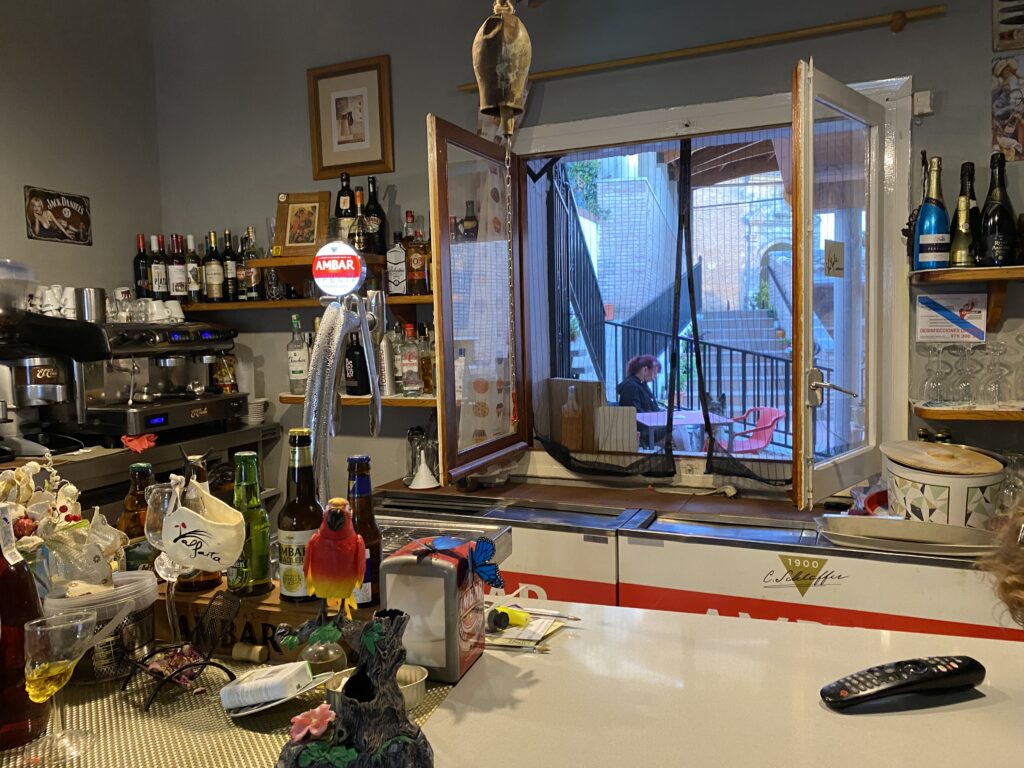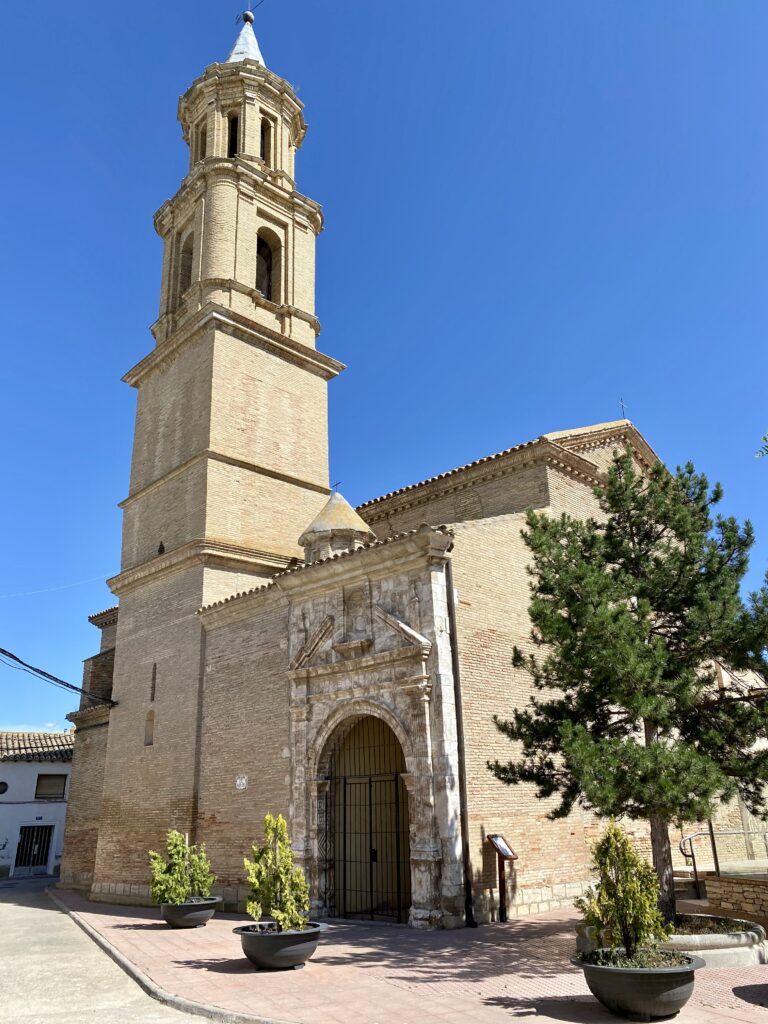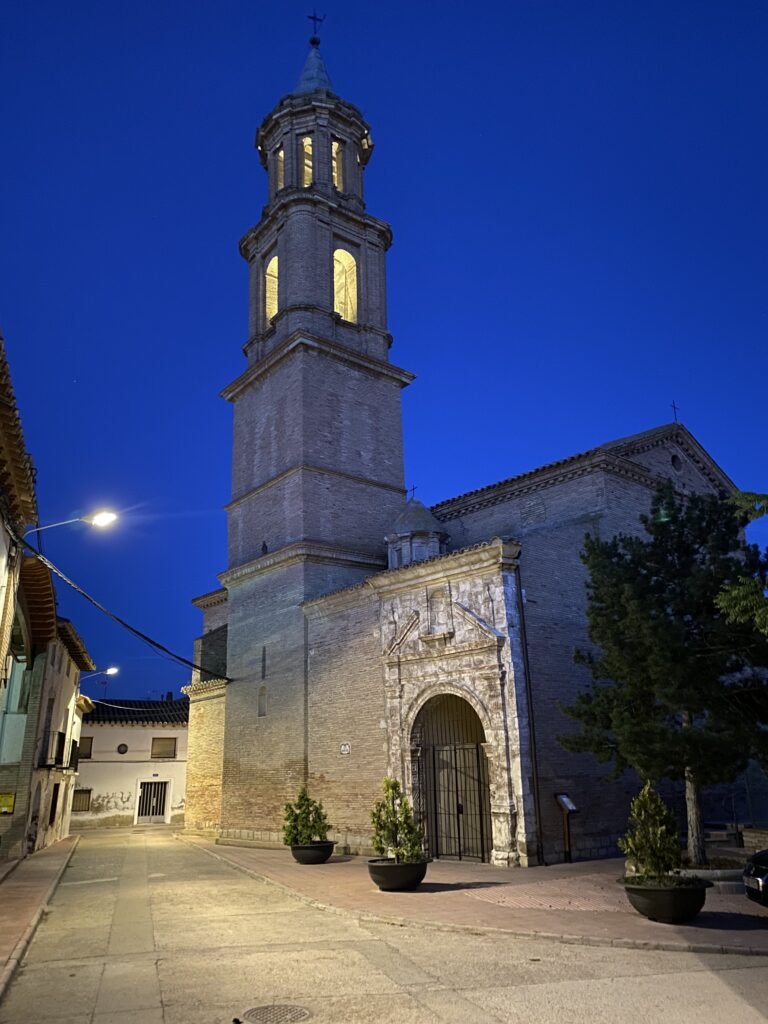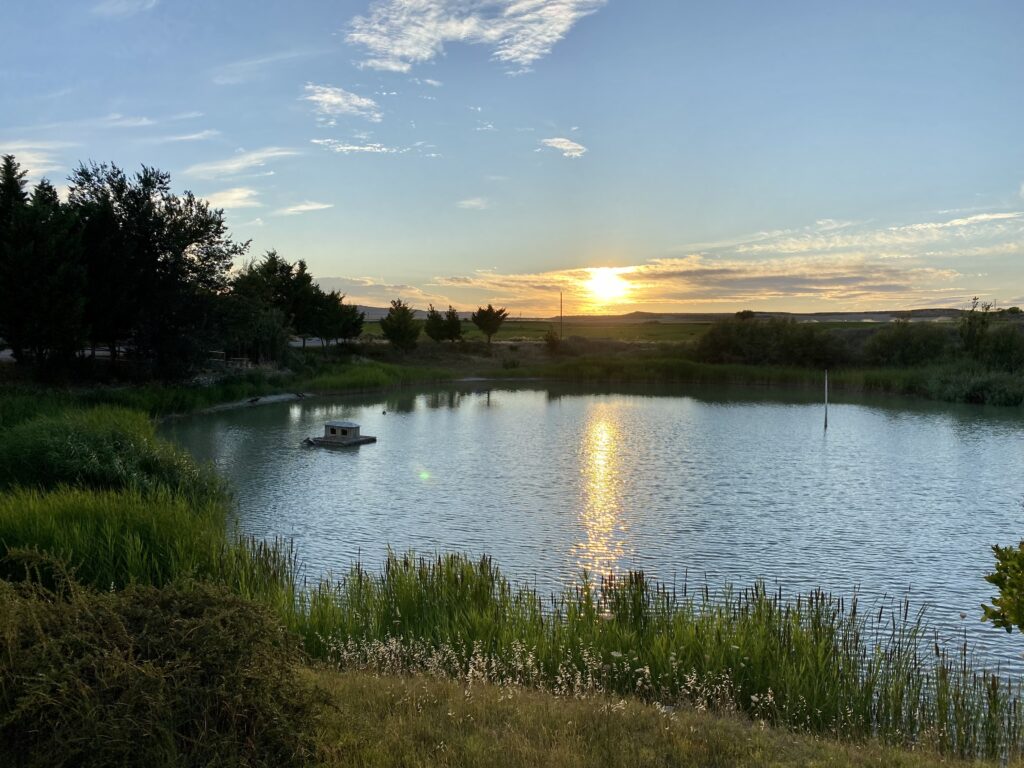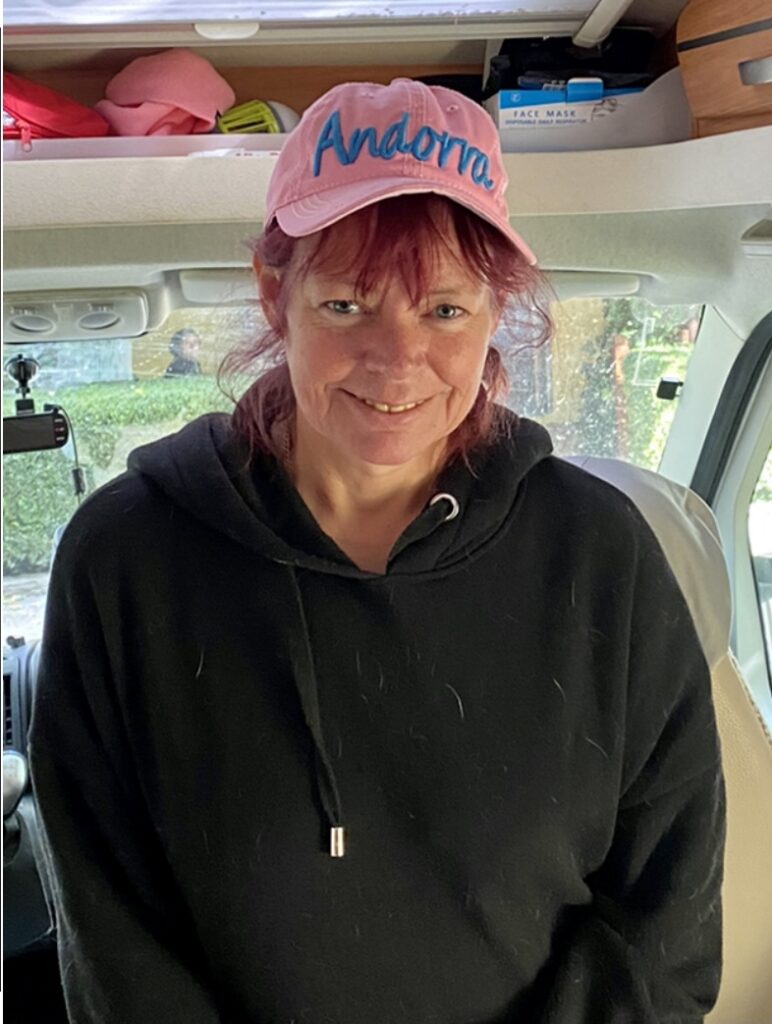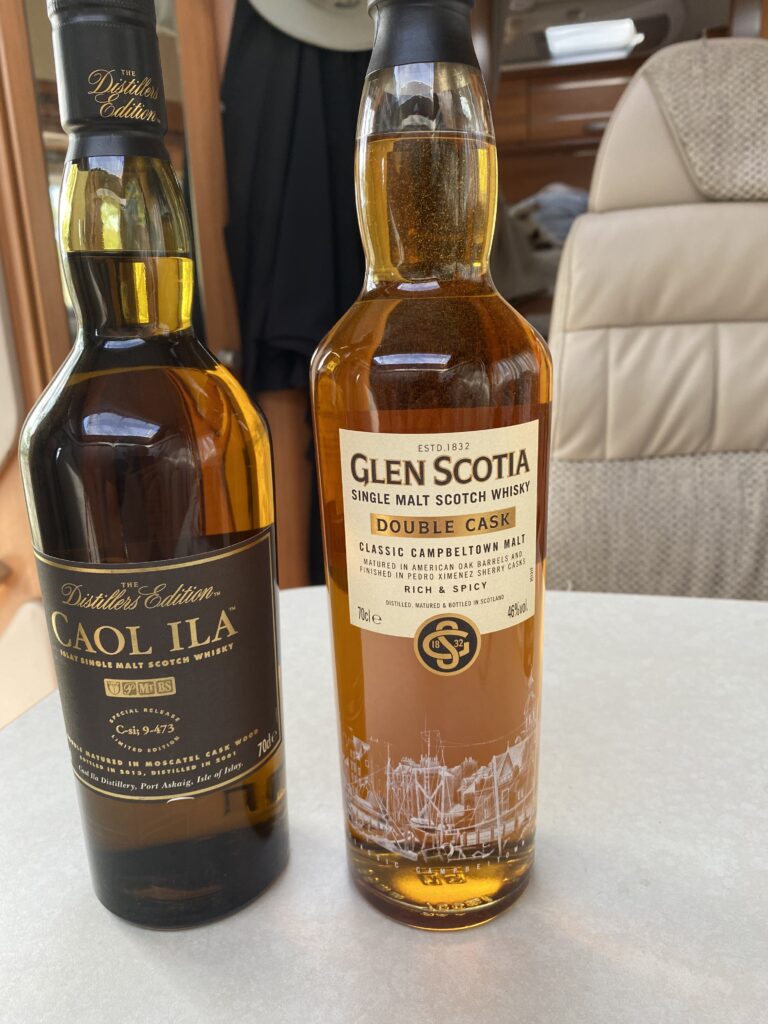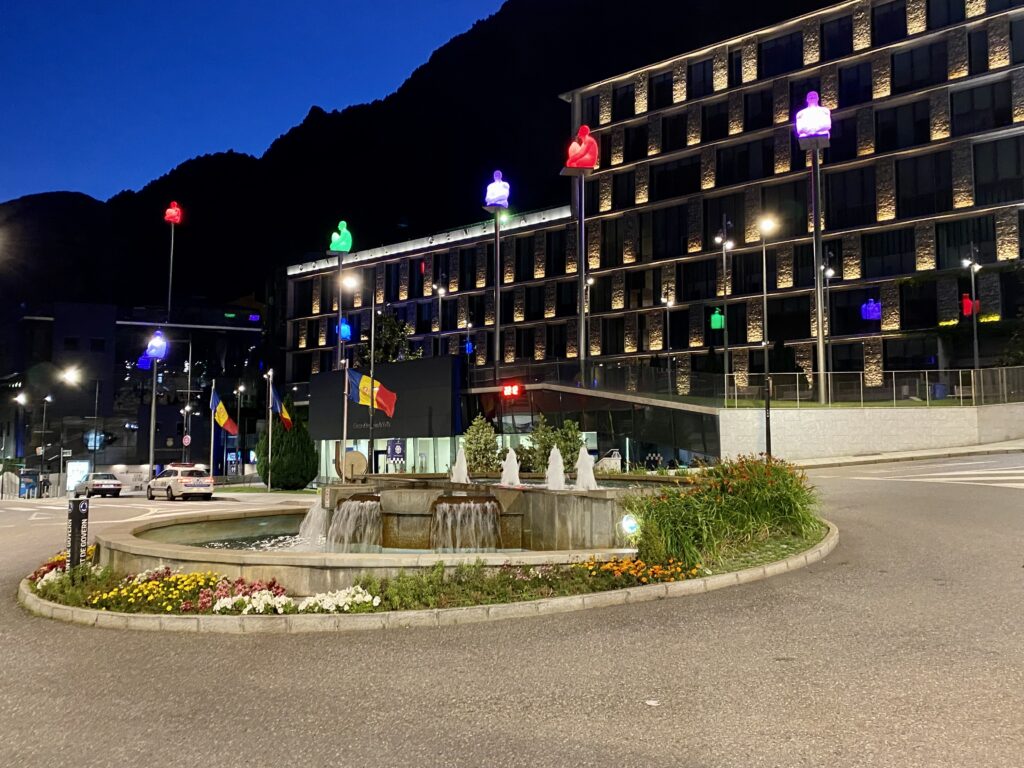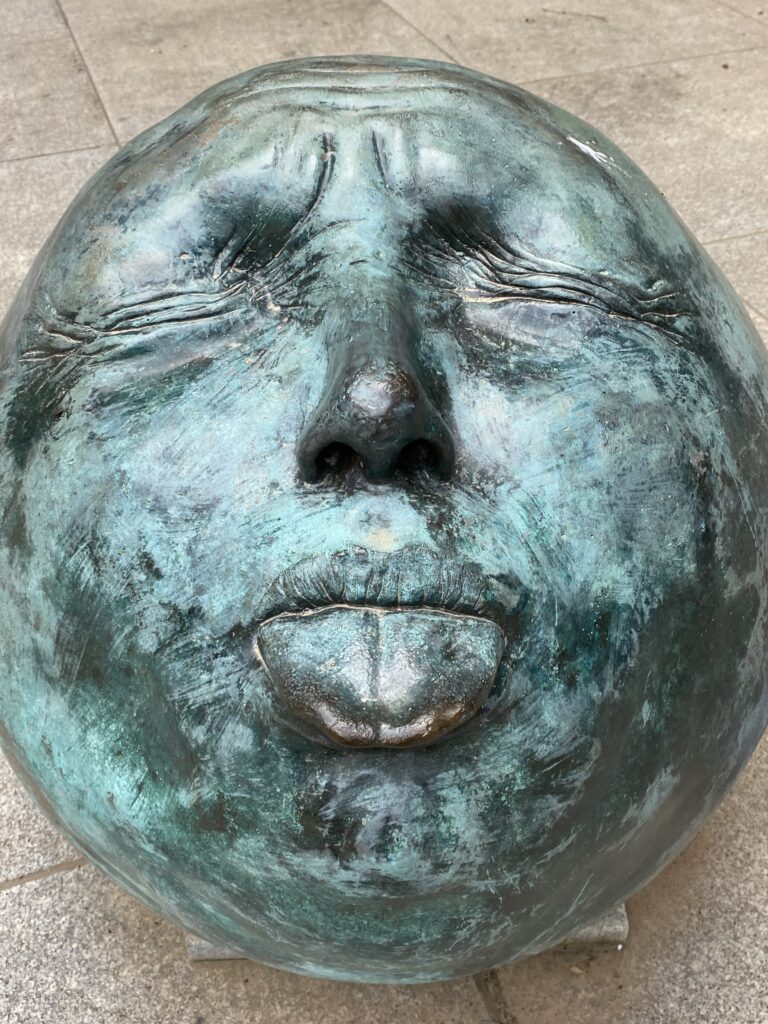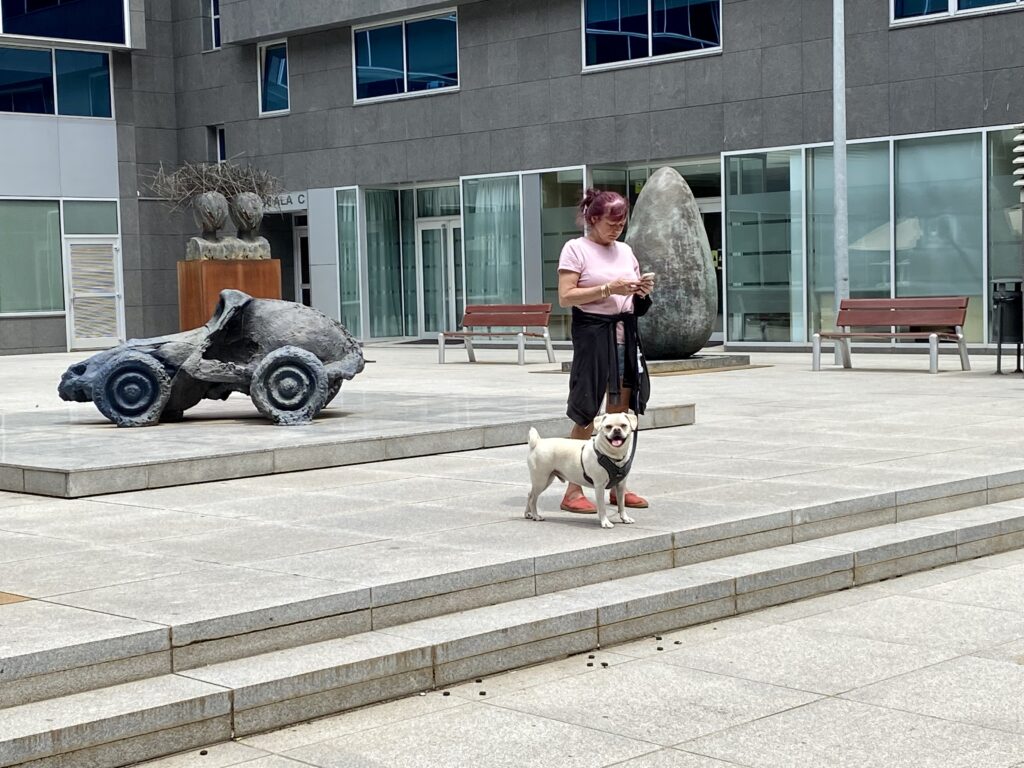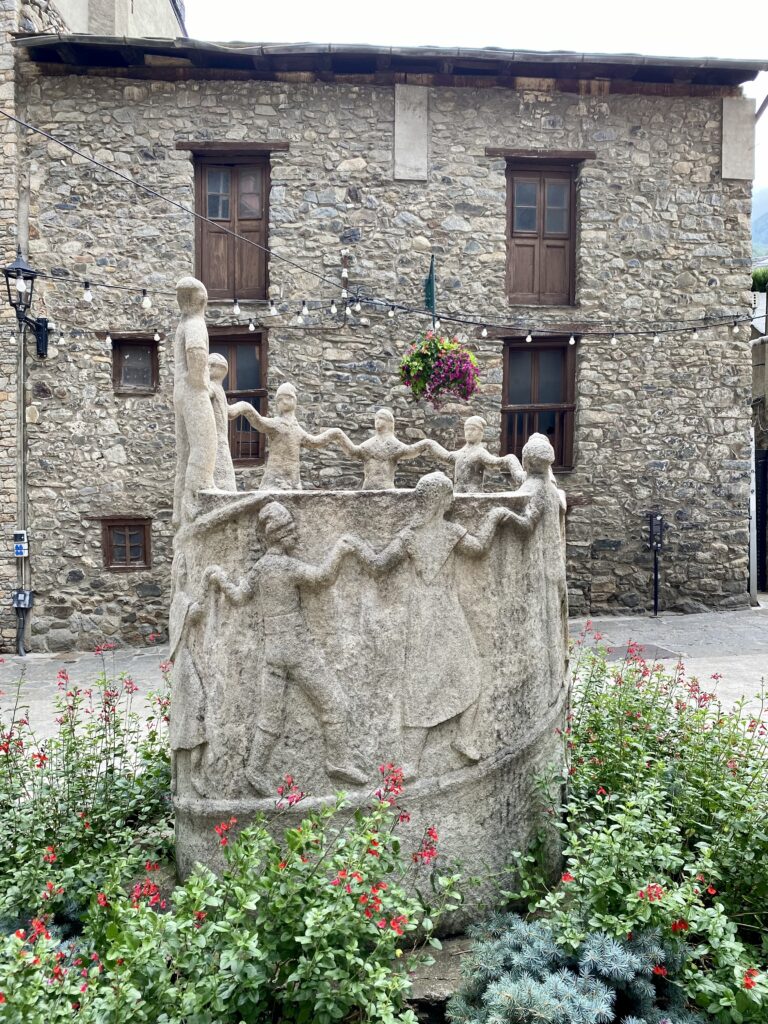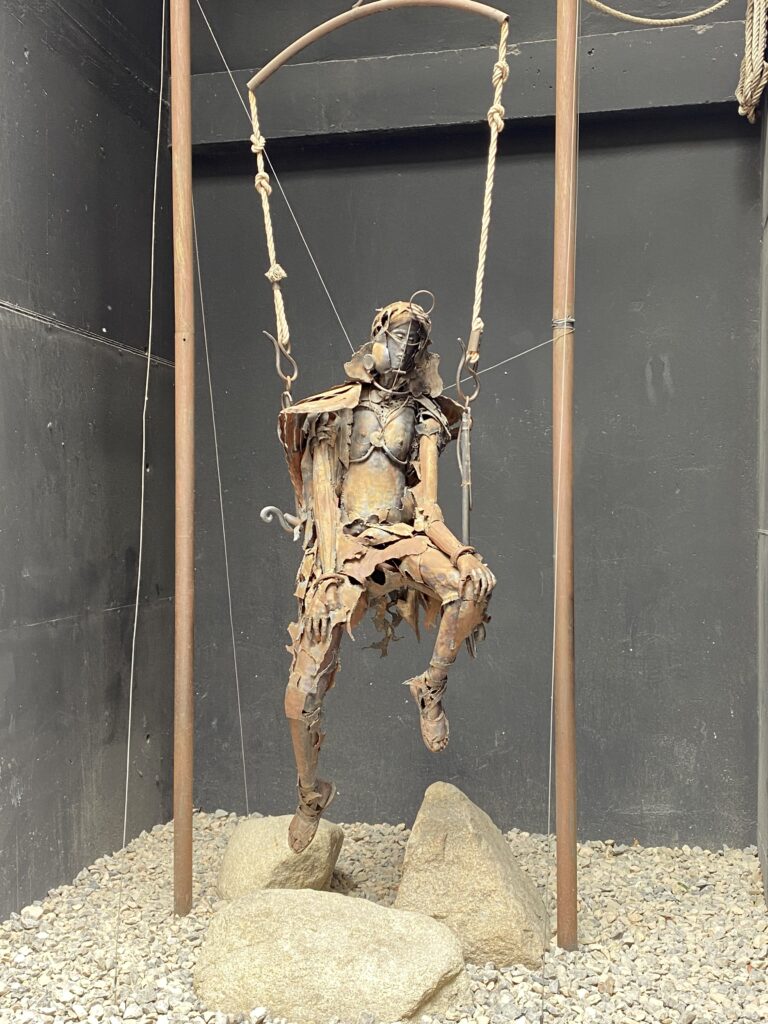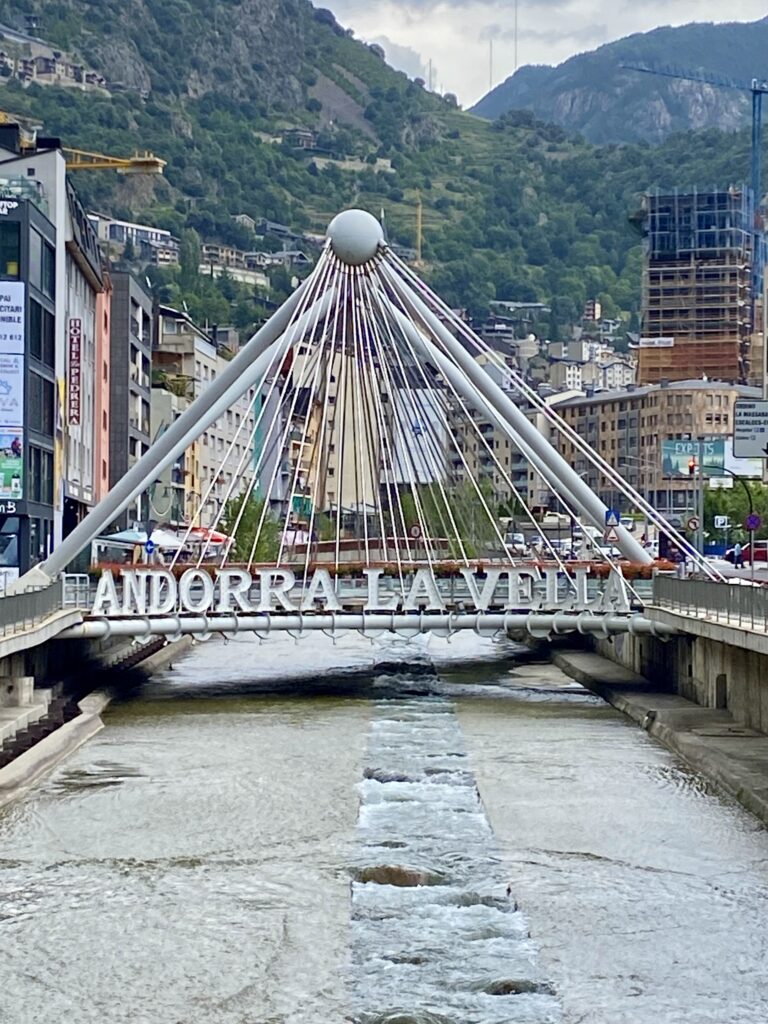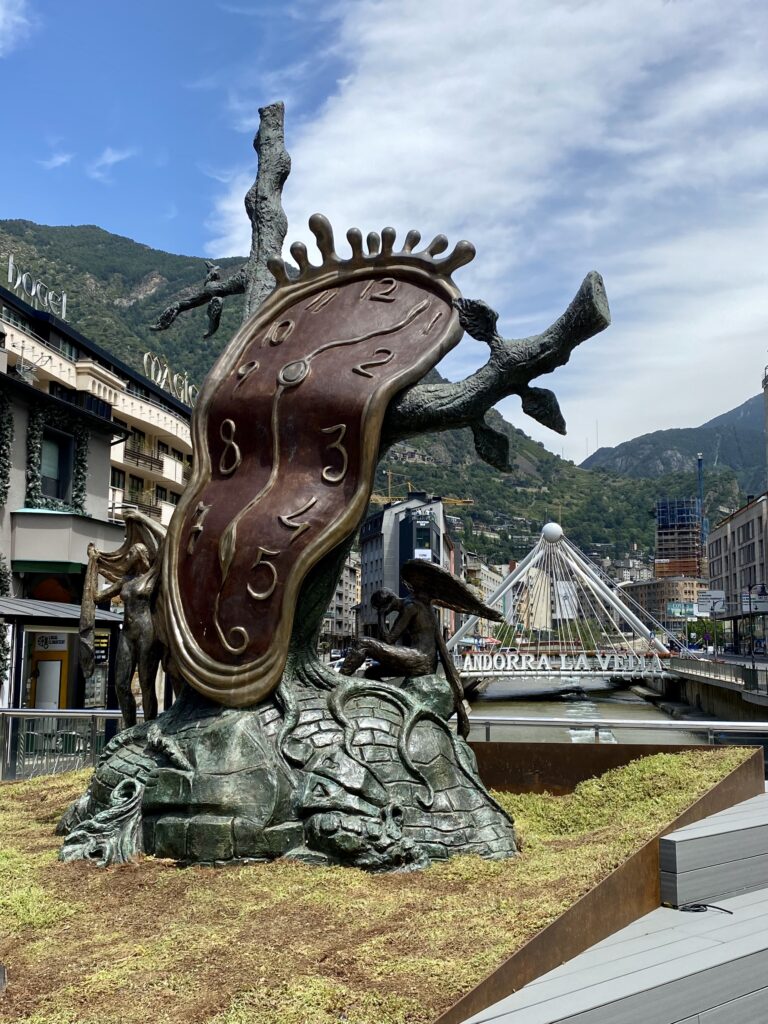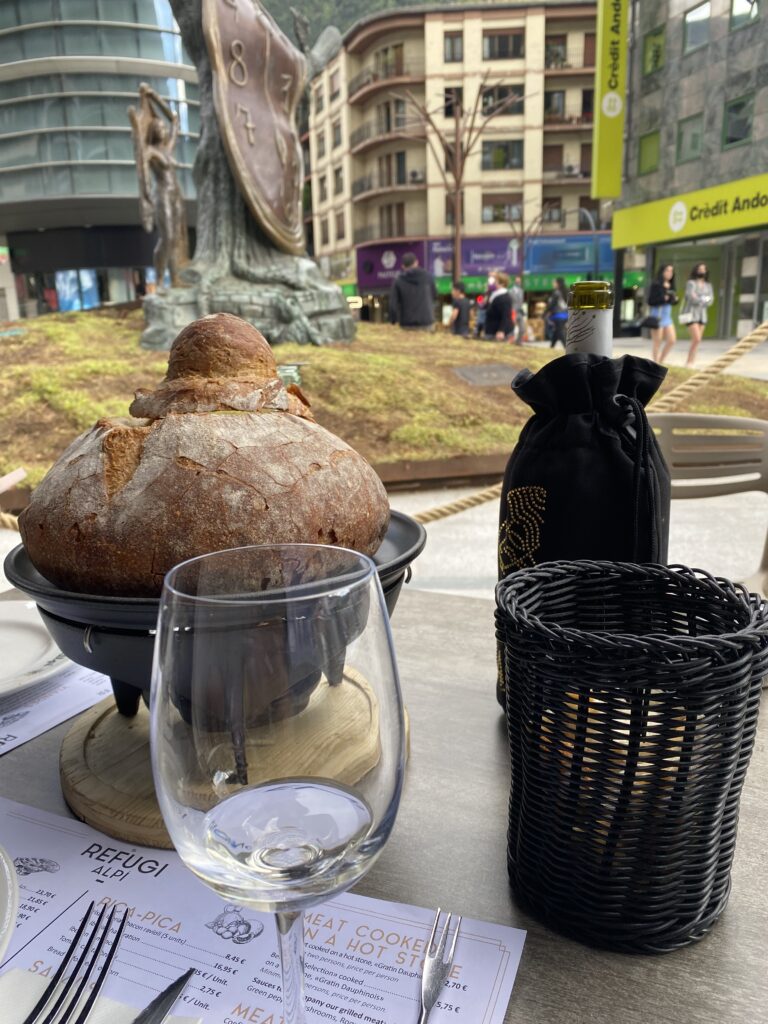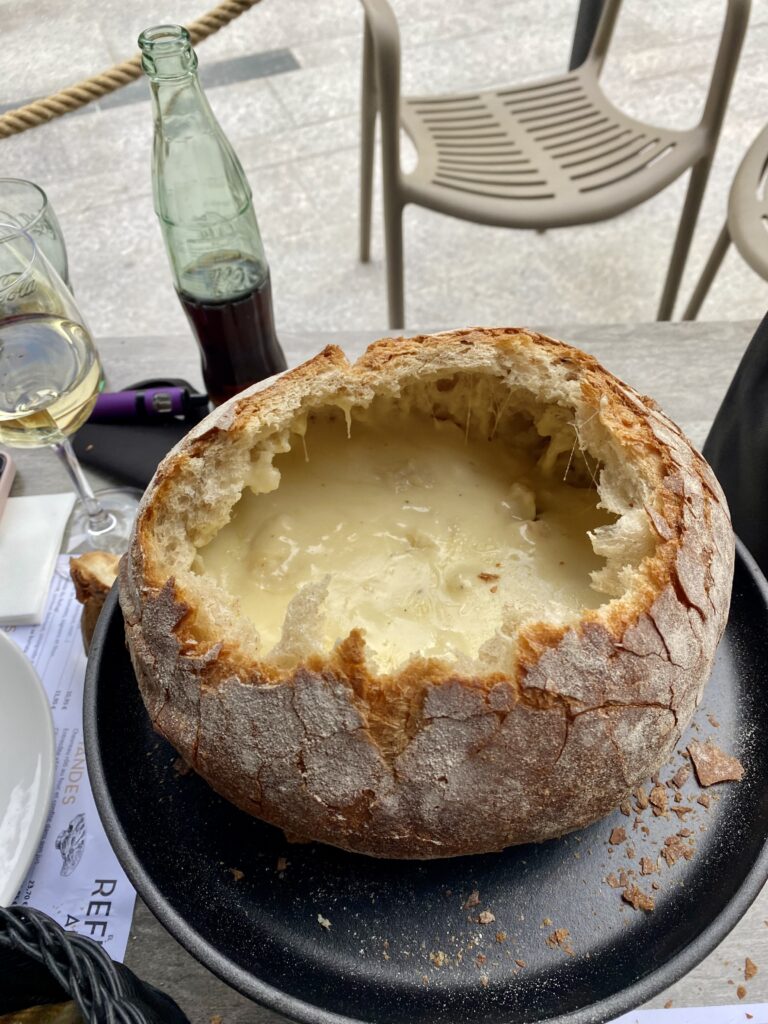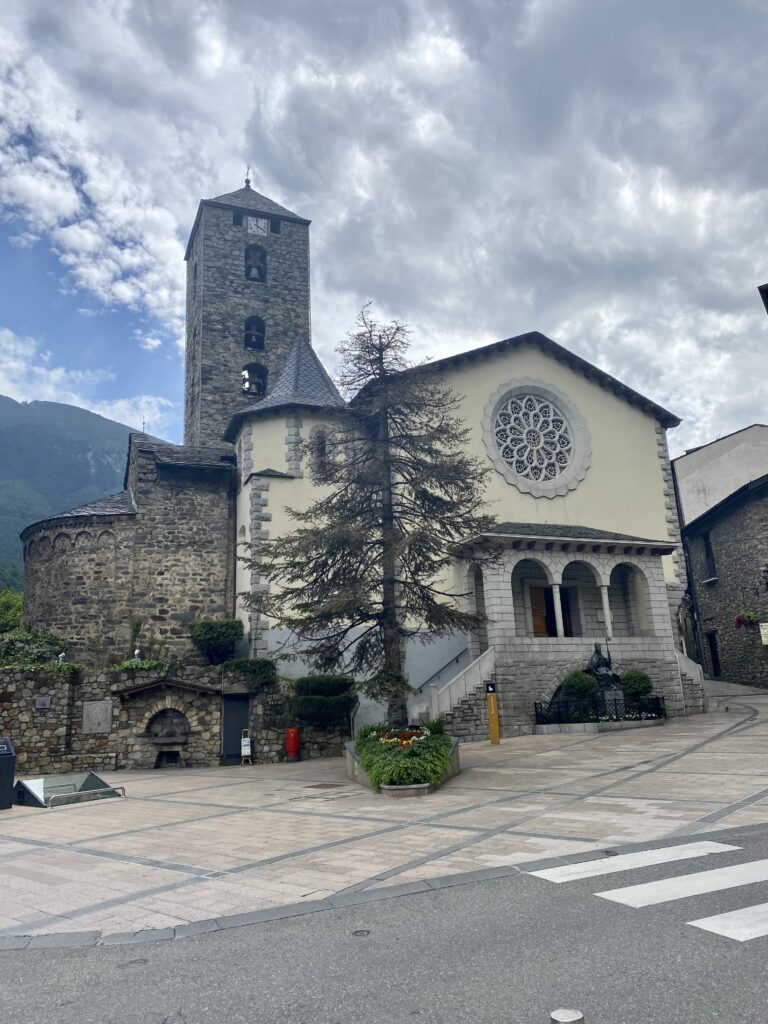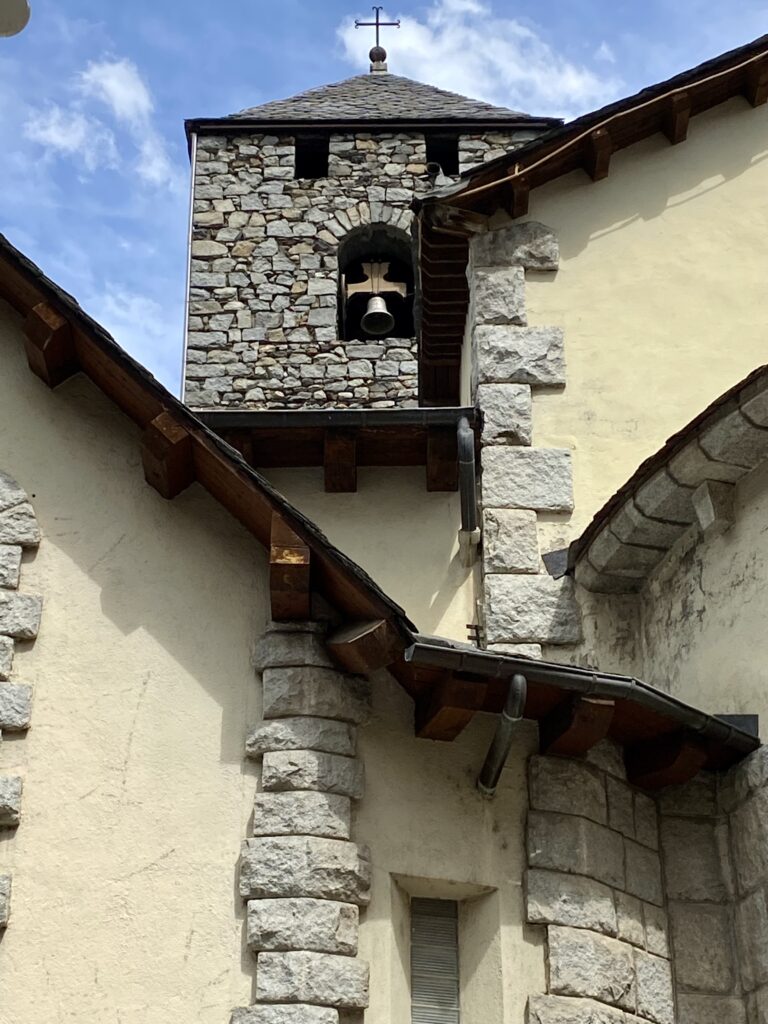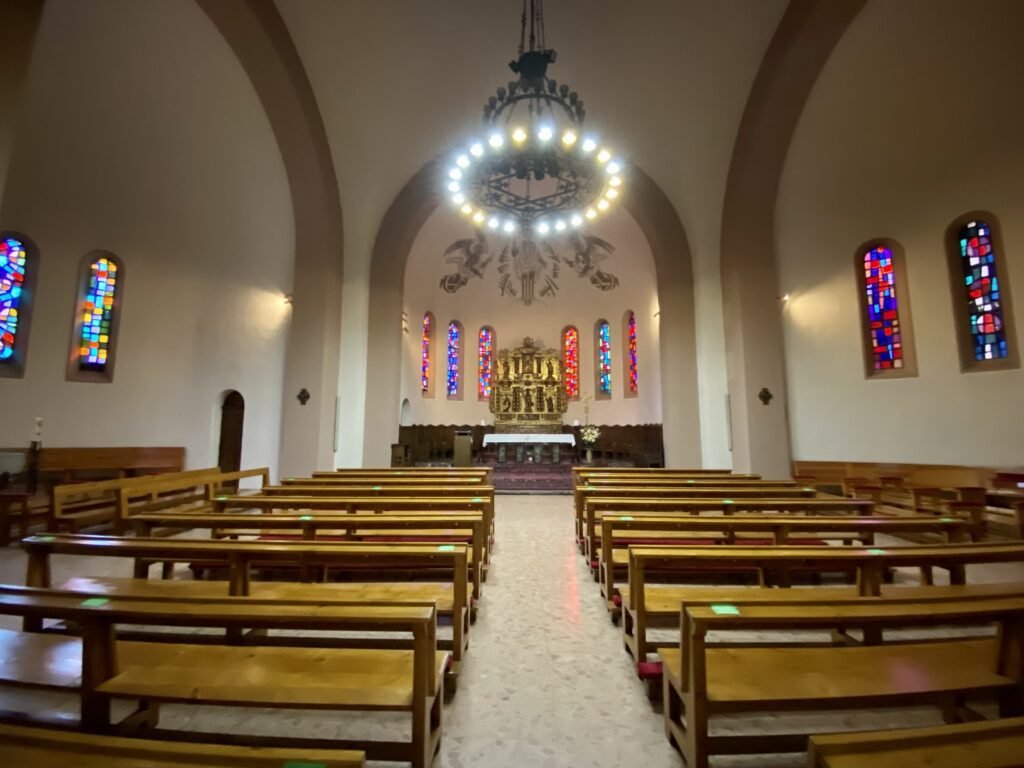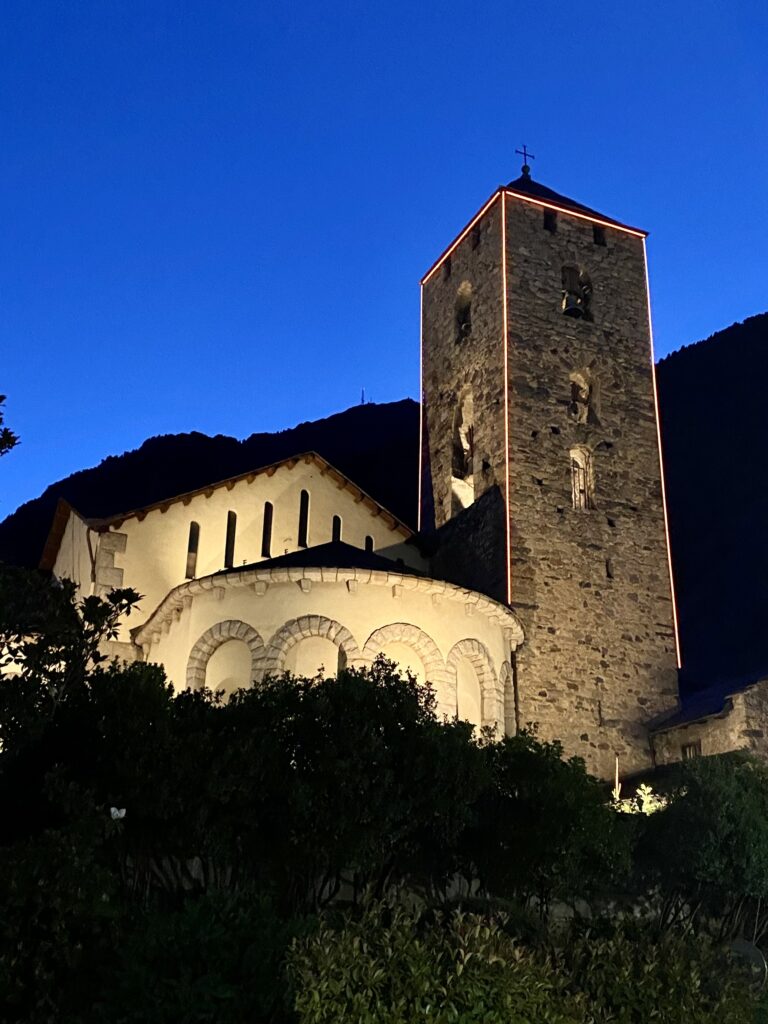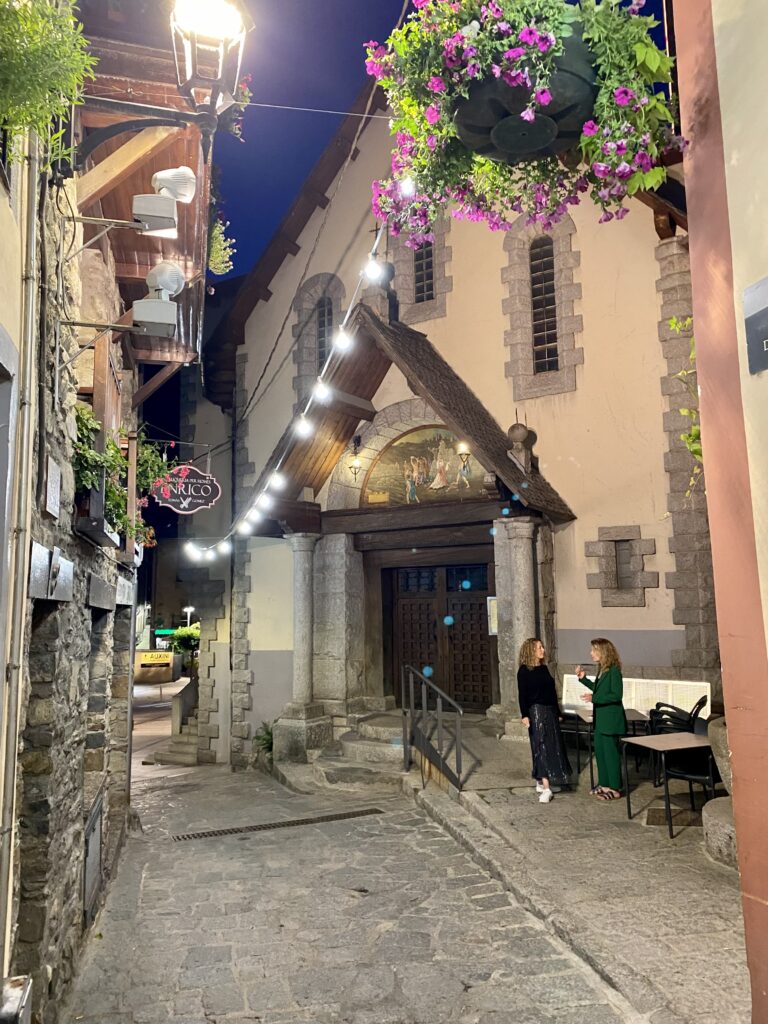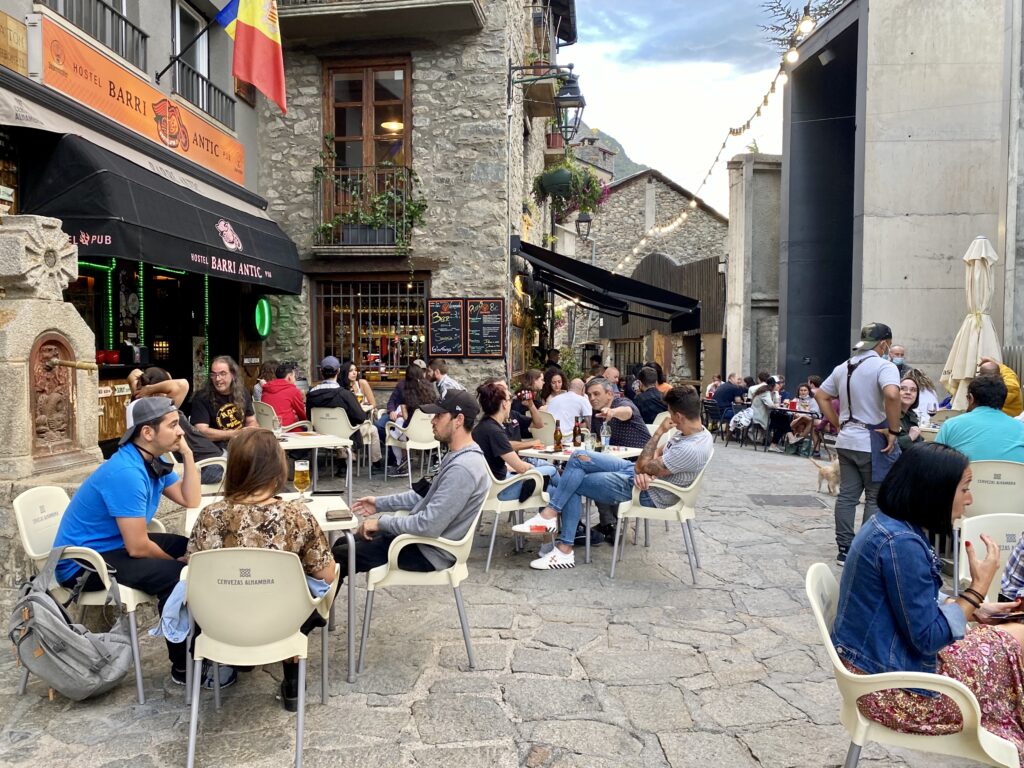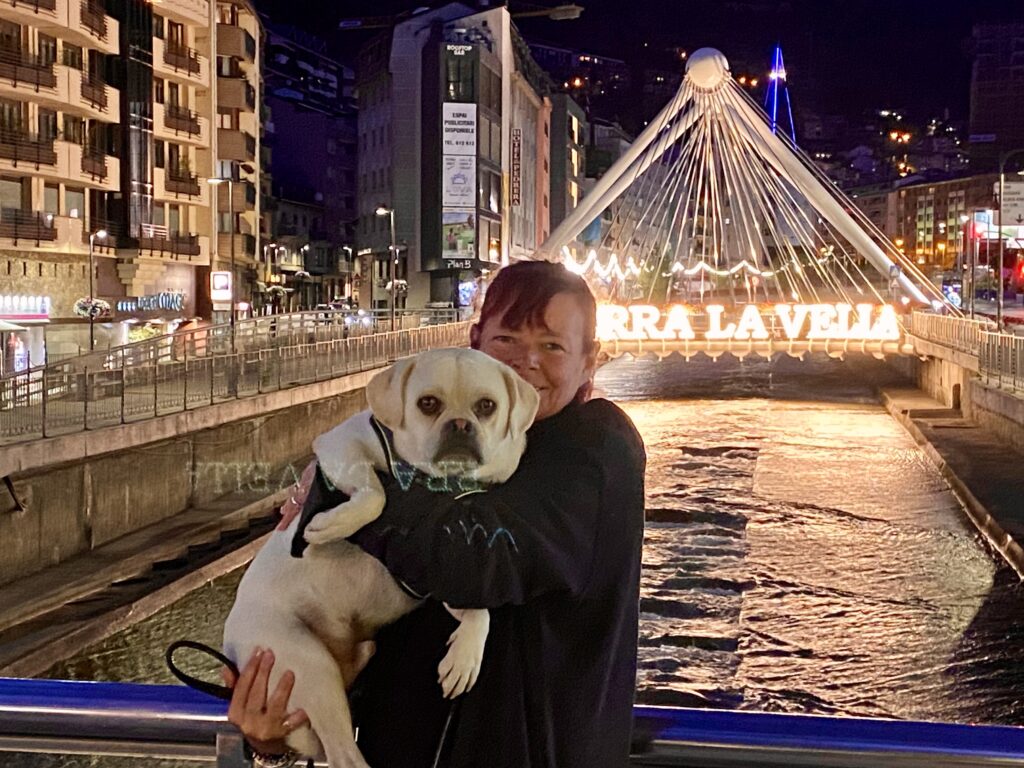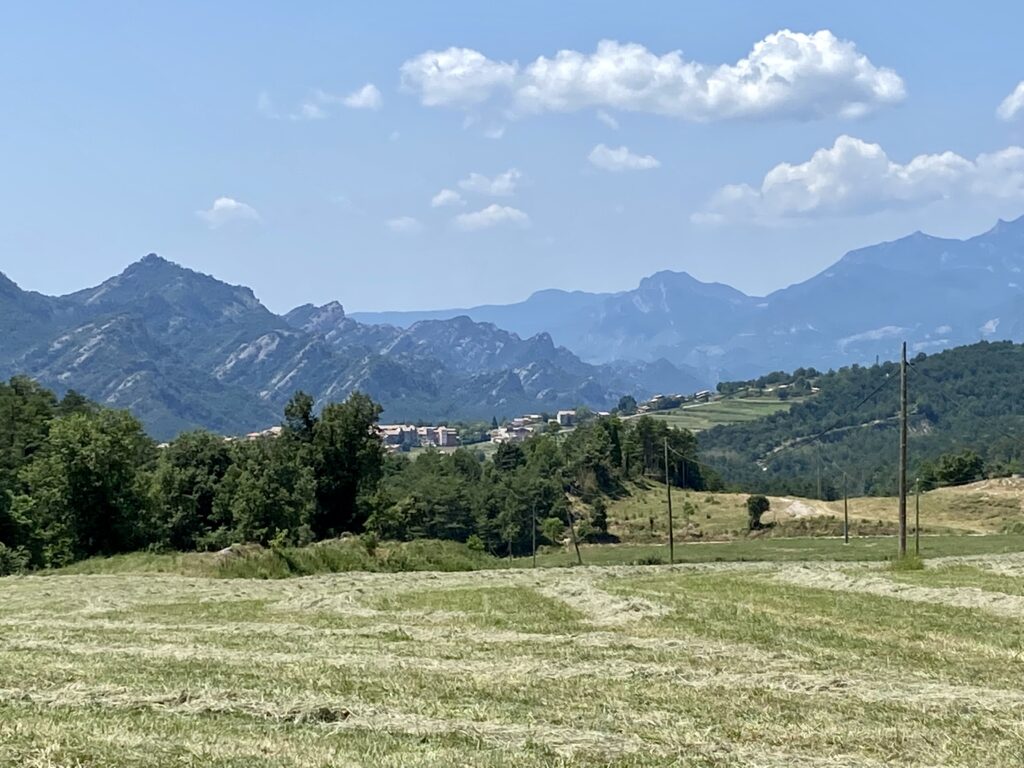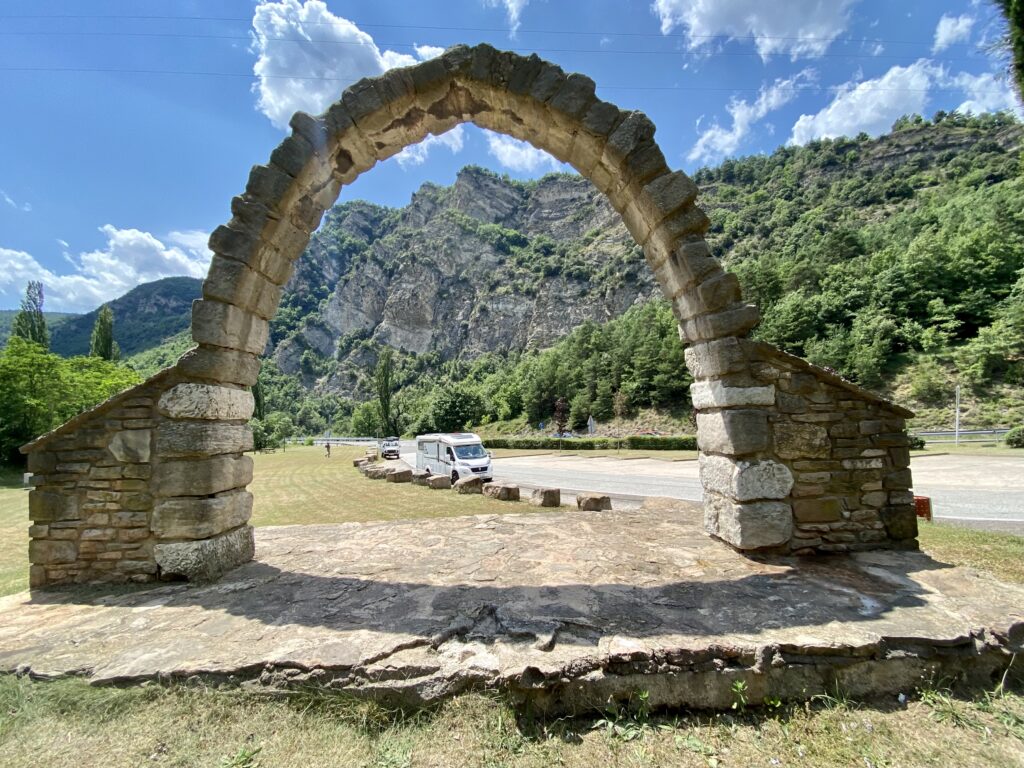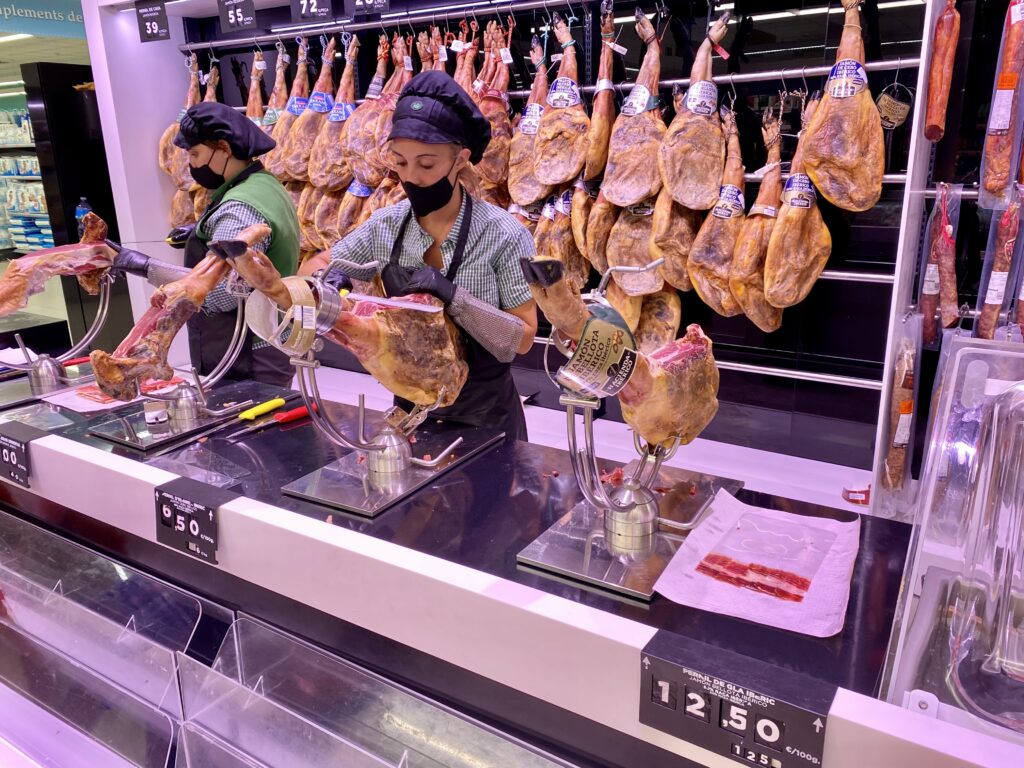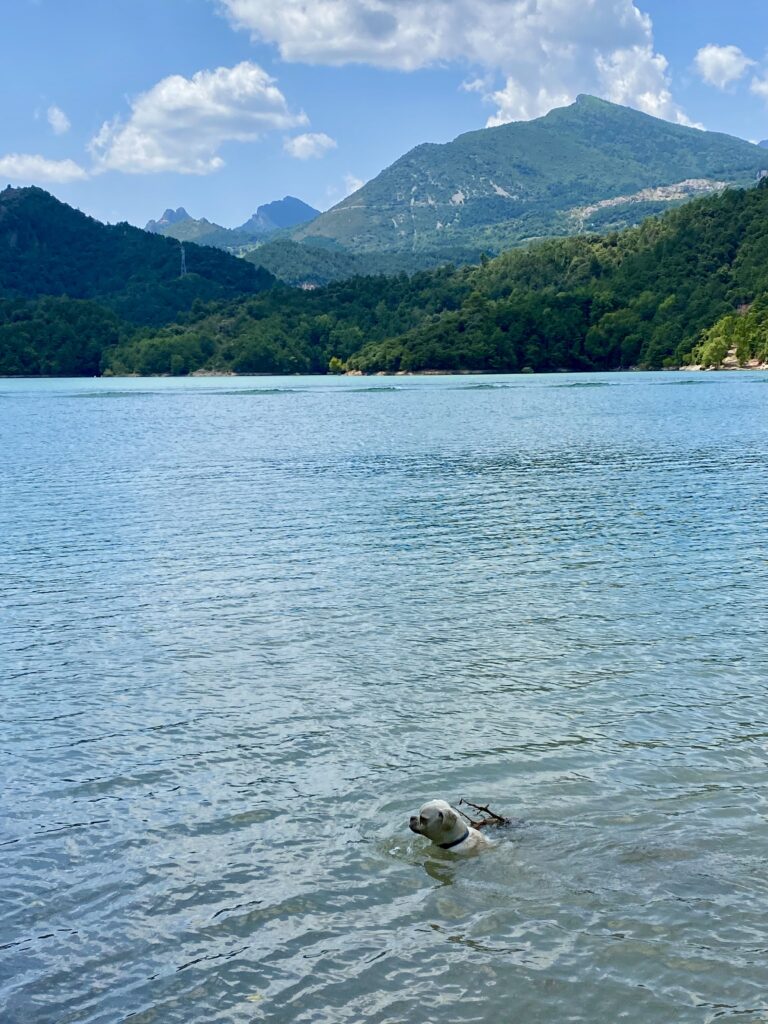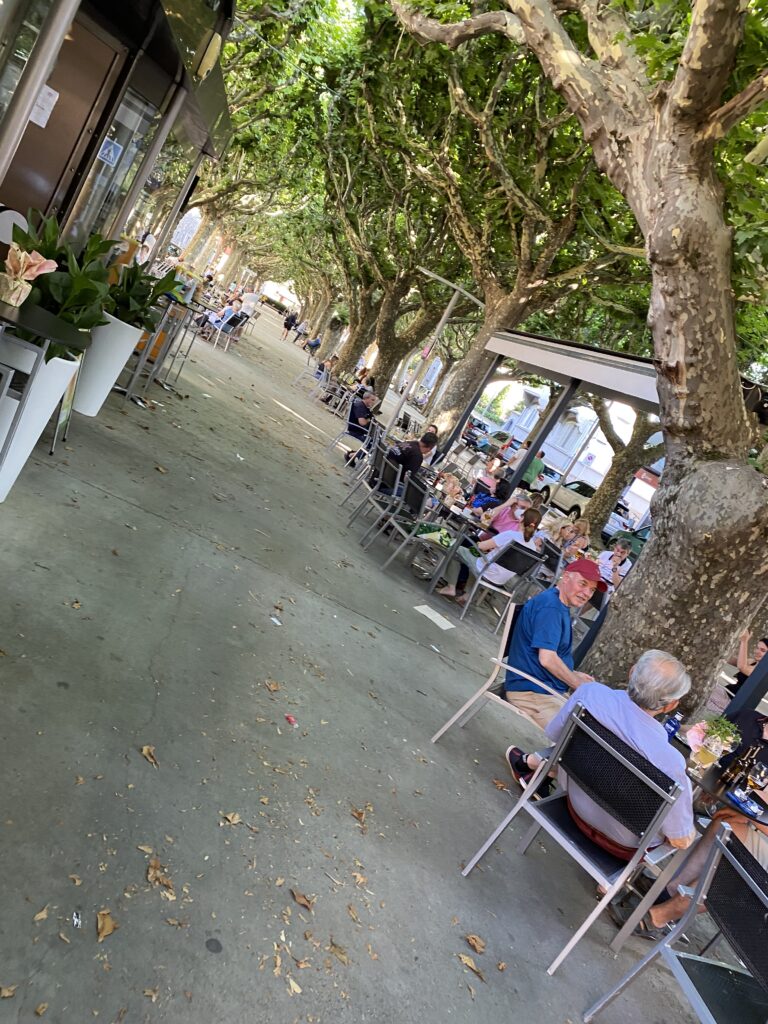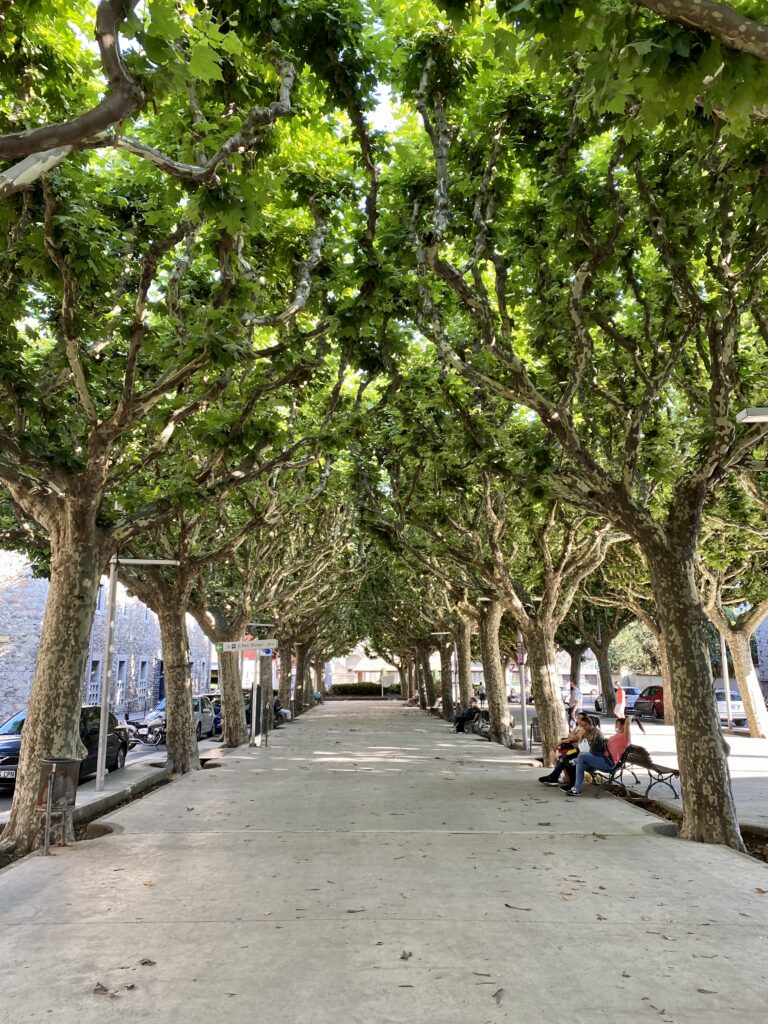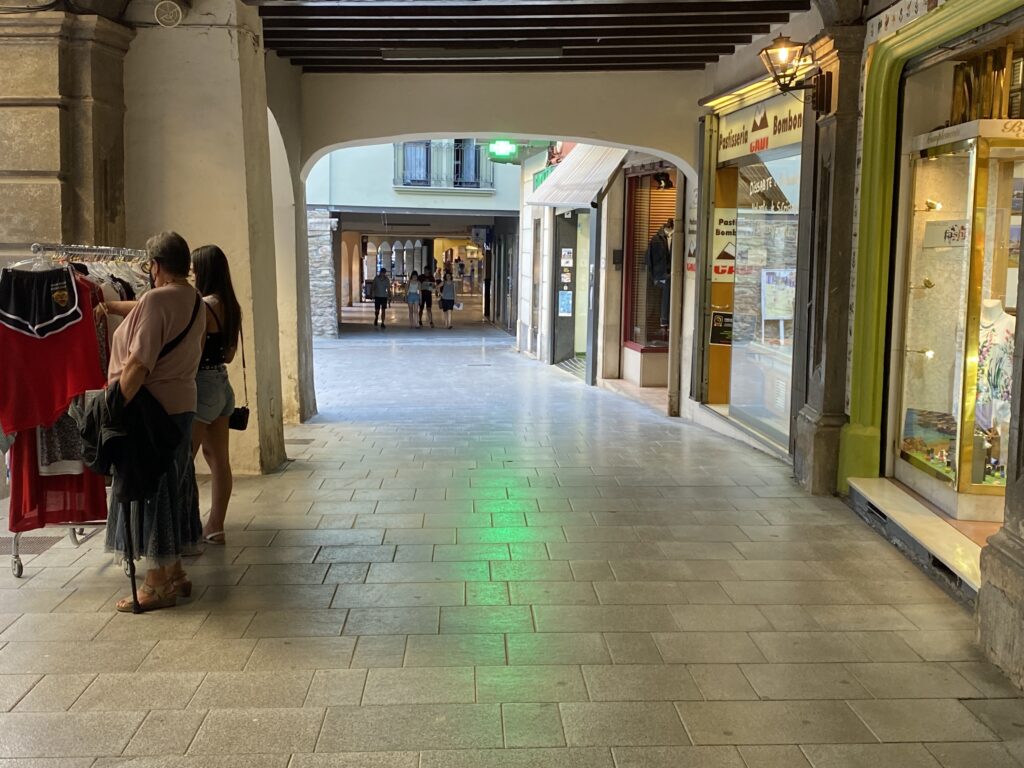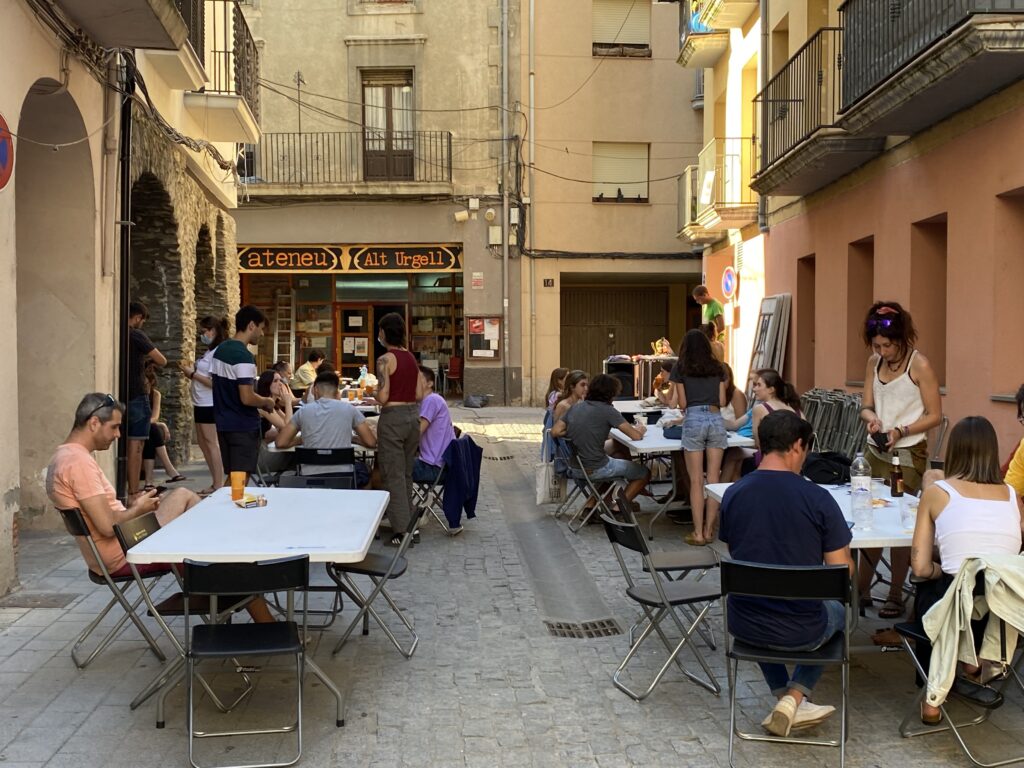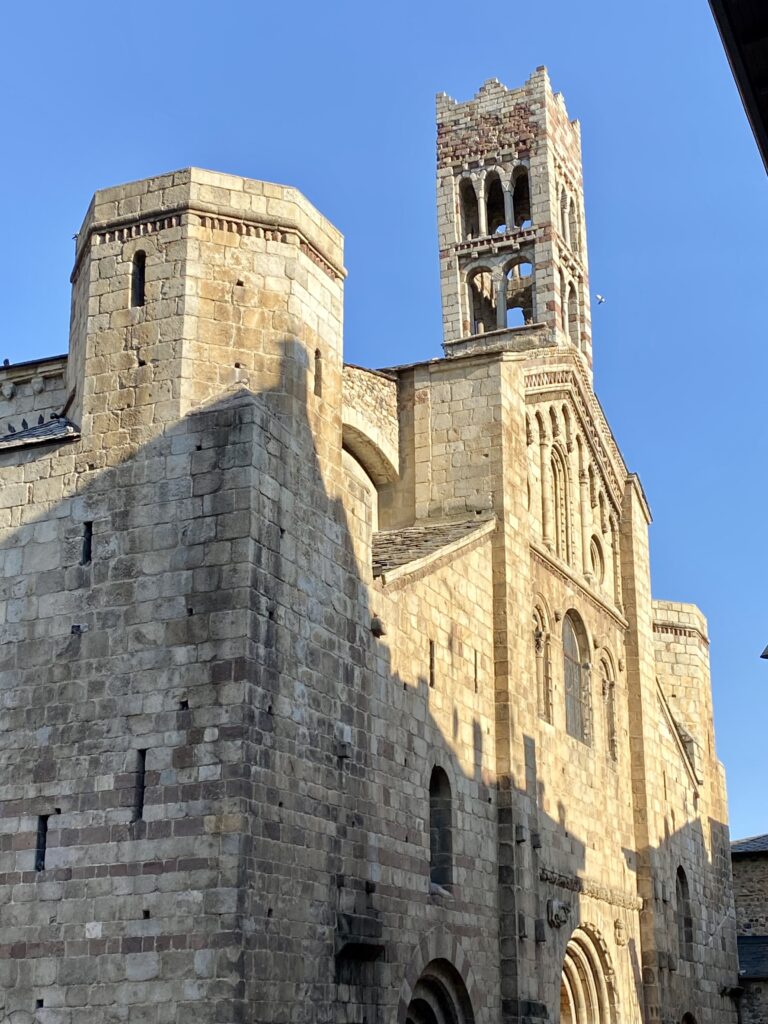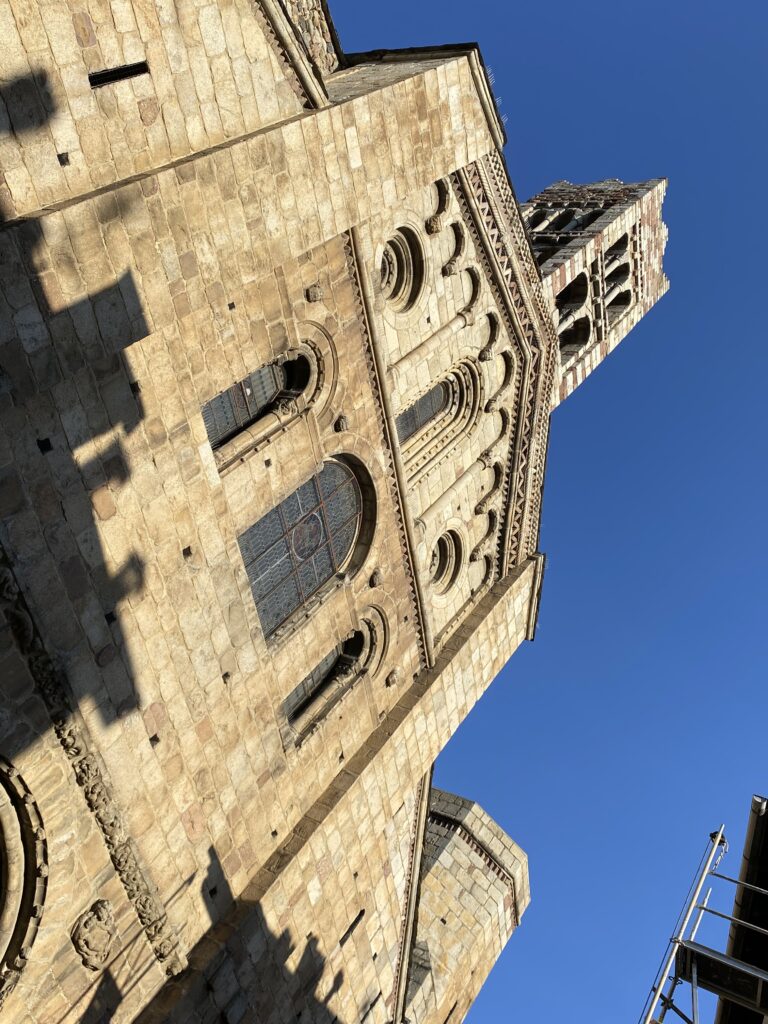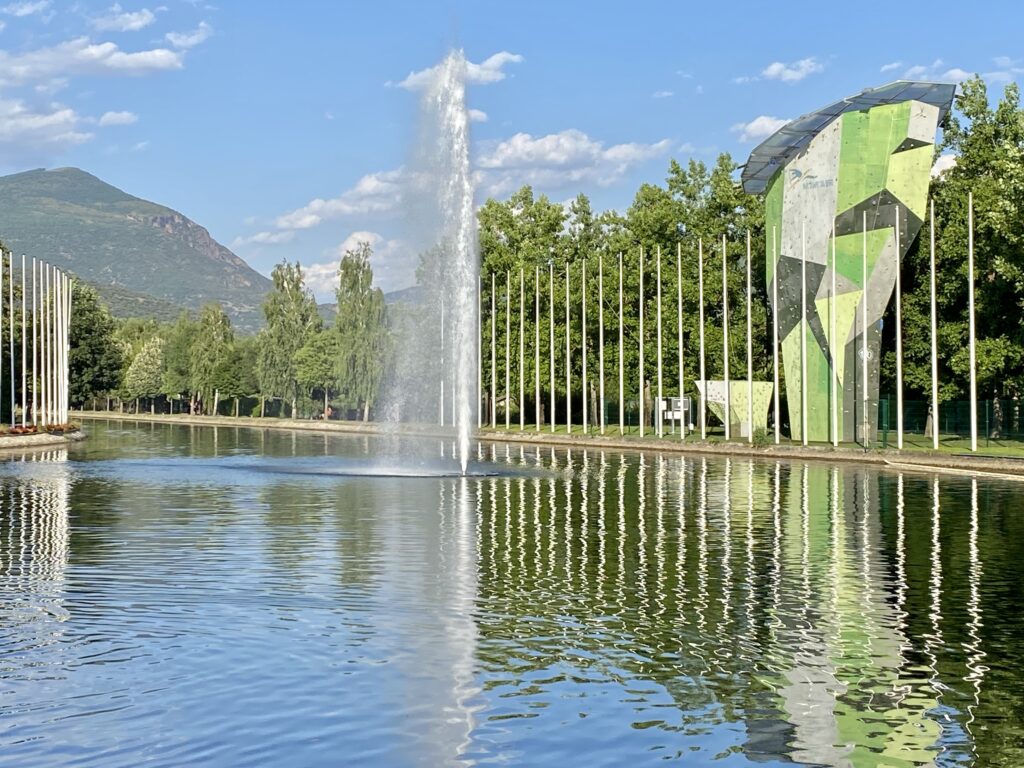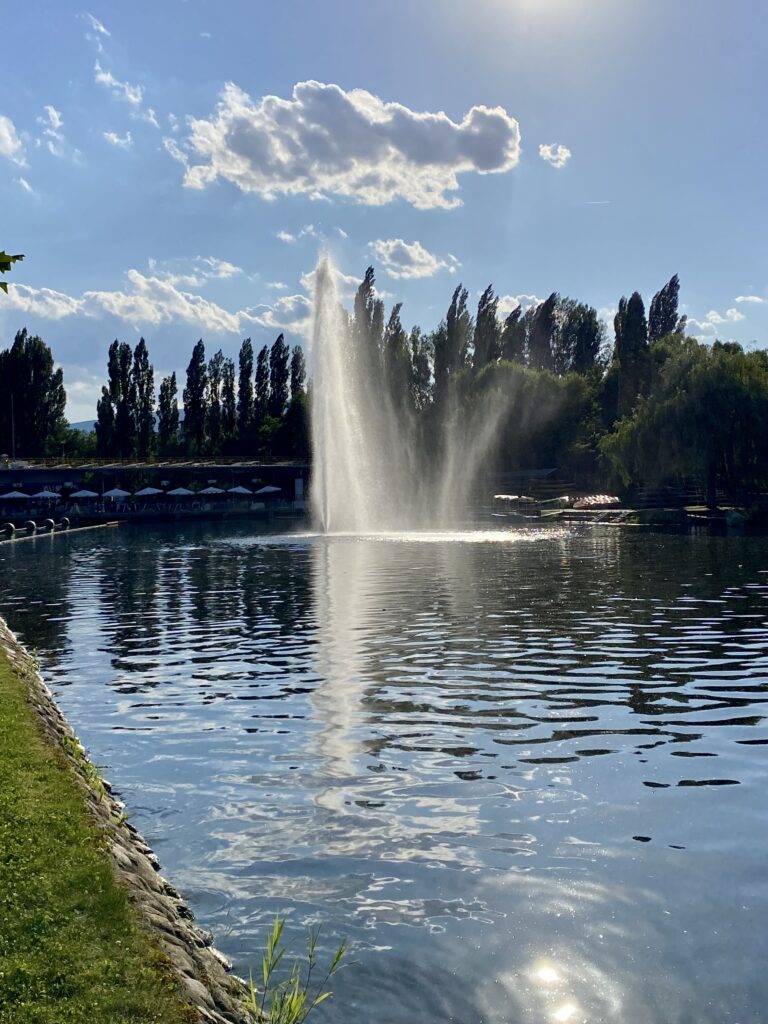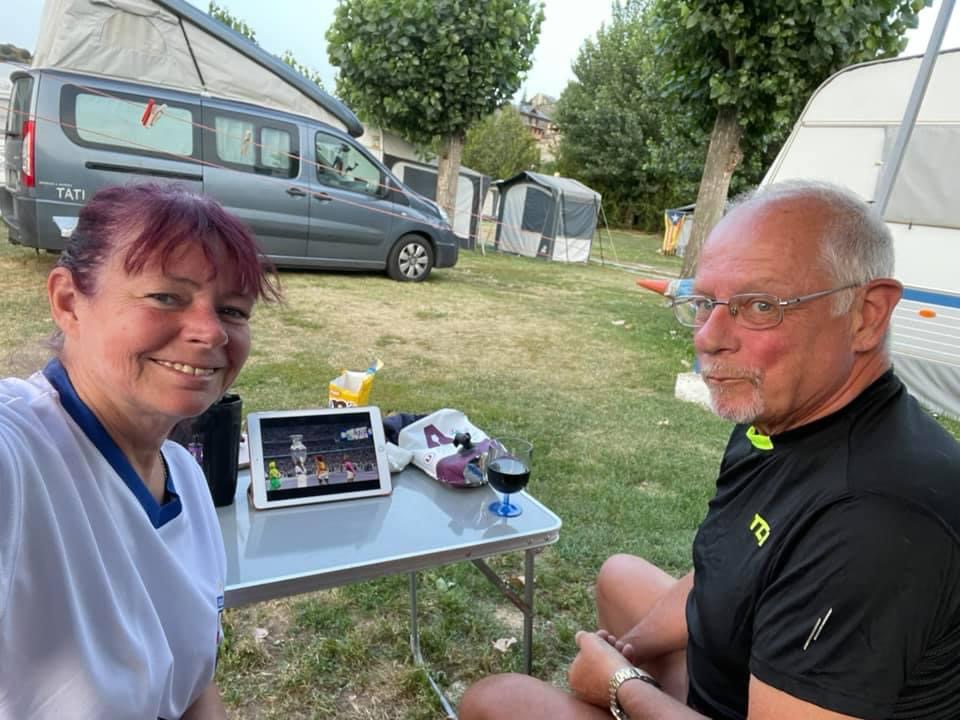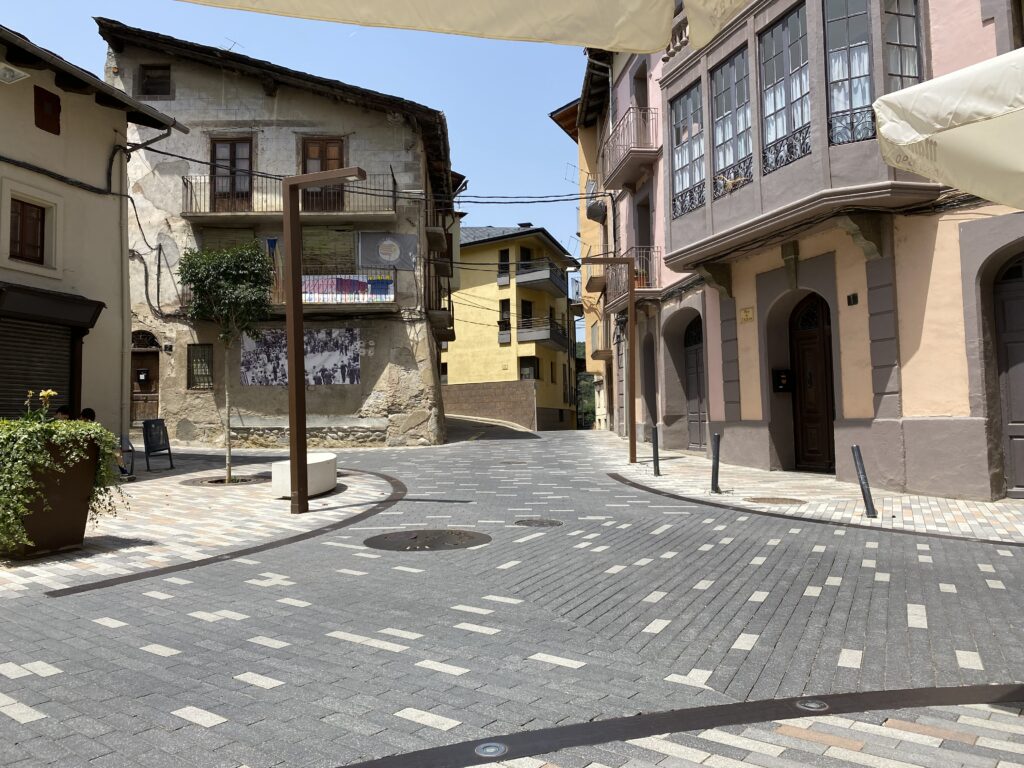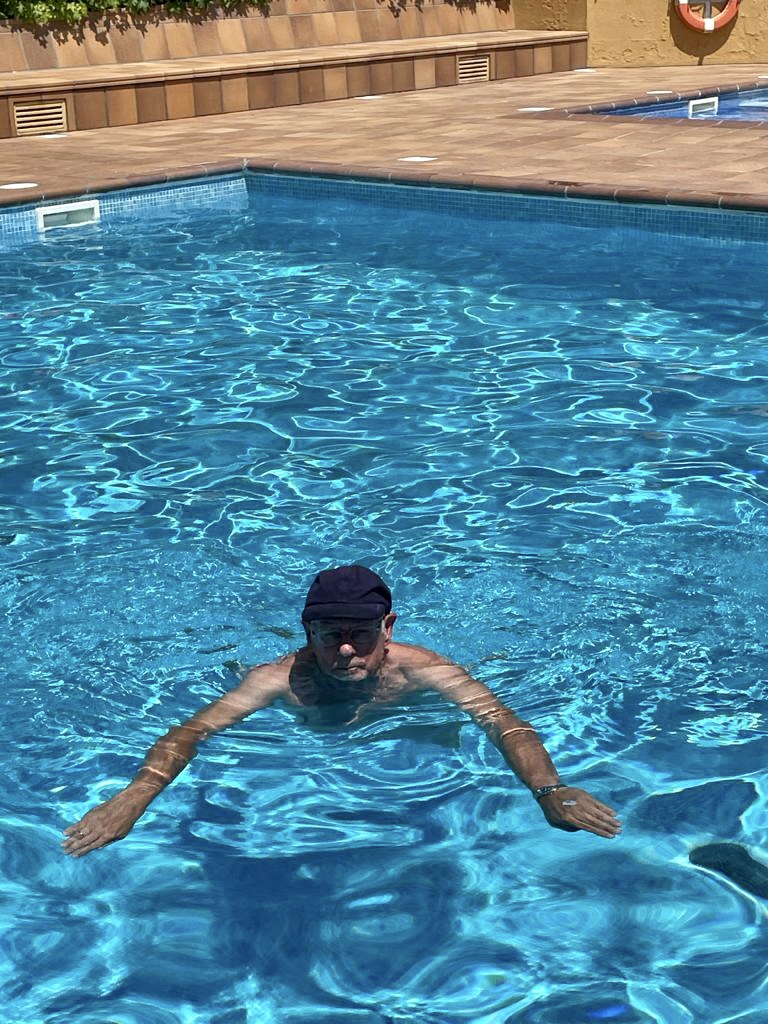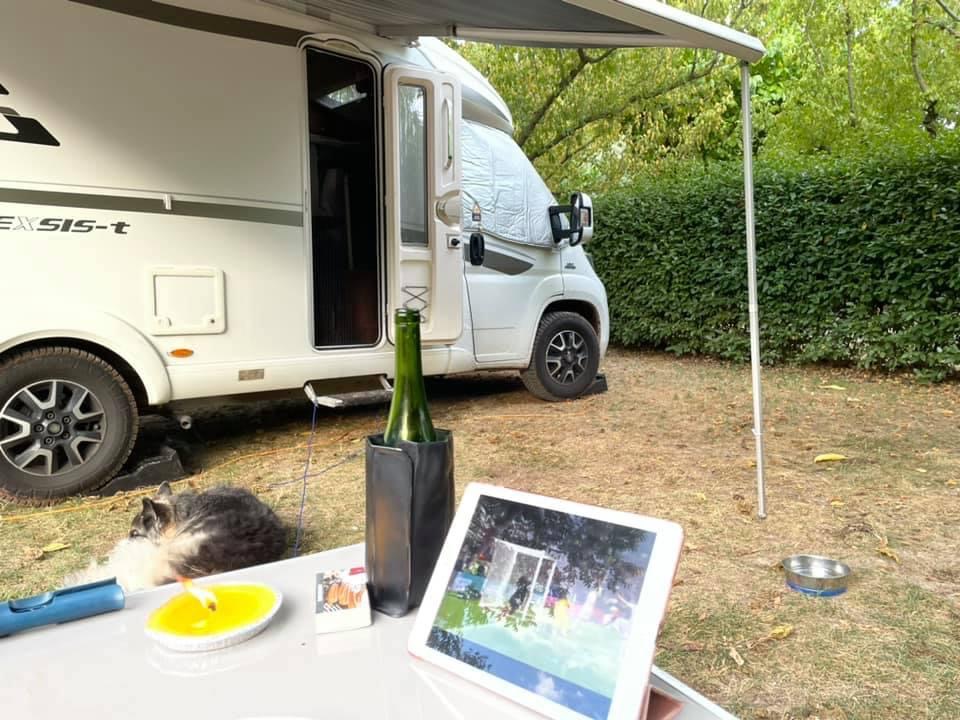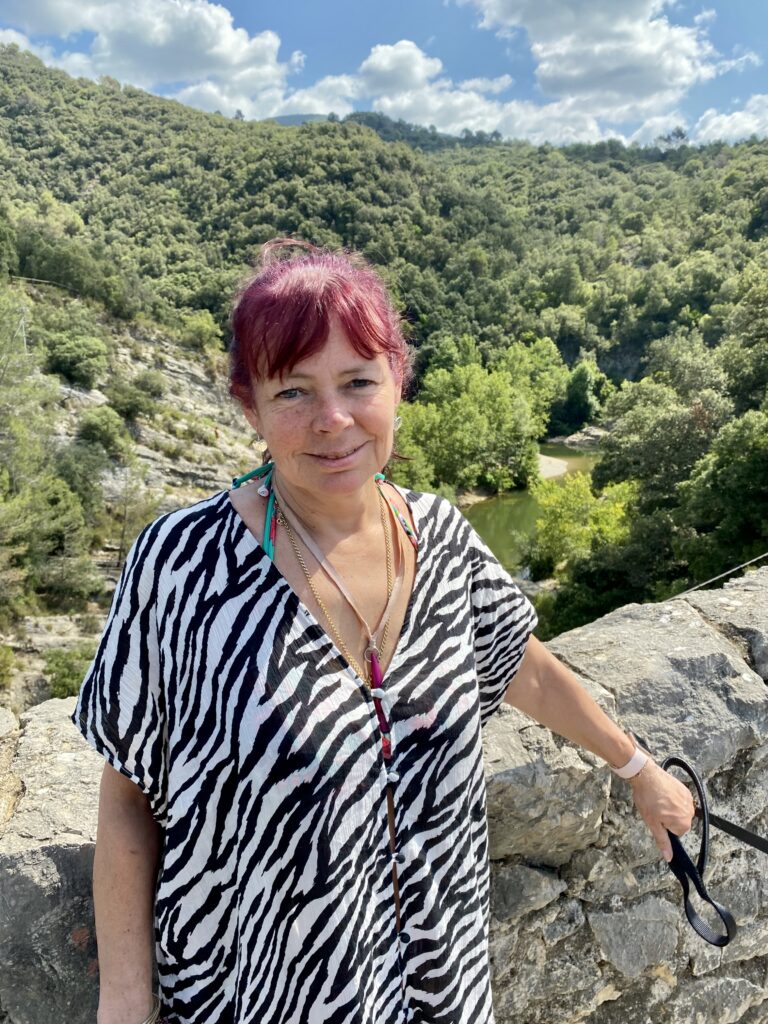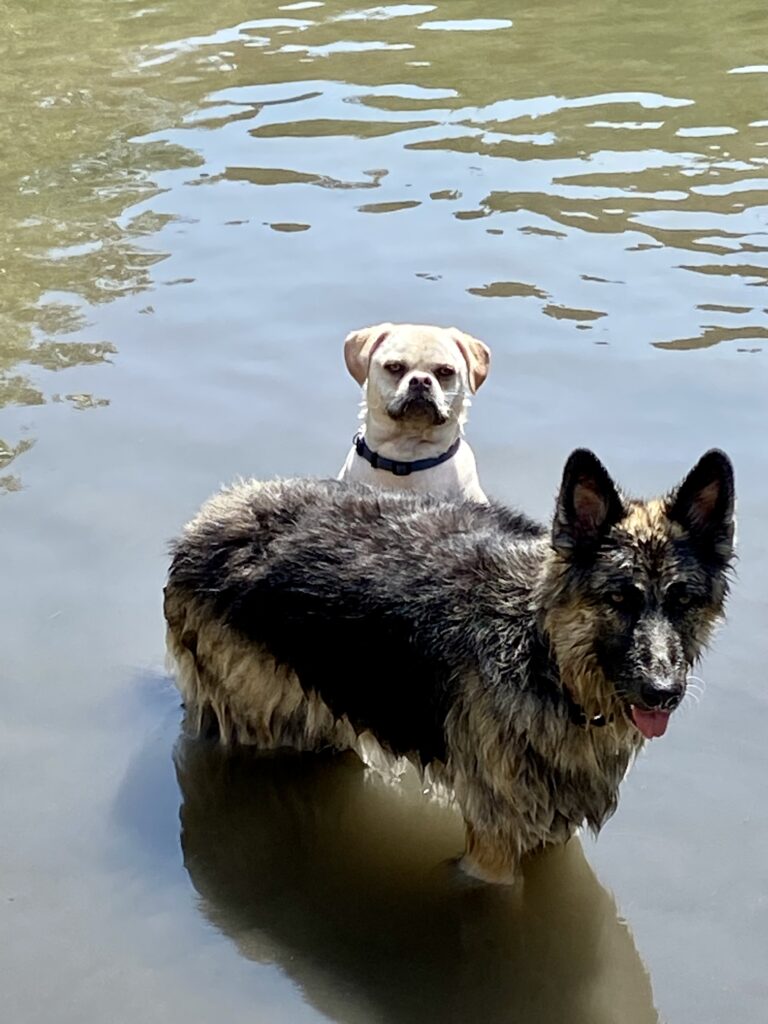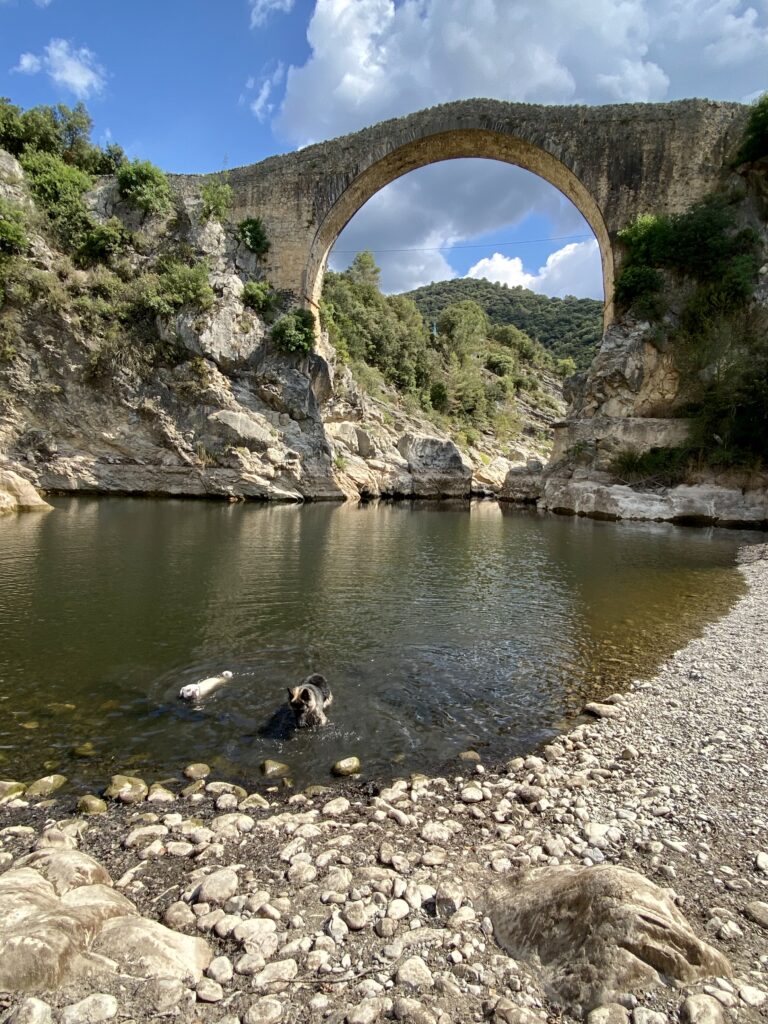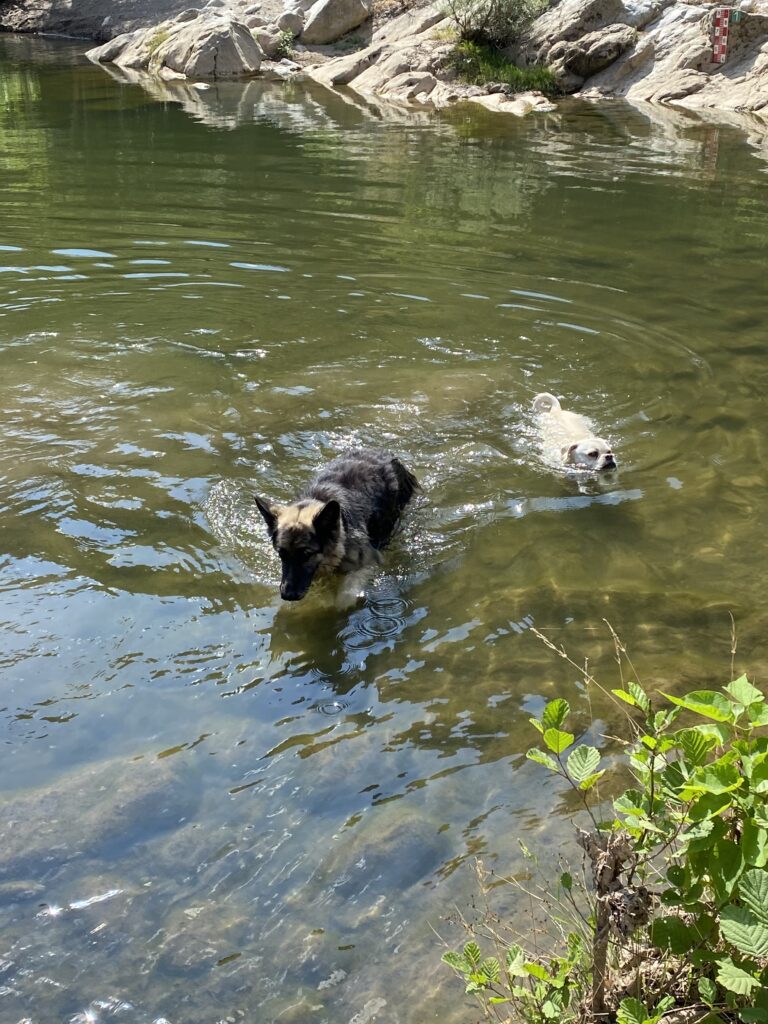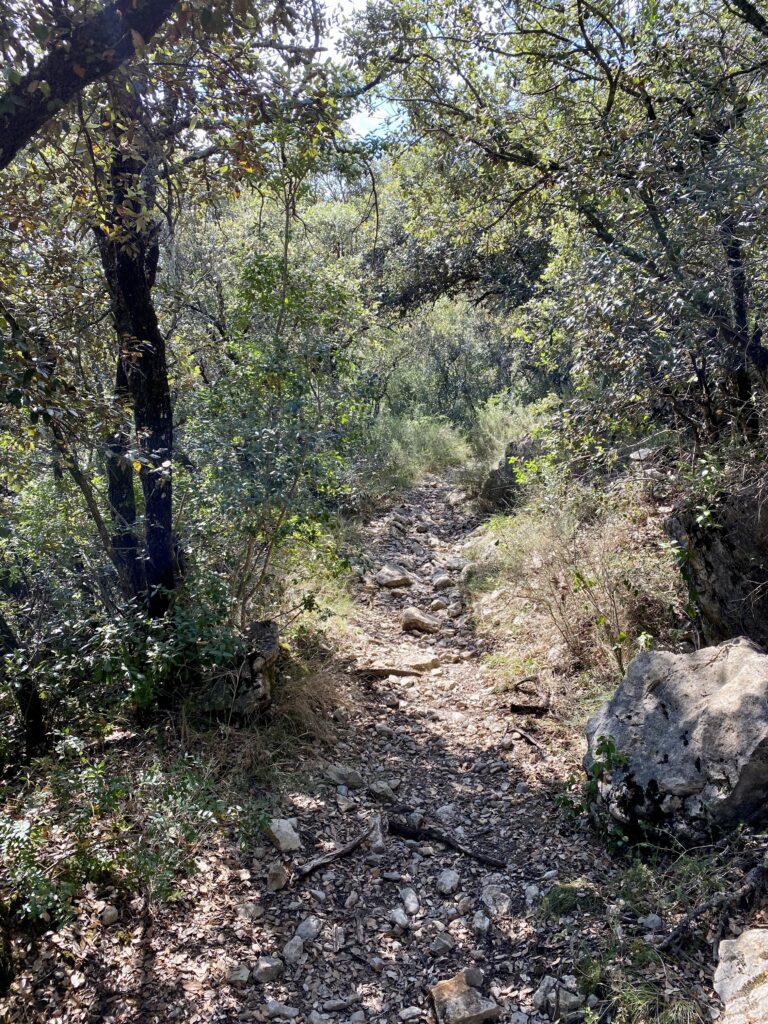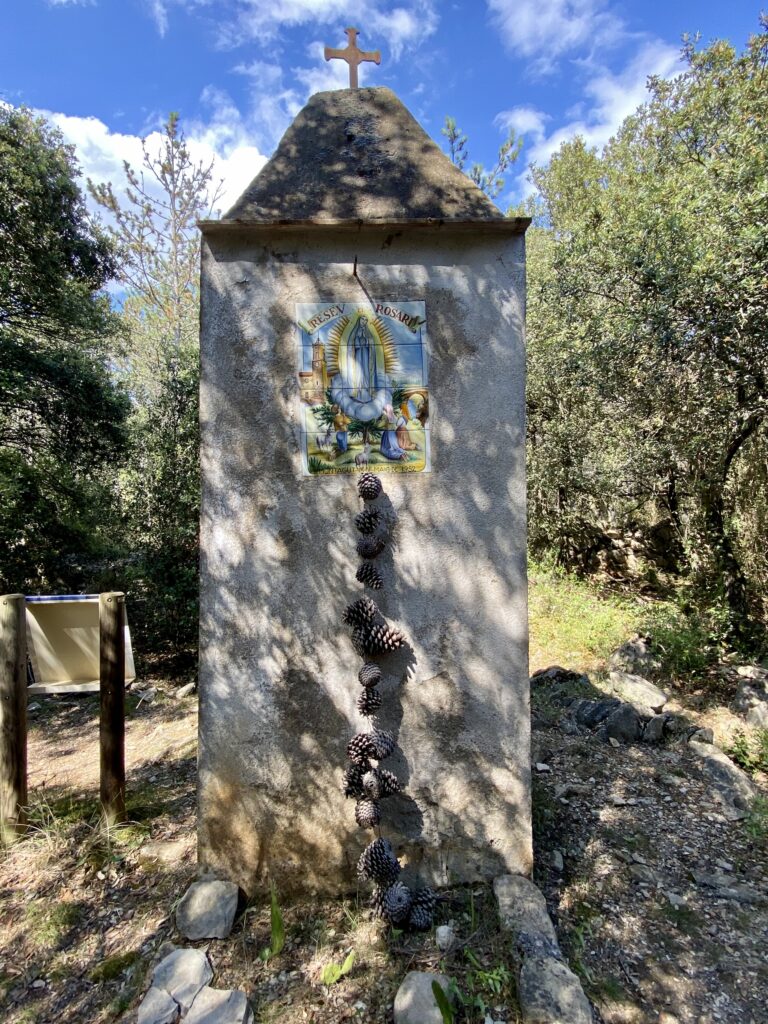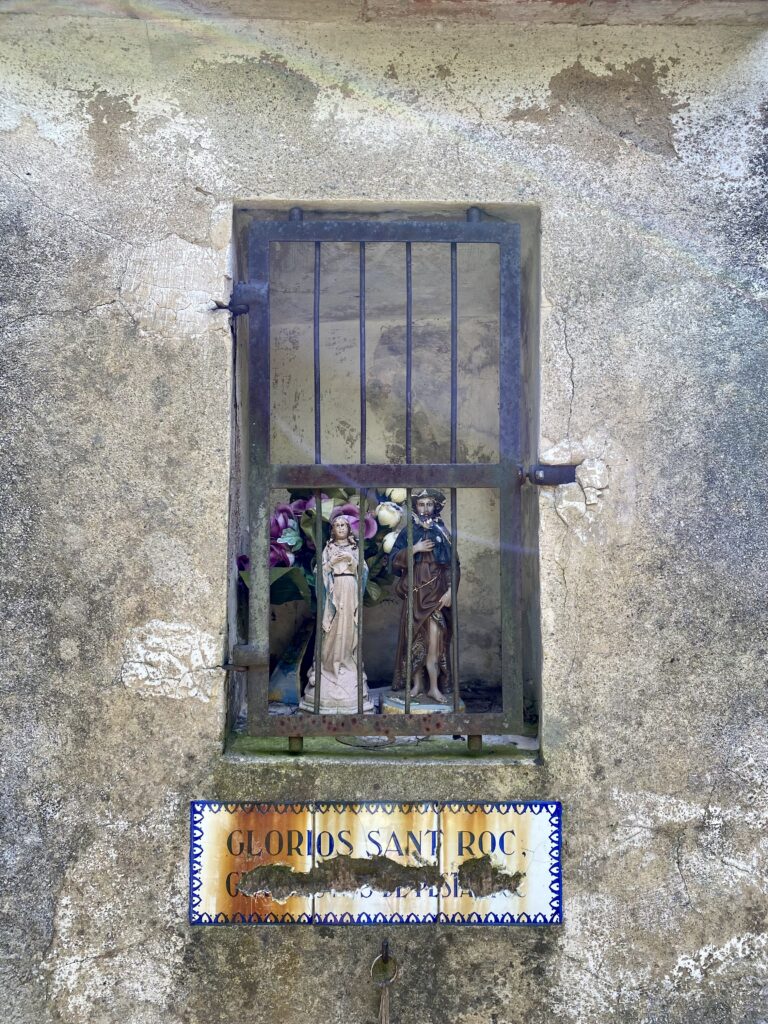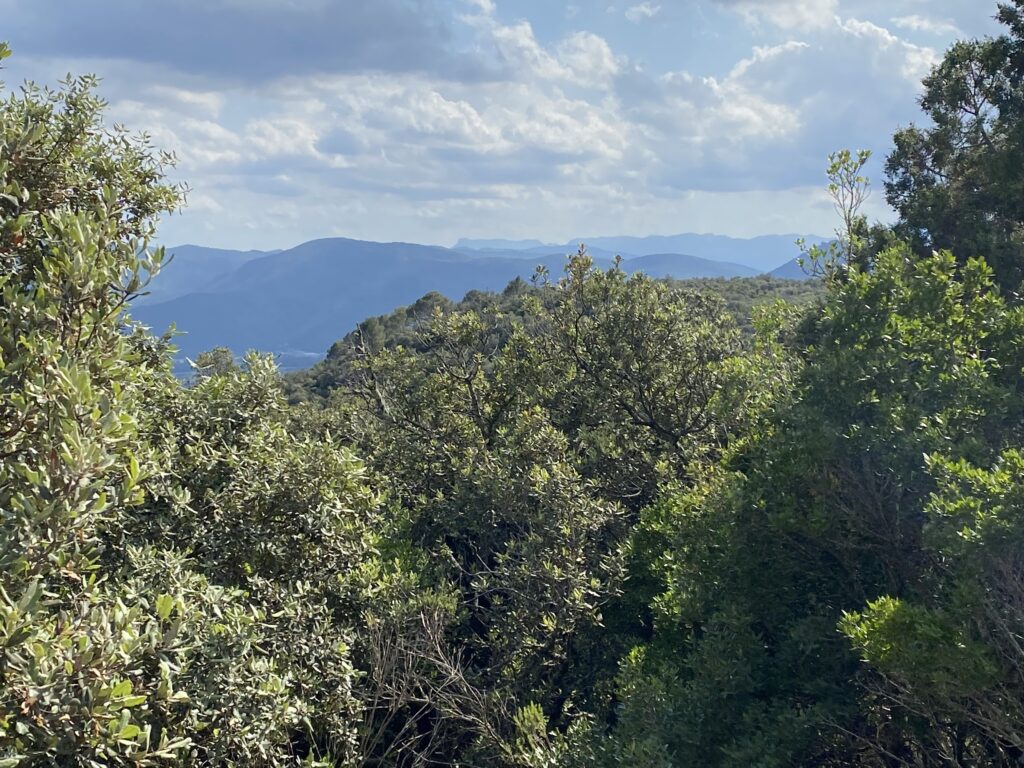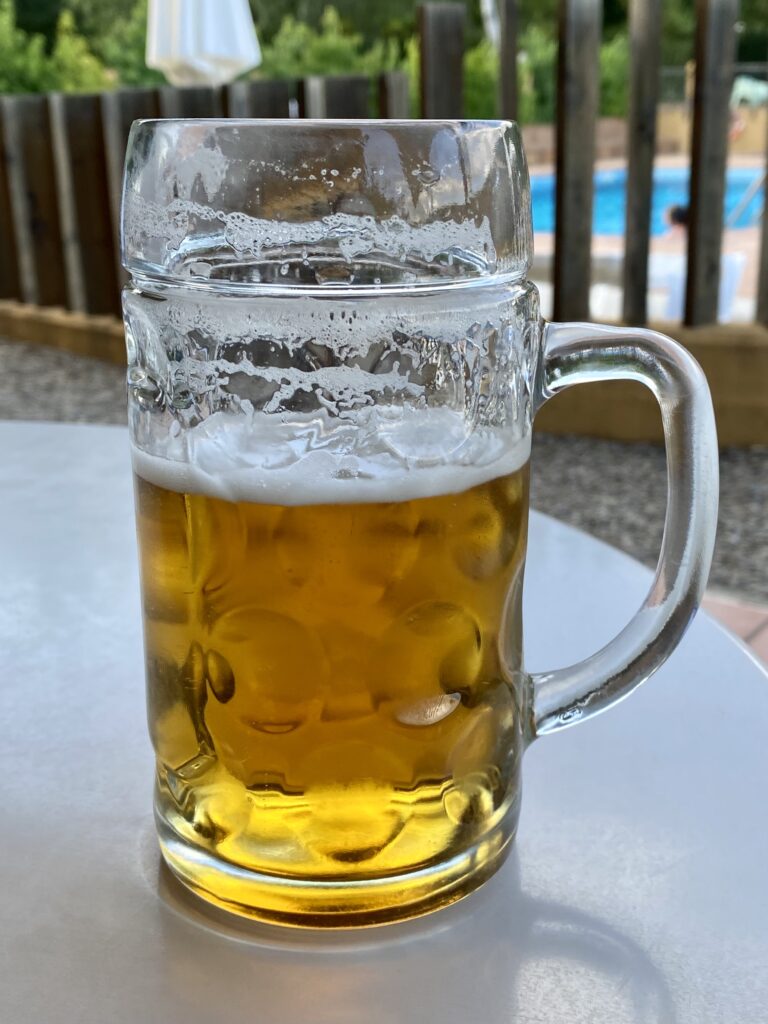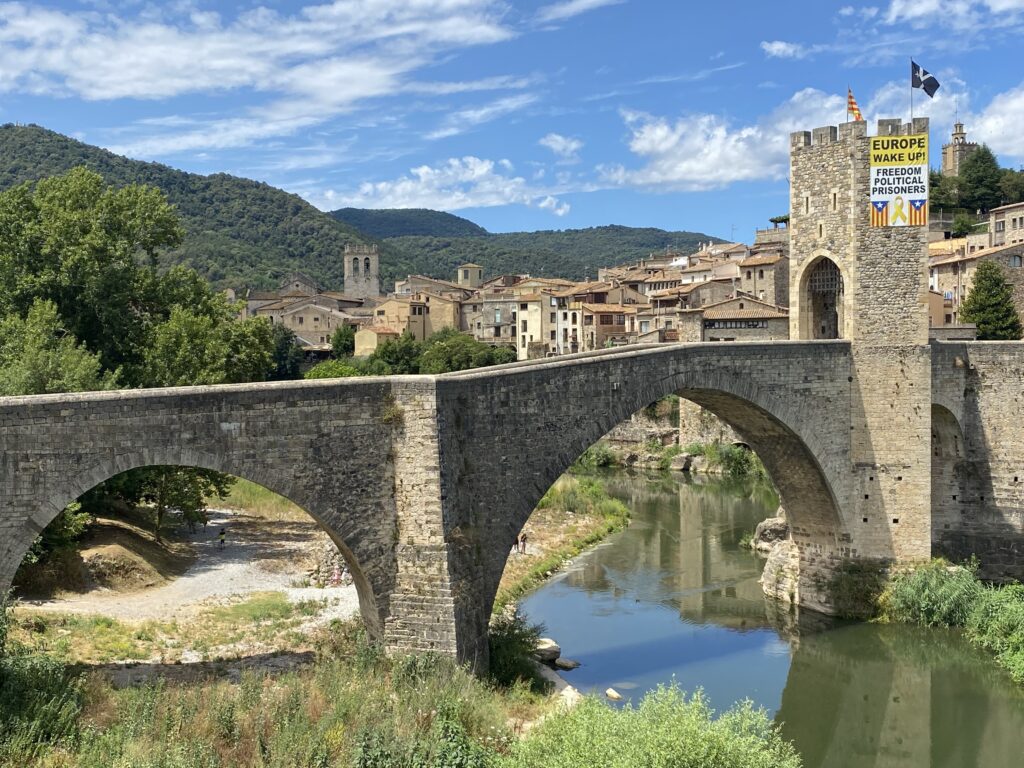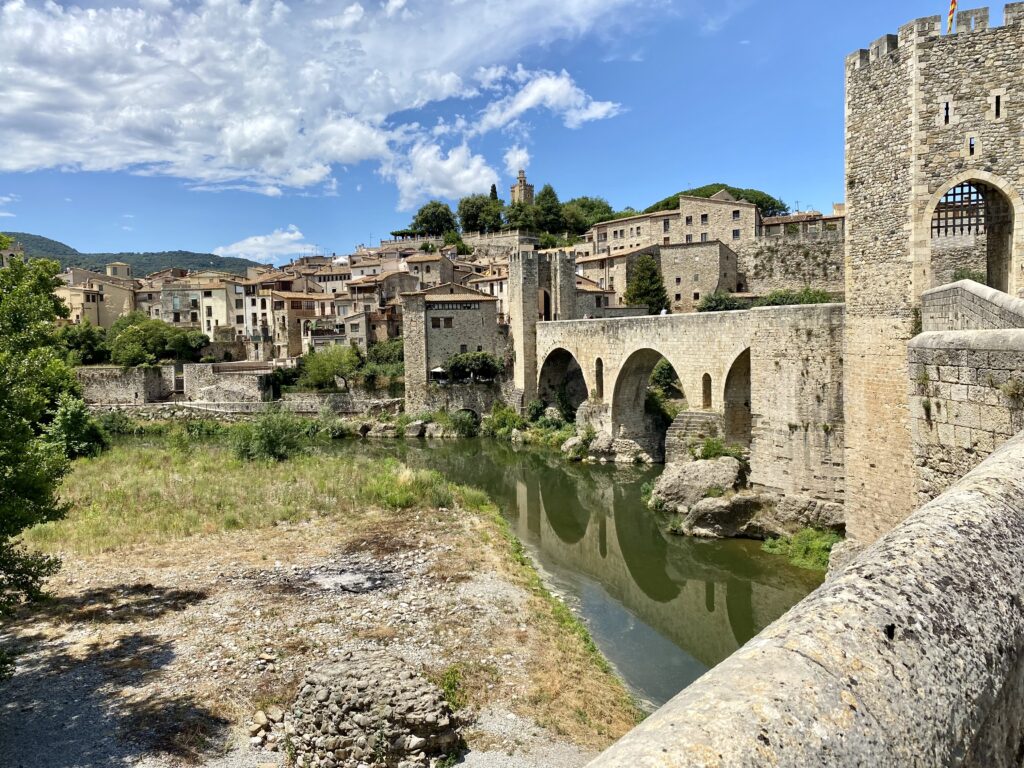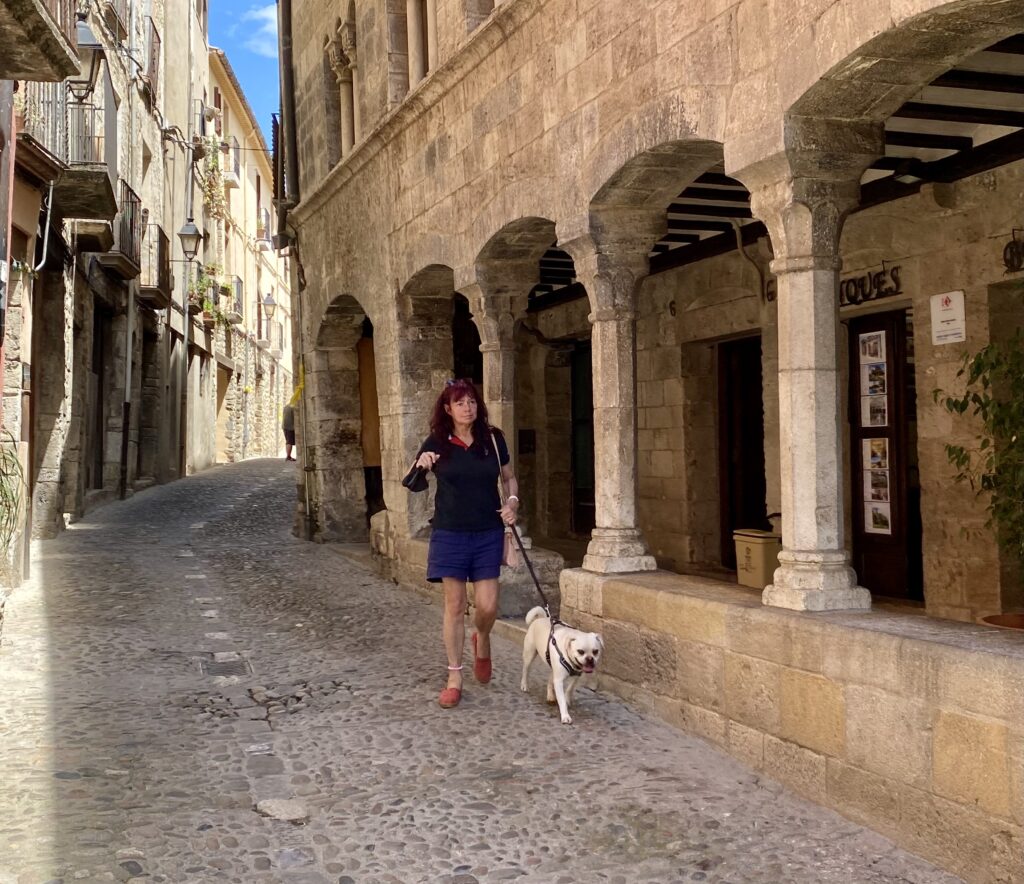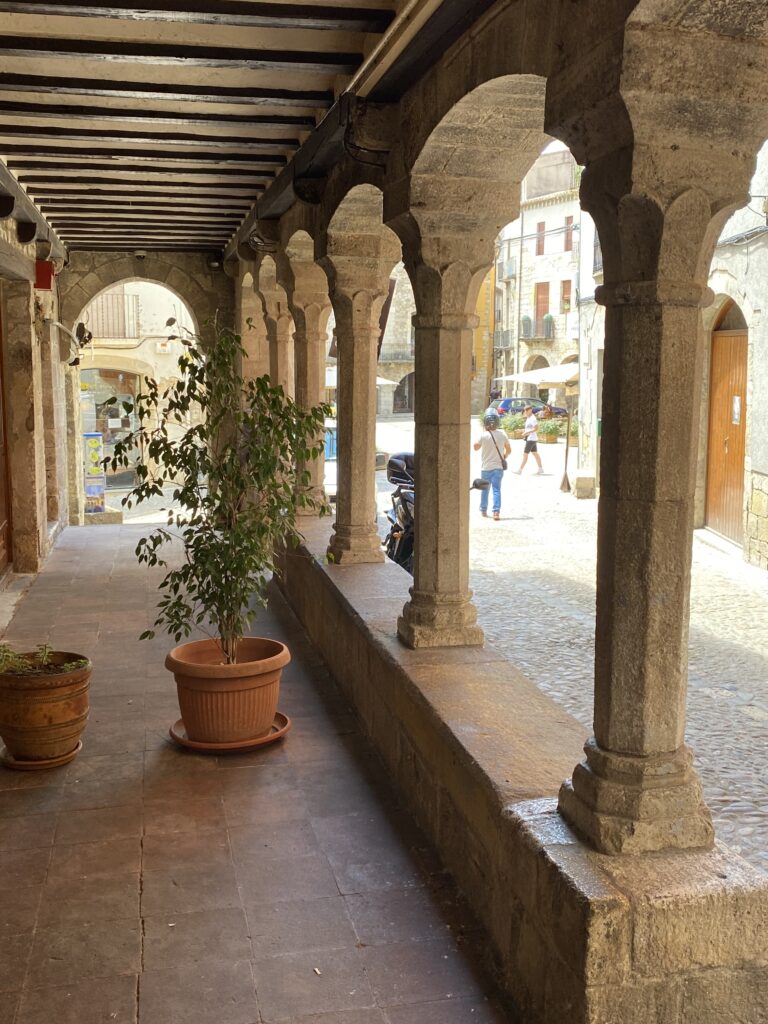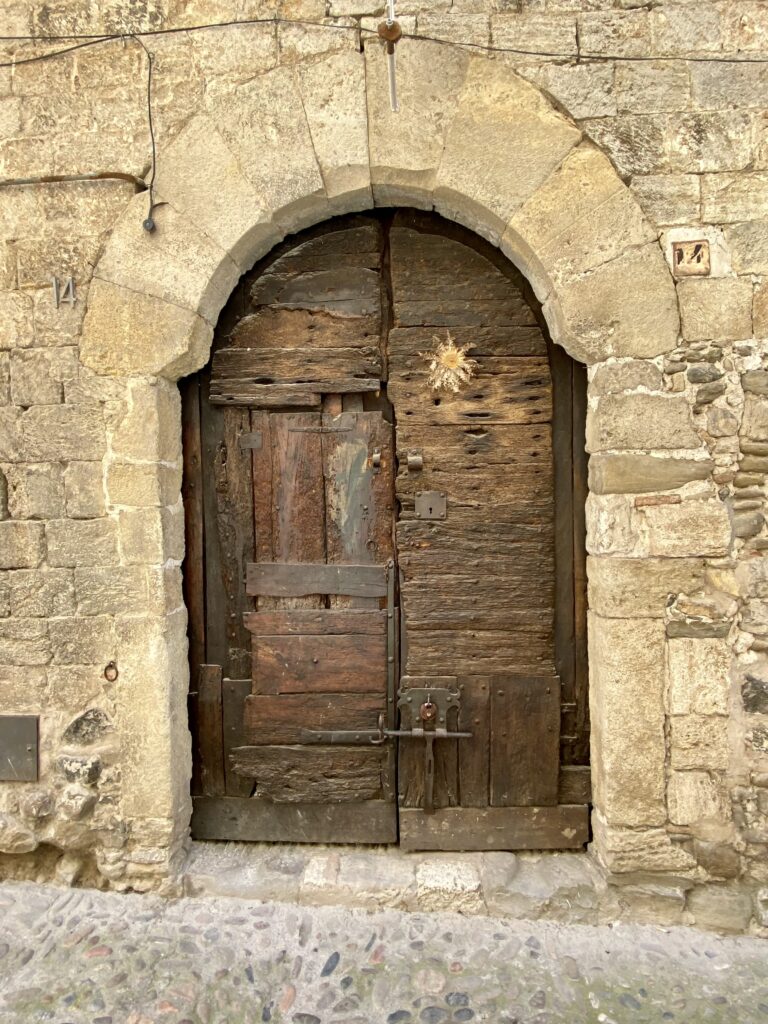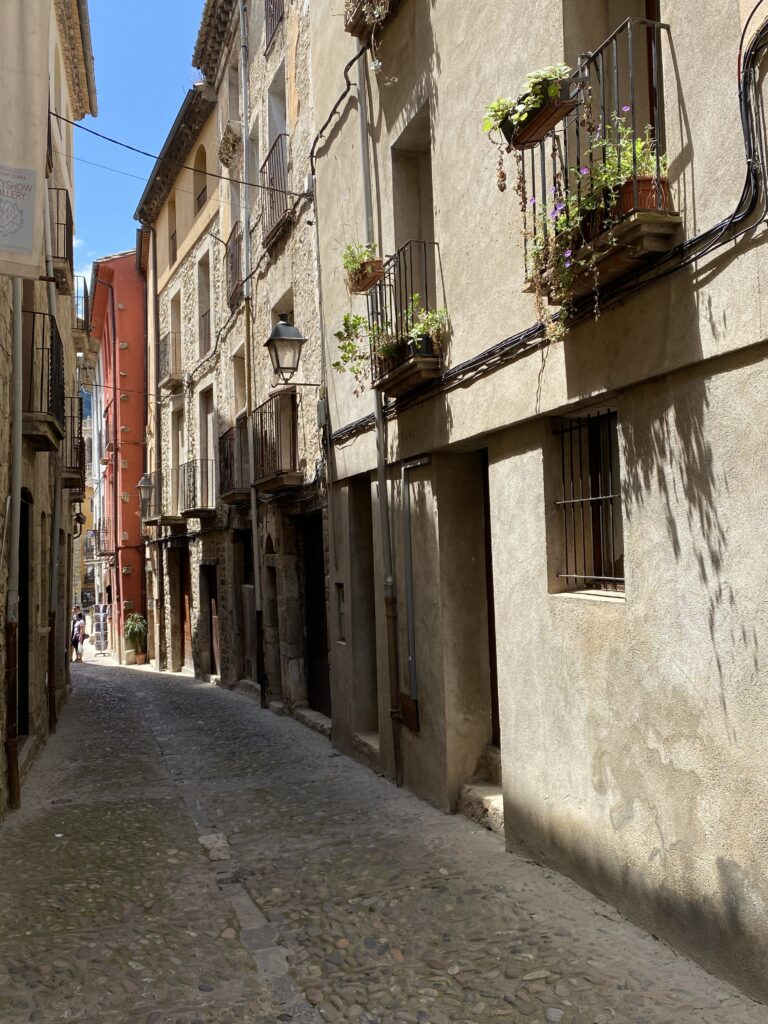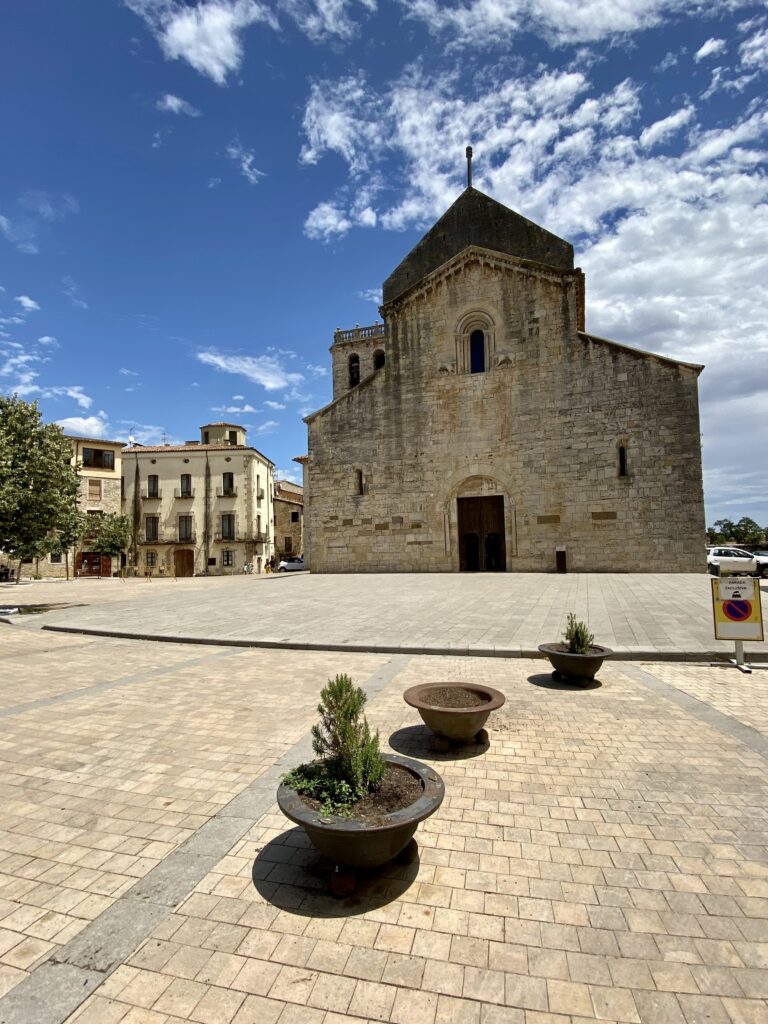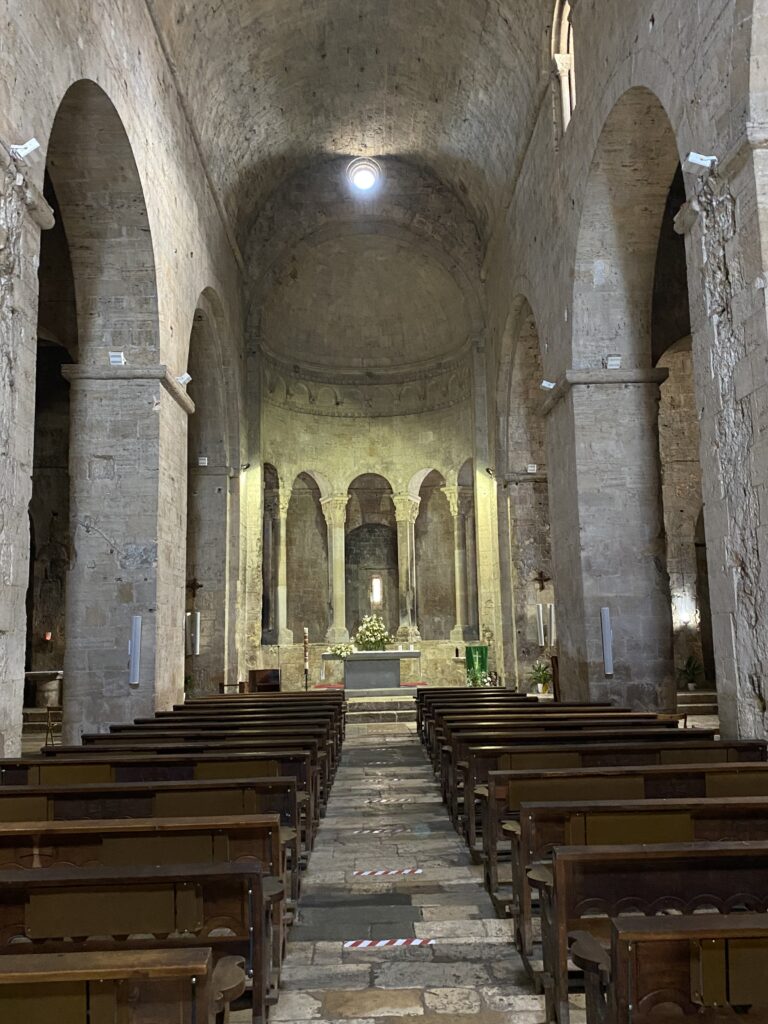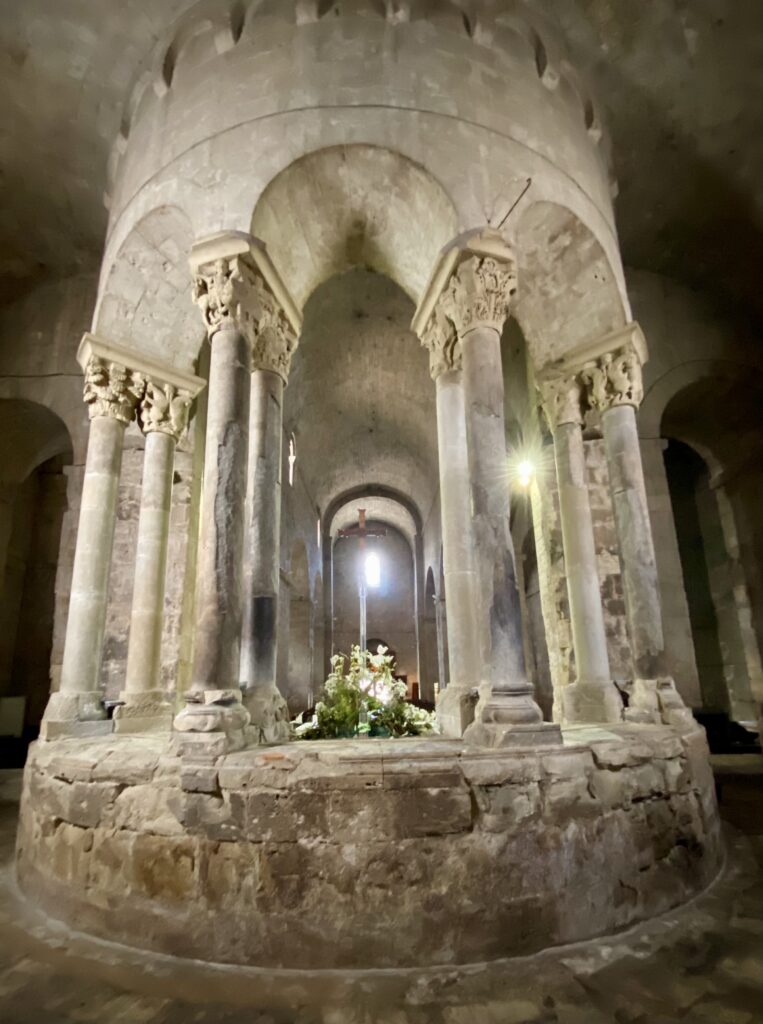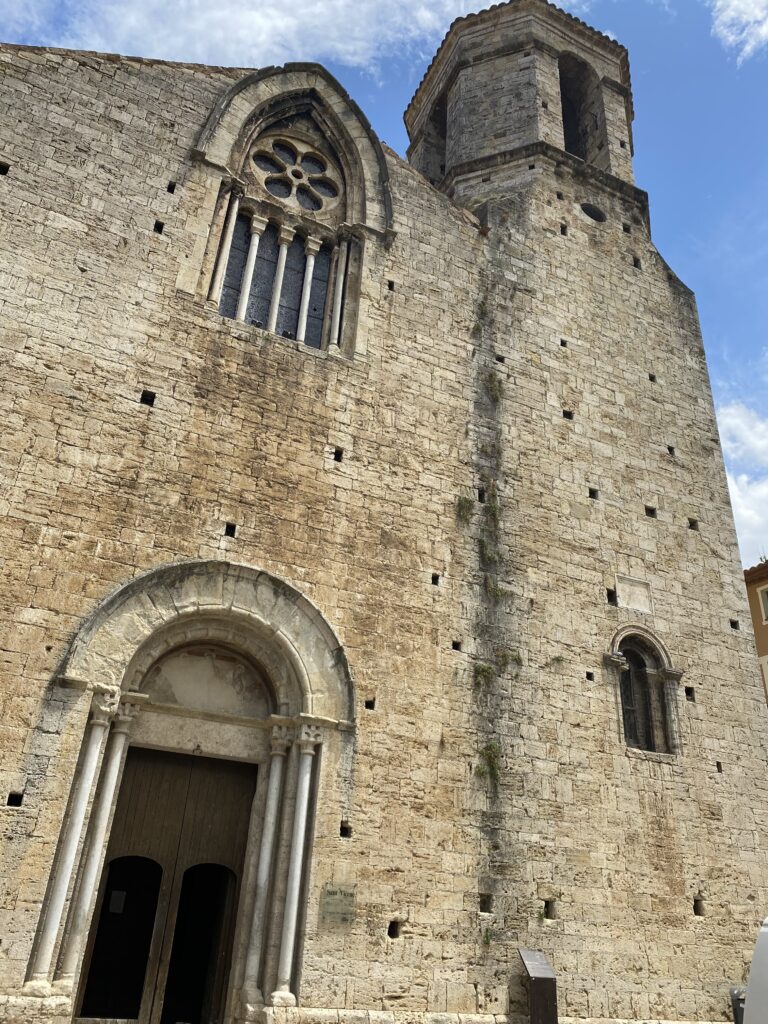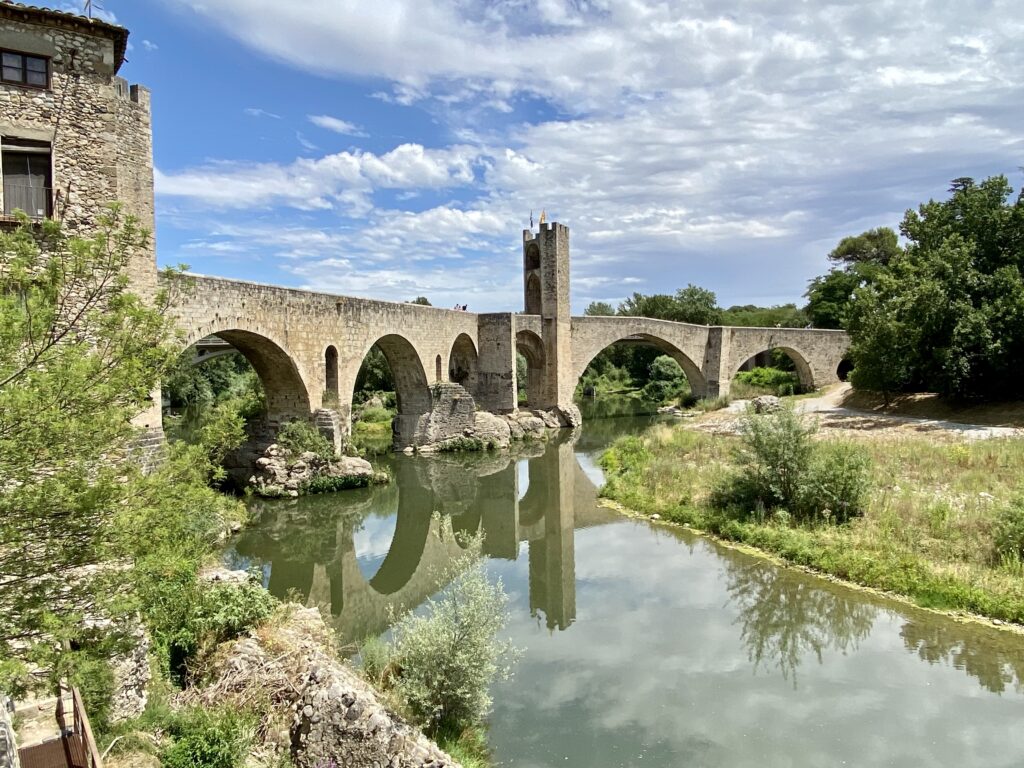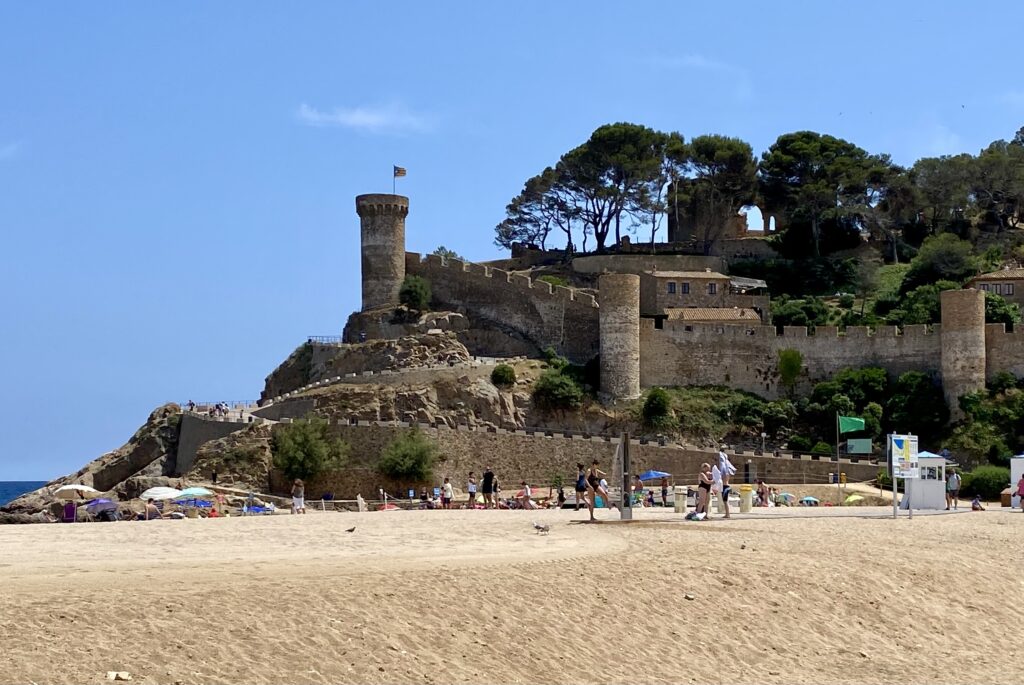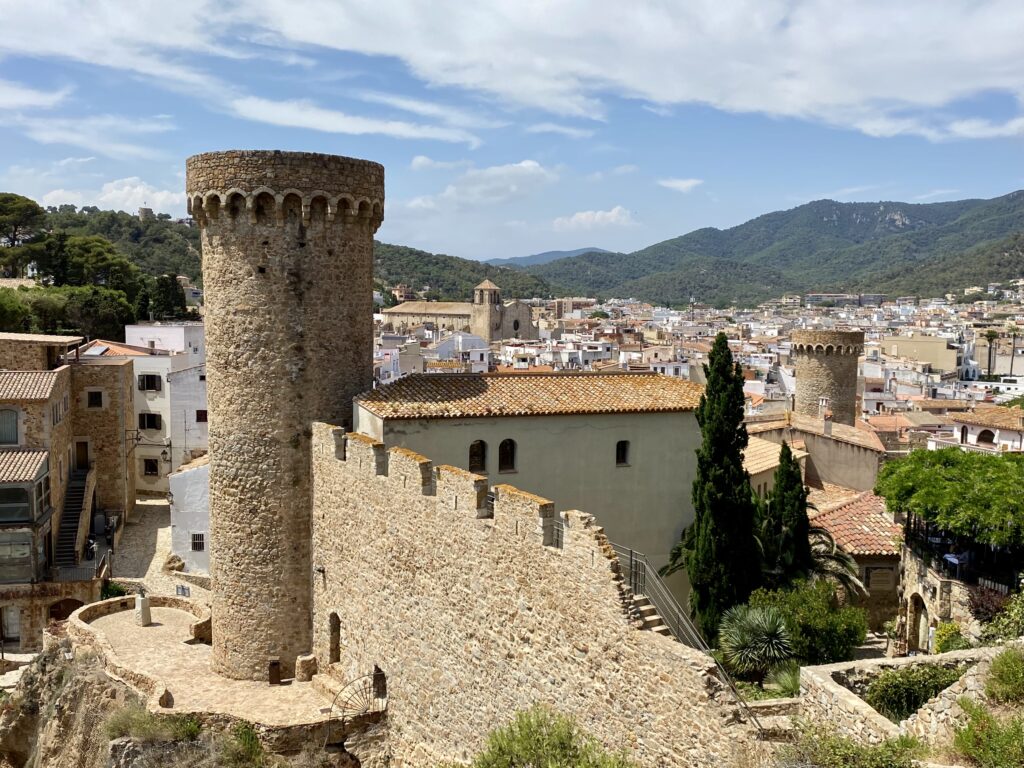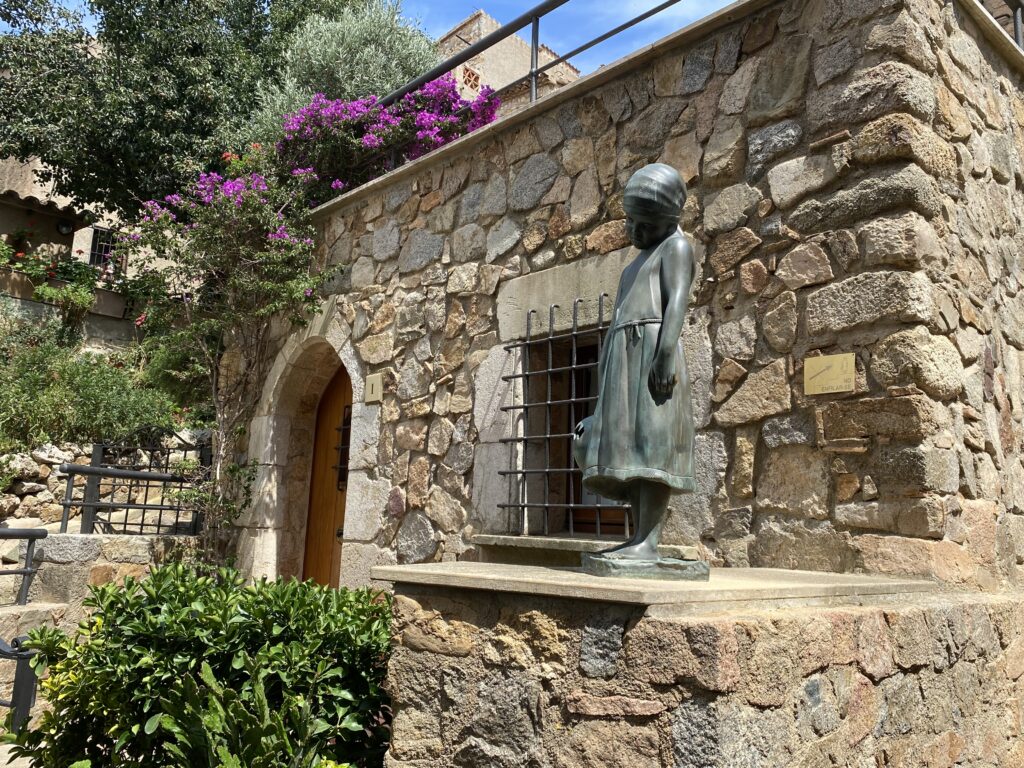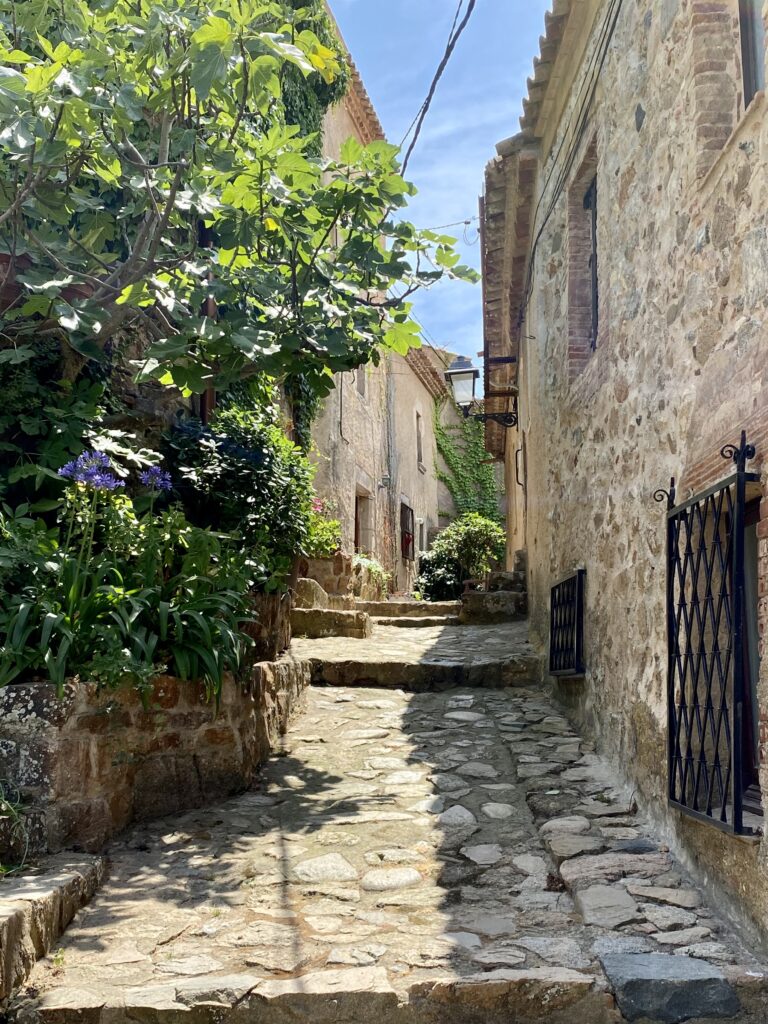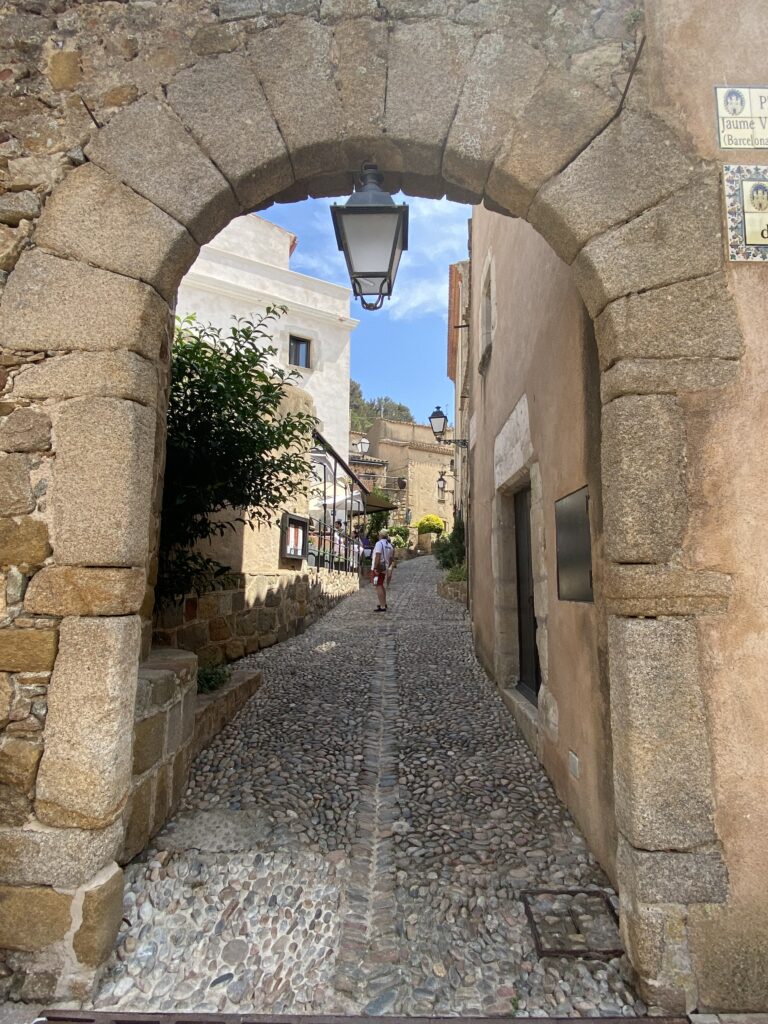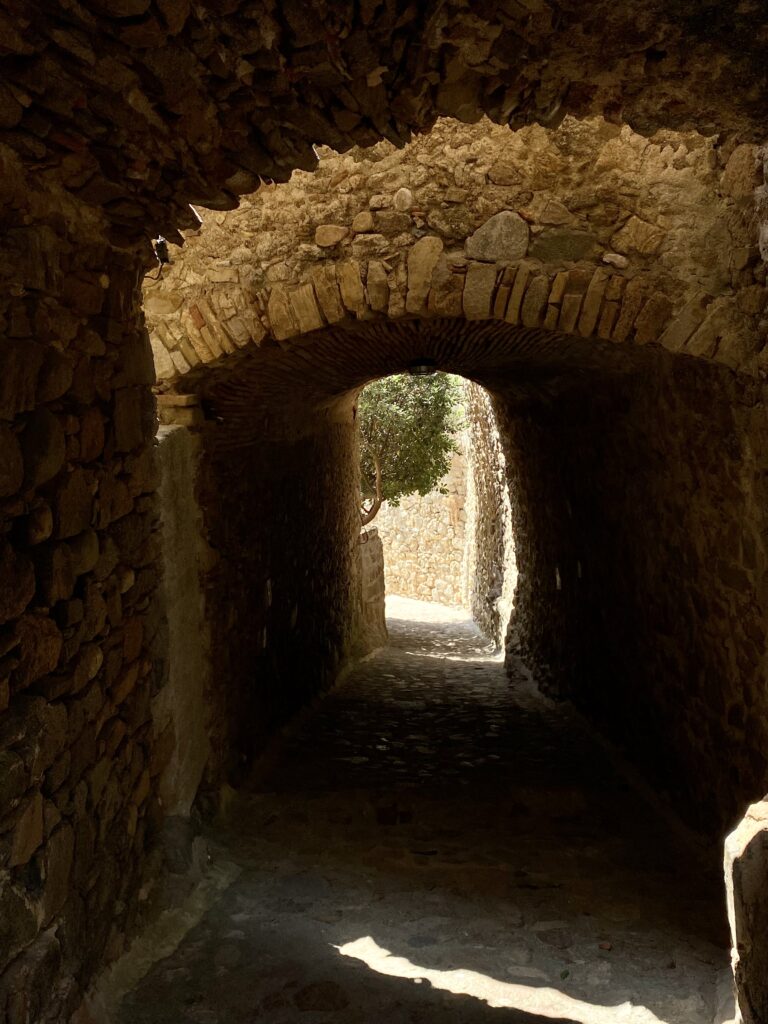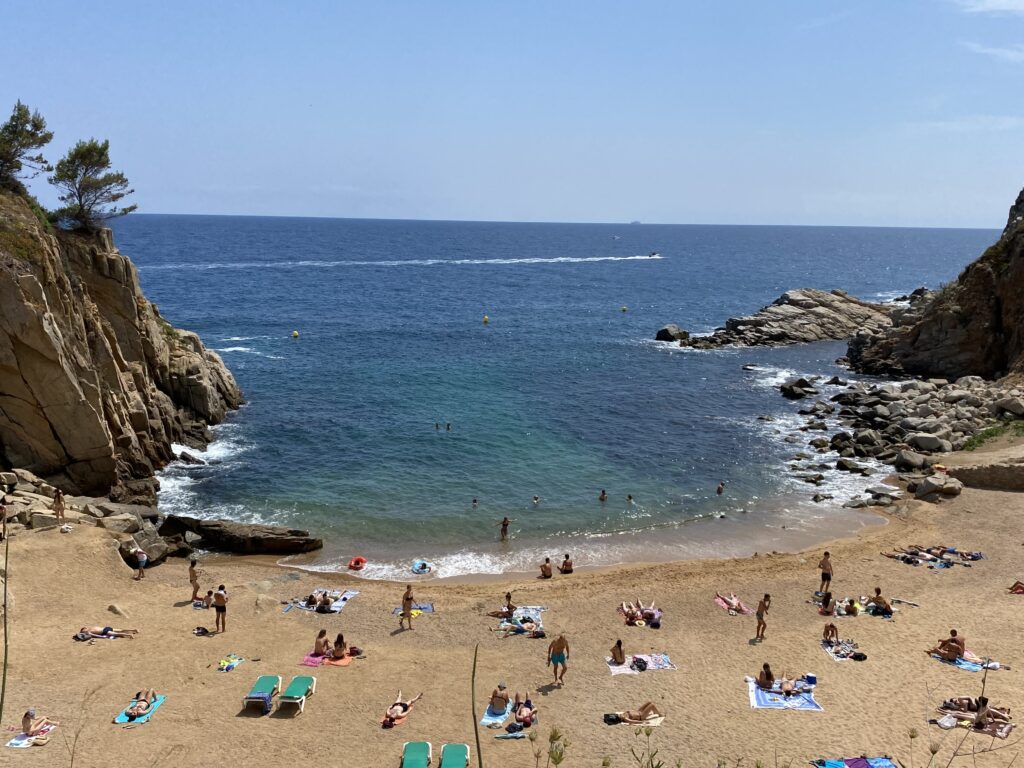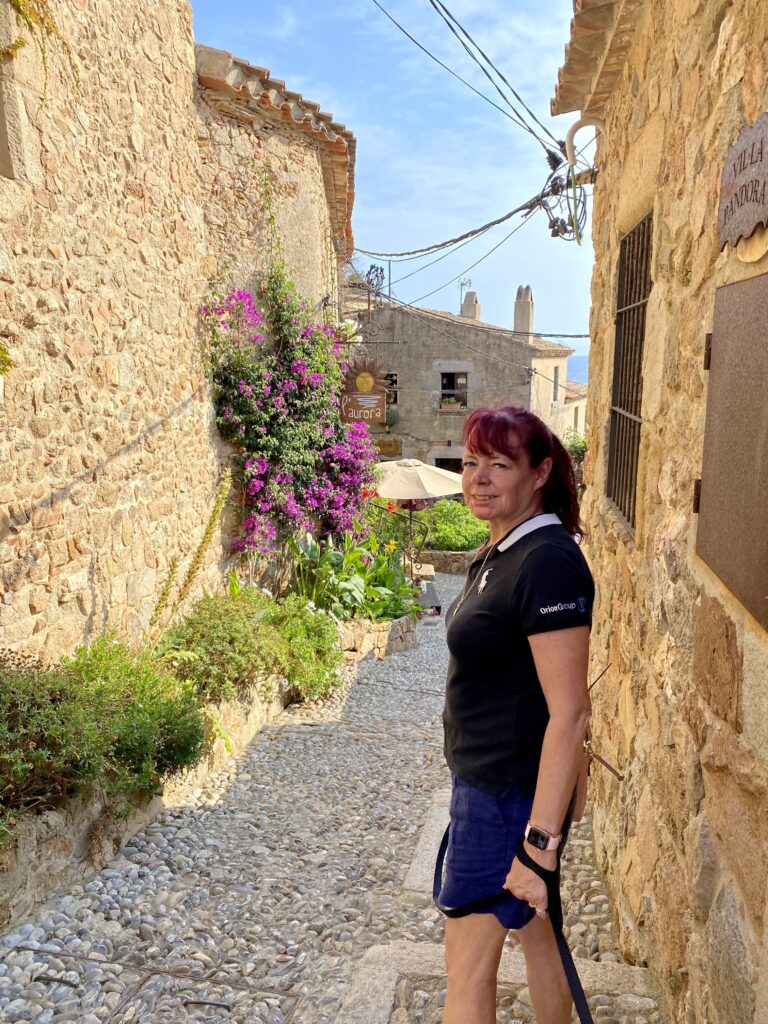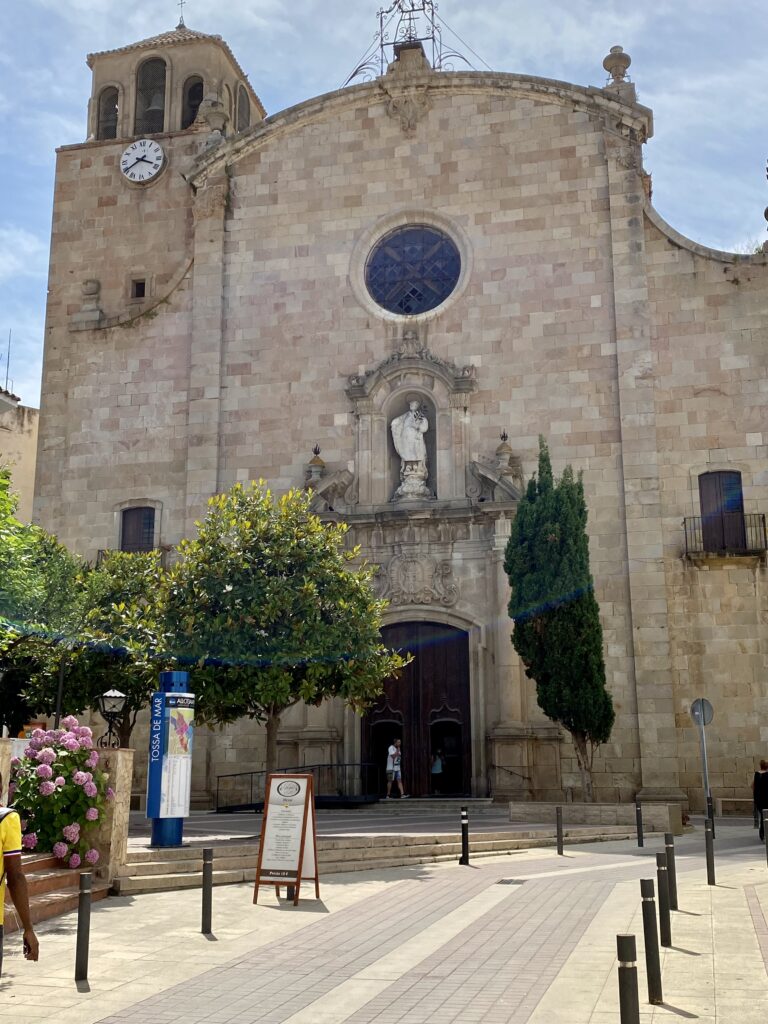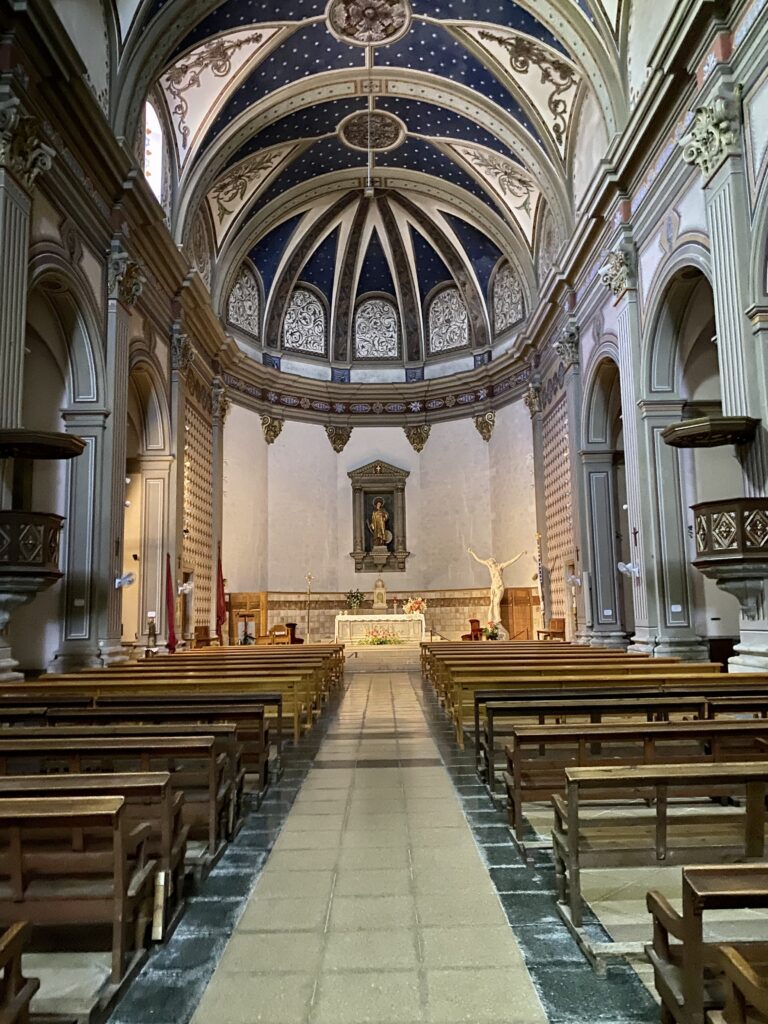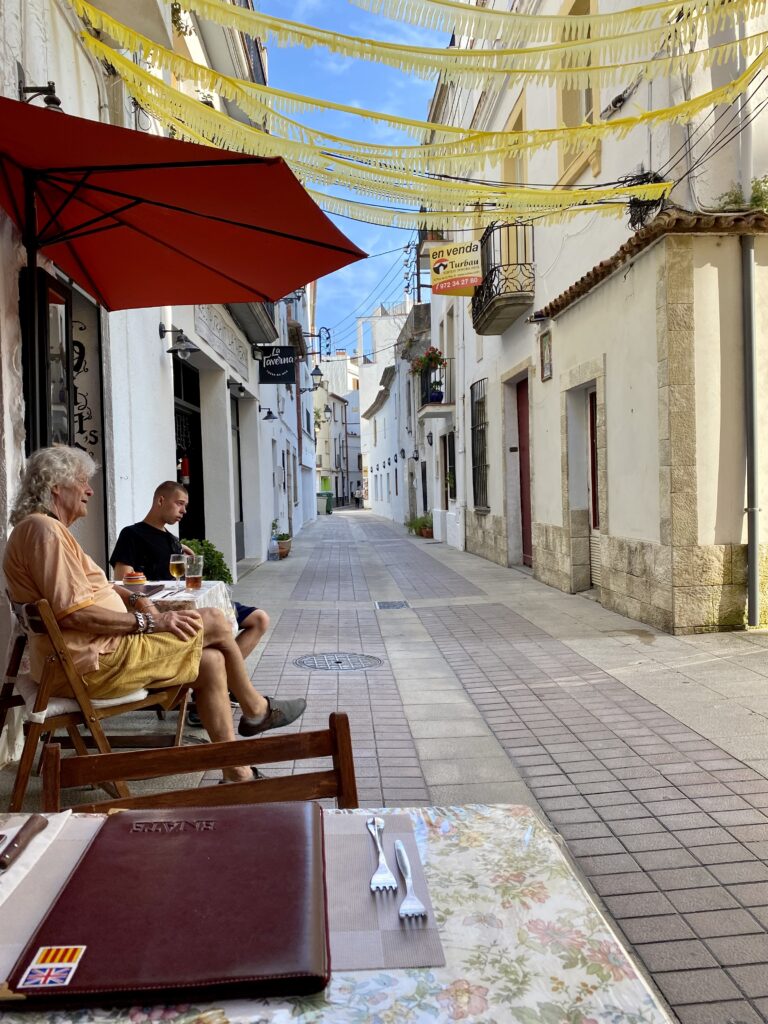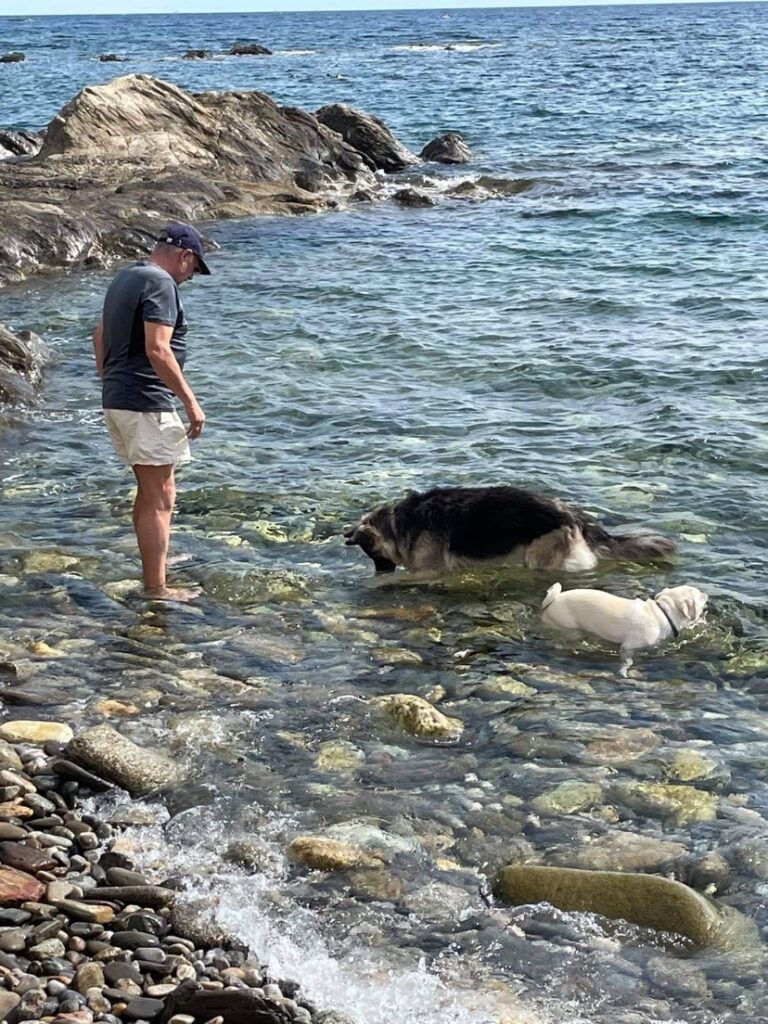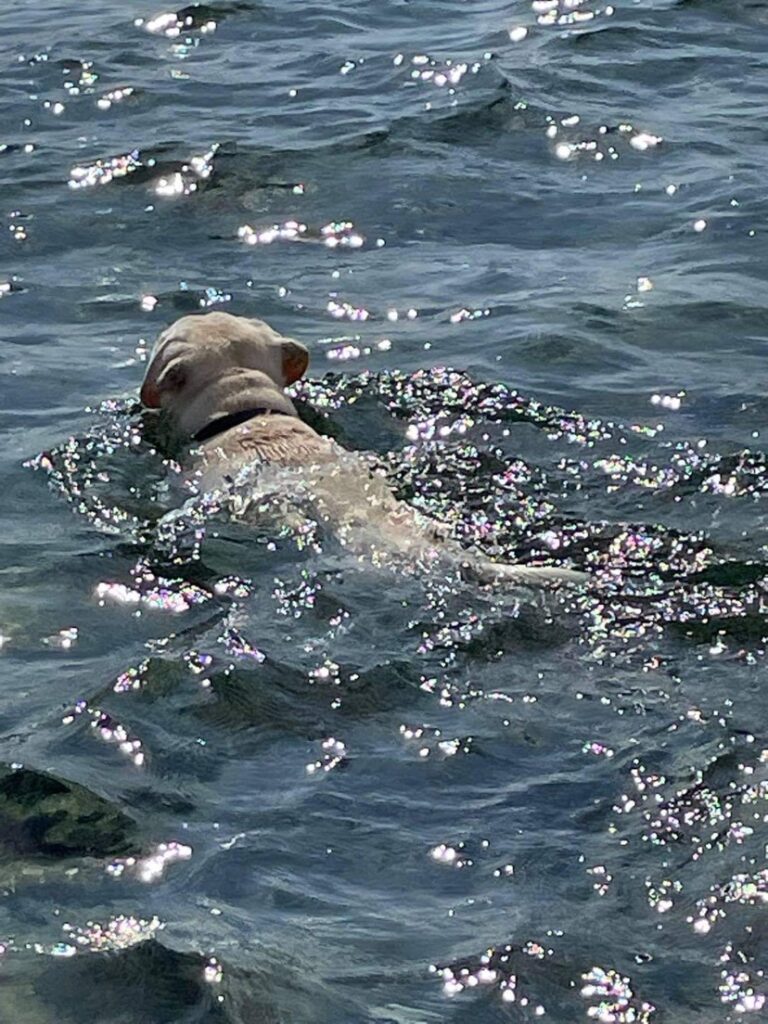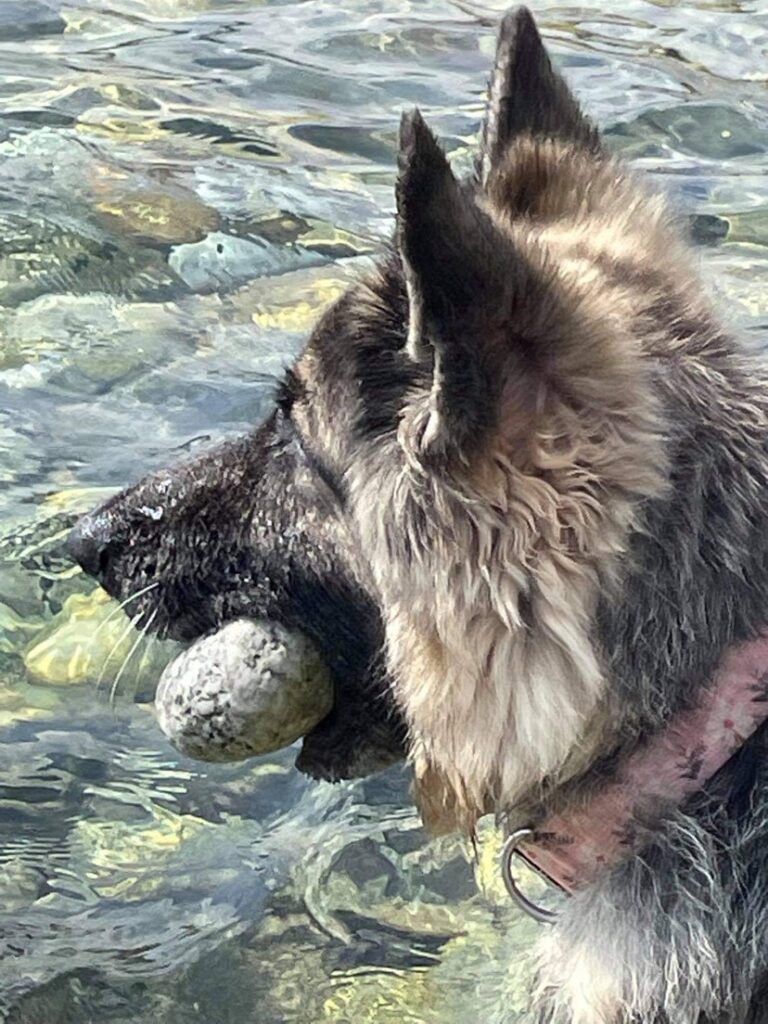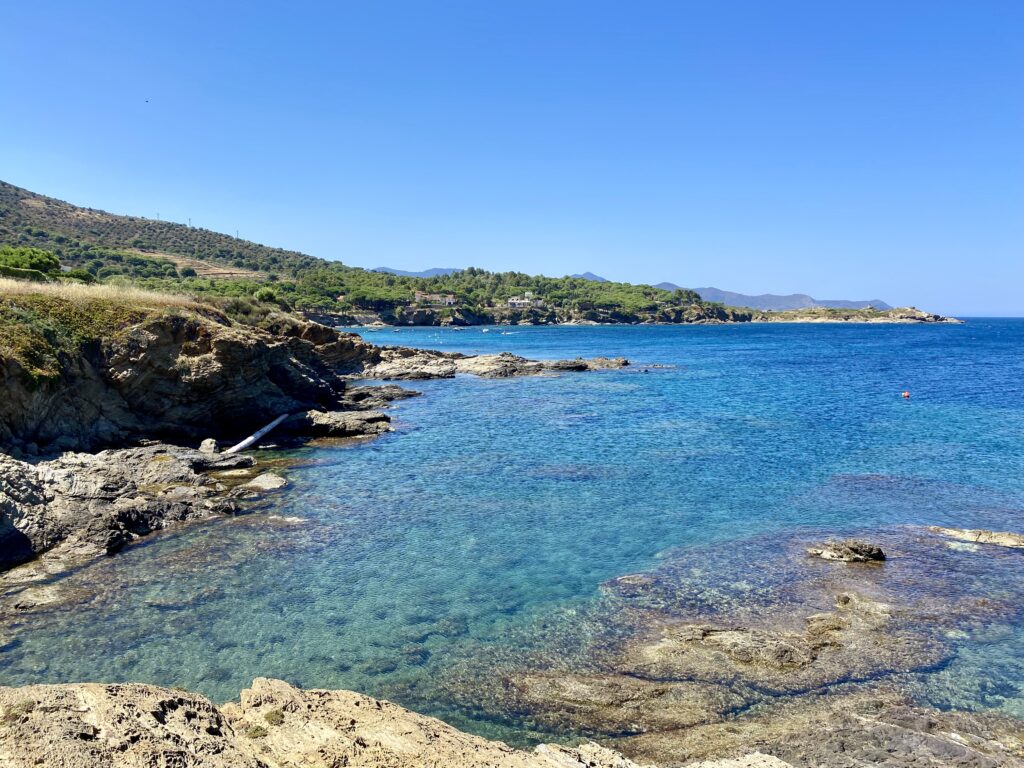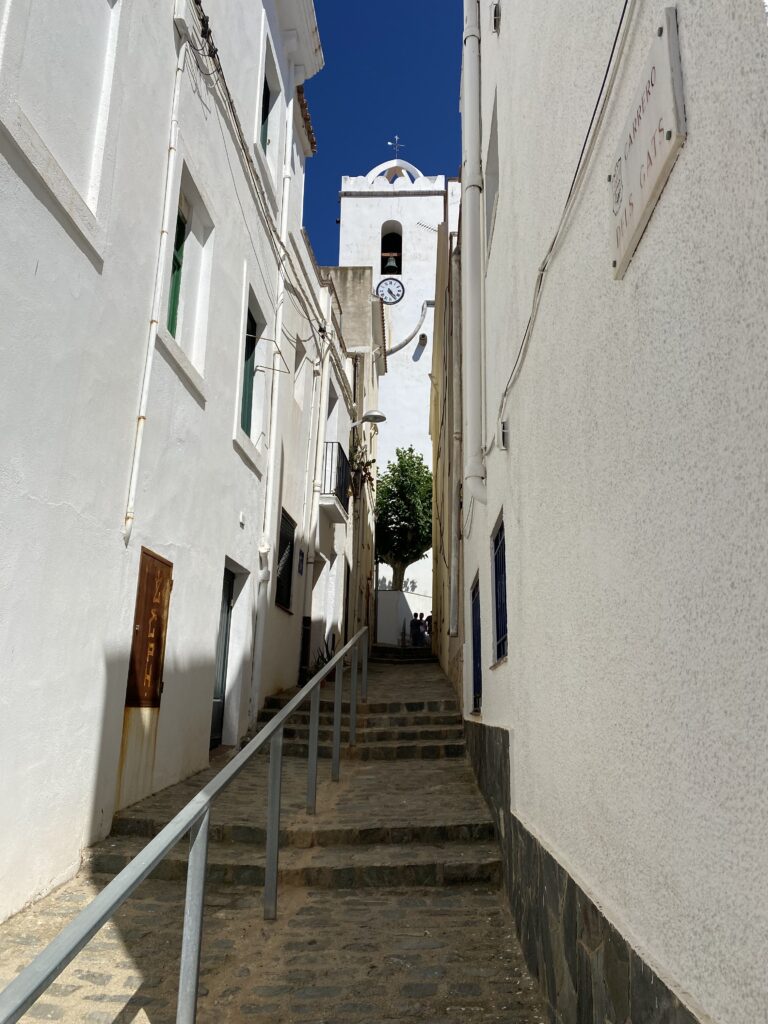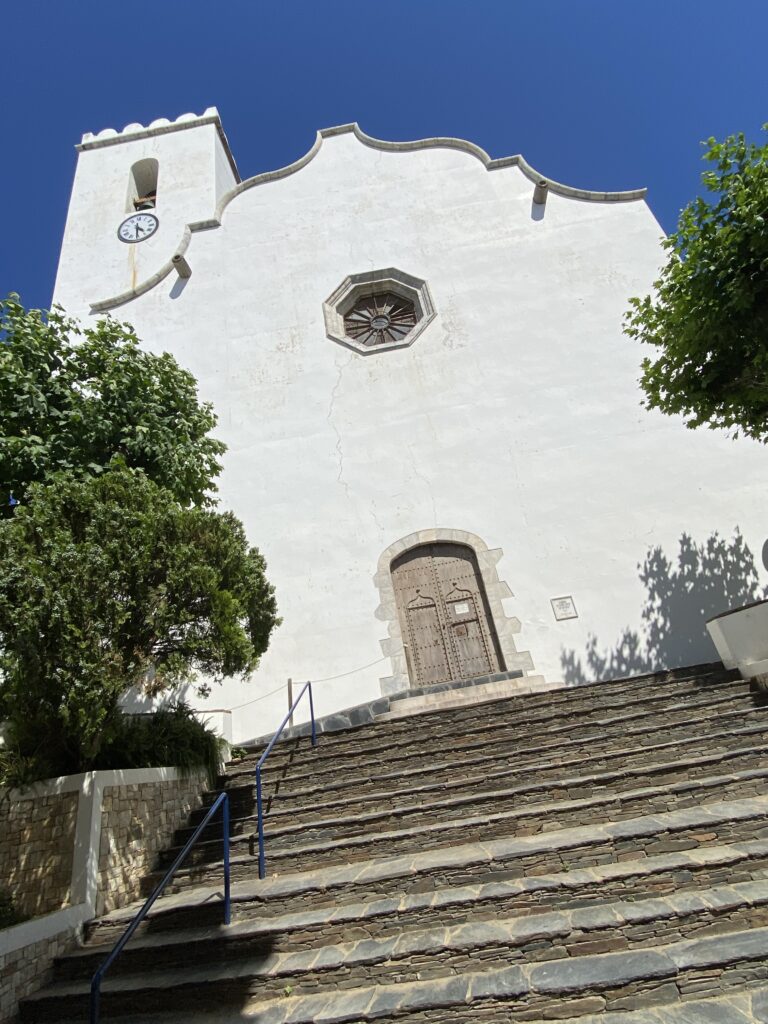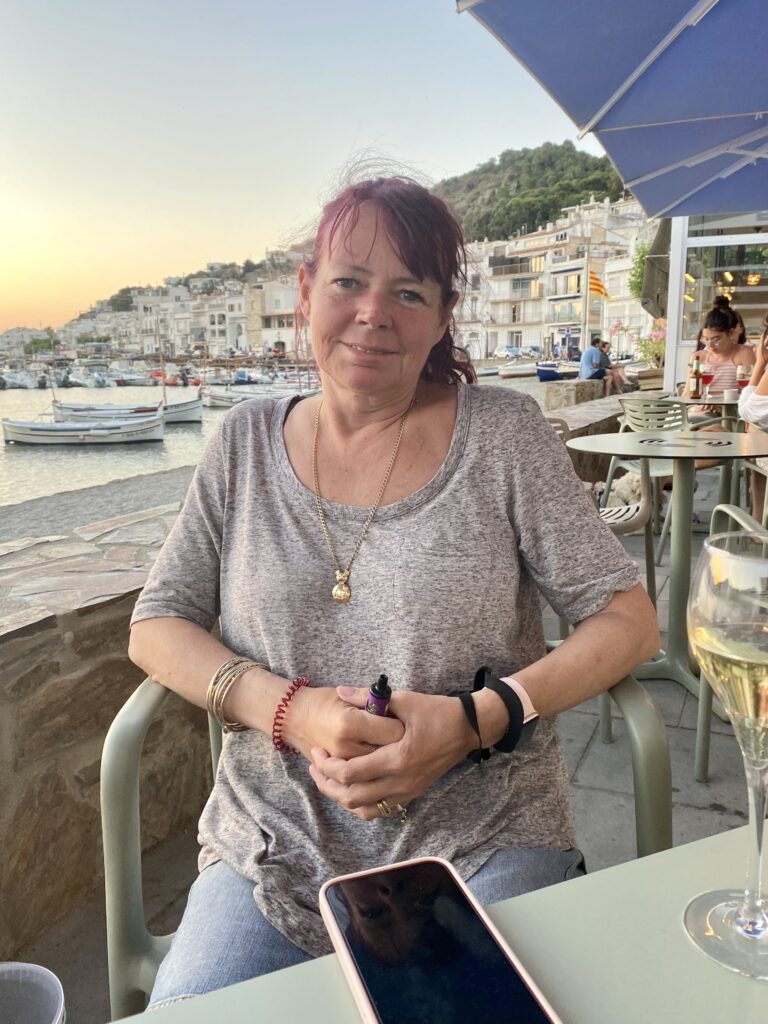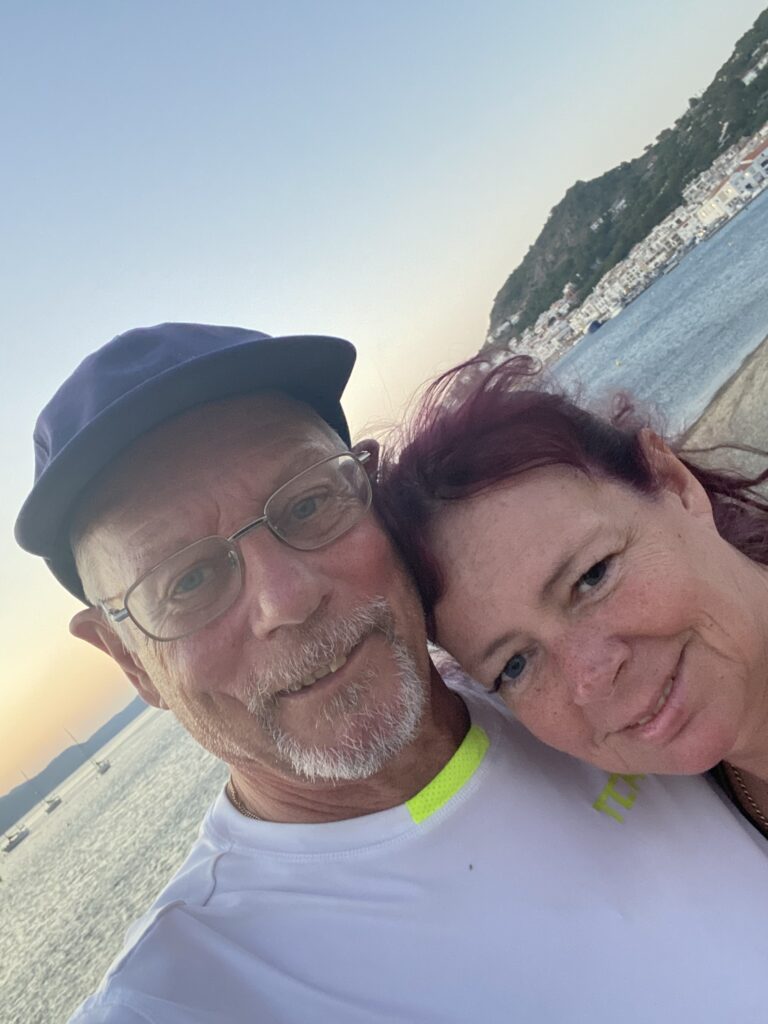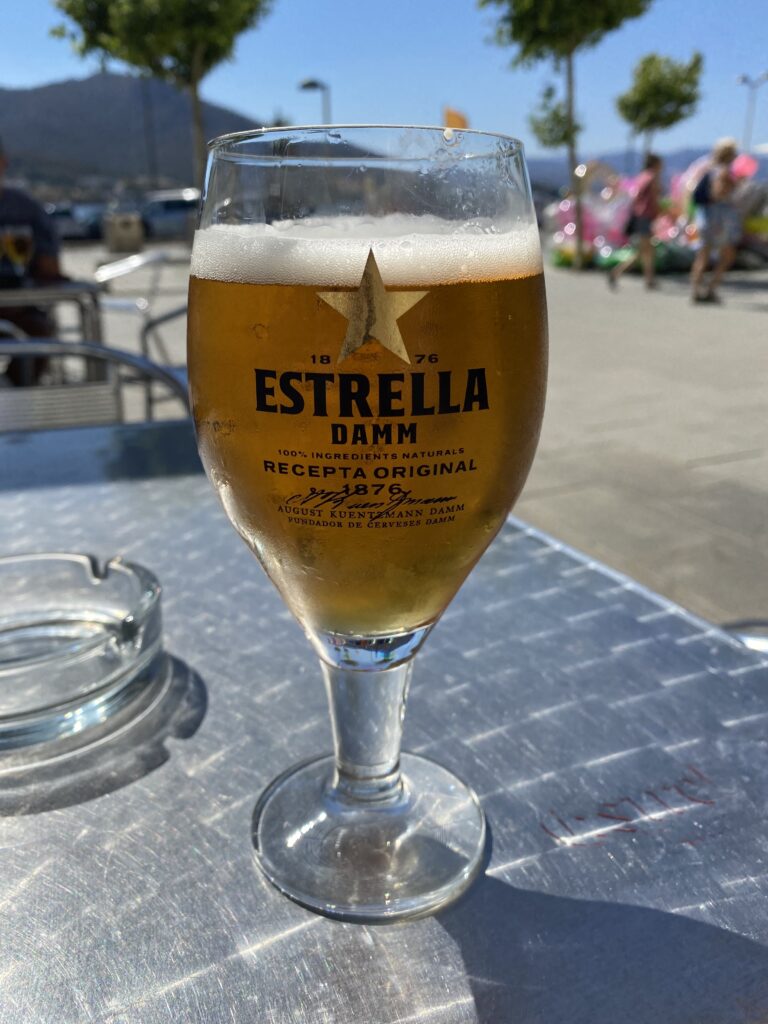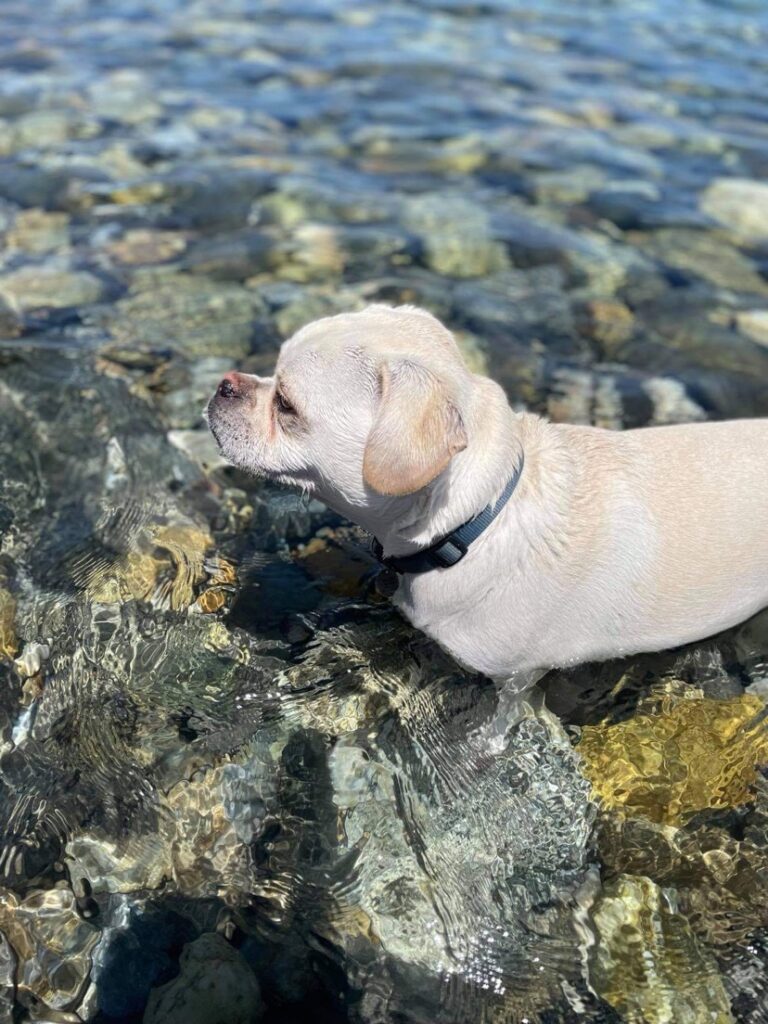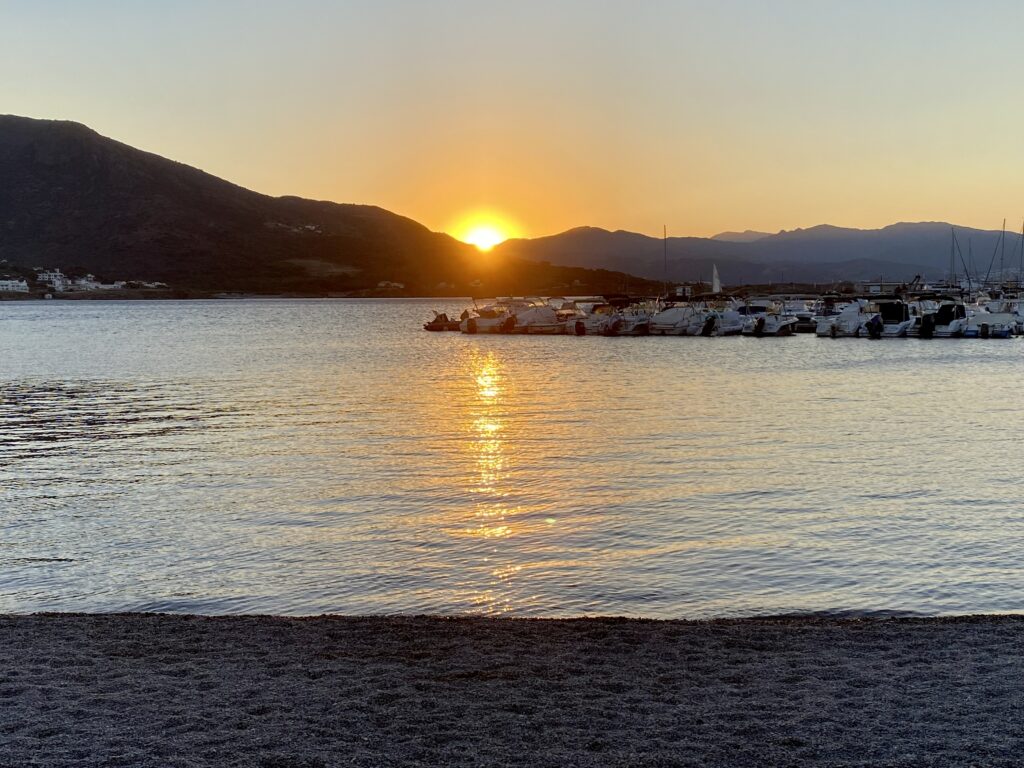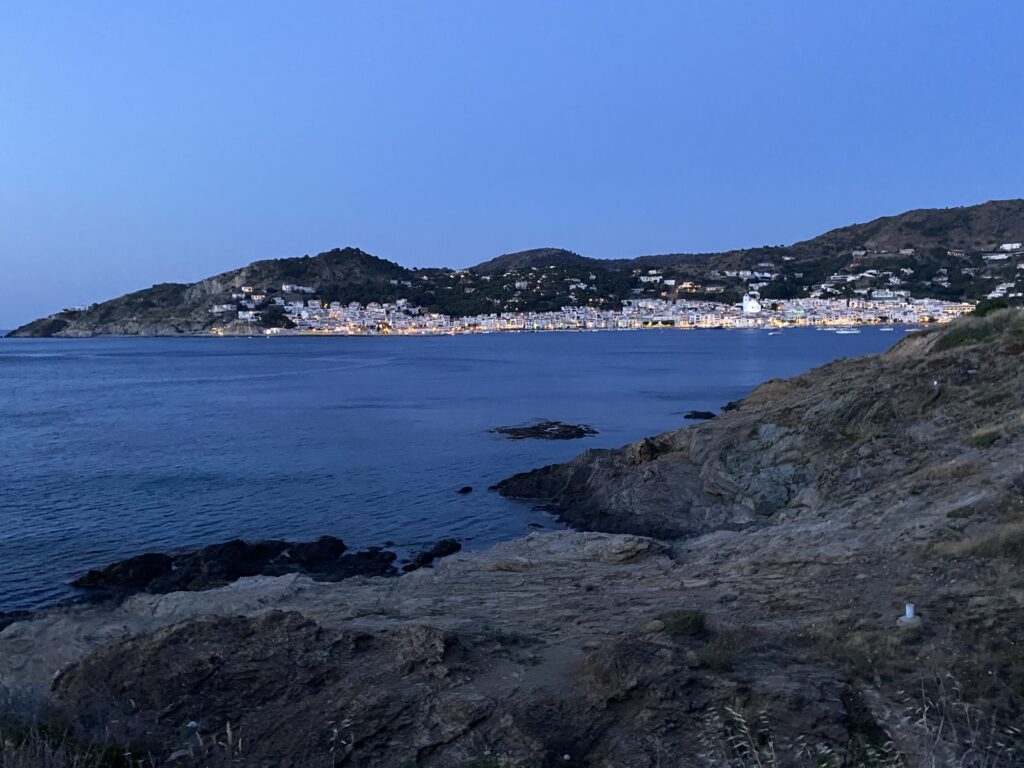Joy of Joys! We found an excellent campsite on the edge of Lekeitio which could accommodate us for as long as we wanted.
However, it wasn’t easy going. The SatNav played up almost immediately after we left Bermeo and was at it’s worst ever as we reached Lekeitio. It led us into a particularly narrow, winding lane in the old town centre and once there offered us the choice of either going down a pedestrian precinct (impossible because of a long line of concrete bollards at the far end of the precinct) or going the wrong way up a one way street (before anyone noticed). Any thoughts I had of making a run for it down the one way street were dispelled as the street in front of me filled with a long line of oncoming traffic. There was nothing to do but try a quick twelve and a half point turn, make our way back and find another route through the town. Fortunately, a local guy offered to act as banksman for me (and a good job he did too) and Spanish drivers are so much more patient than the Italian drivers we encountered in Italy last year. We made it in the end but I made a promise to myself that, when moving on from Lekeitio, we would not drive back through the town, no matter the size of the detour we would have to make.
The camp site was perched on a high hill with magnificent views back towards Lekeitio. I’ll not talk about Vanya’s histrionics as we inched up the 40 degree slope with its steep hairpin turns but she had recovered sufficiently by about midnight when she took the second of the two photos below.
The next morning Vanya elected for a bit of a rest day while I strolled down the hill into Lekeitio. I think I got the better of the deal because touring in a Van is not all holiday and rest days are great days for changing the bedding, catching up with the laundry and generally tidying up – Thanks awfully Vanya!
Lekeitio has been described as one of Spain’s best kept secrets. I think that description goes too far. The truth is that much of the truly picturesque parts of the town are surrounded by blocks of flats (and that ain’t pretty) but, it certainly is a pleasant enough place to chill out for a couple of days. It’s primary interest up until the 18th century was whaling but as that industry died with the whales, the town switched to more general, local fishing. There still is a fairly strong fishing sector in Lekeitio but the town is now much more about tourism. Having said that, Lekeitio has not prostituted itself to tourism in the same way as so many towns and villages have on the Costas and it is mostly the Spanish who holiday here.
This small town of some 7,000 people sits on the River Lea on the Basque Coast, almost halfway between Bilbao and San Sebastian. There are two fine beaches either side of the River Lea estuary, the Isuntza on the left bank (which was very busy as I arrived) and the much longer Karraspio (which was starting to fill) on the right bank. Just offshore and facing both beaches is the small island of San Nicolas (also known as Garraitz Island). It is an easy swim to the island or, if you wait until the tide is out, you can actually walk to it along a raised sandy pathway. It is said that the island was used to house a colony of lepers back in the Middle Ages but there are only rabbits there now.
Following the left bank around to the Isuntza Beach and on to the promenade you will pass in front of the Basilica Ascuncion de Nuestra Senora and on to the picturesque old town and harbour. The views back towards the town and across the bay towards the Karraspio Beach from the far end of the harbour are quite special.
It was well gone noon (and getting very hot) by the time I had finished my walk to the far end of the harbour and ambled up and down each and every one of the old town’s narrow streets. I was ready for a glass of wine or beer. It wasn’t difficult finding a bar with an empty seat and table on the harbour front and there is something about a 30 degree heat that lends itself to a couple of glasses of well chilled Rose wine.
Of course I didn’t leave Vanya to all the chores – Upon my return I helped with the laundry by stringing up a clothes line and I started on my Spanish Chicken & Chorizo dish.

